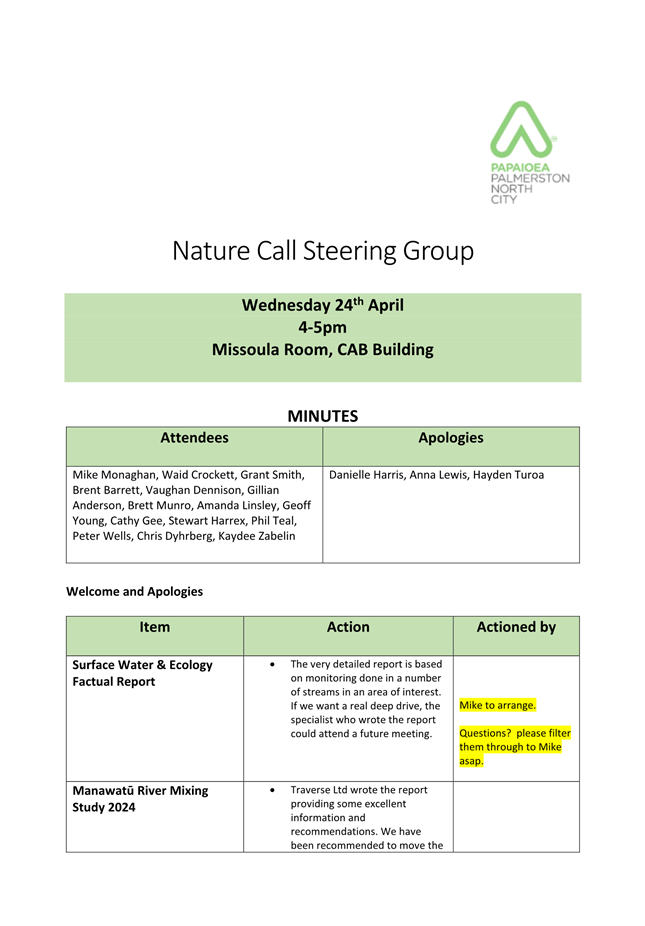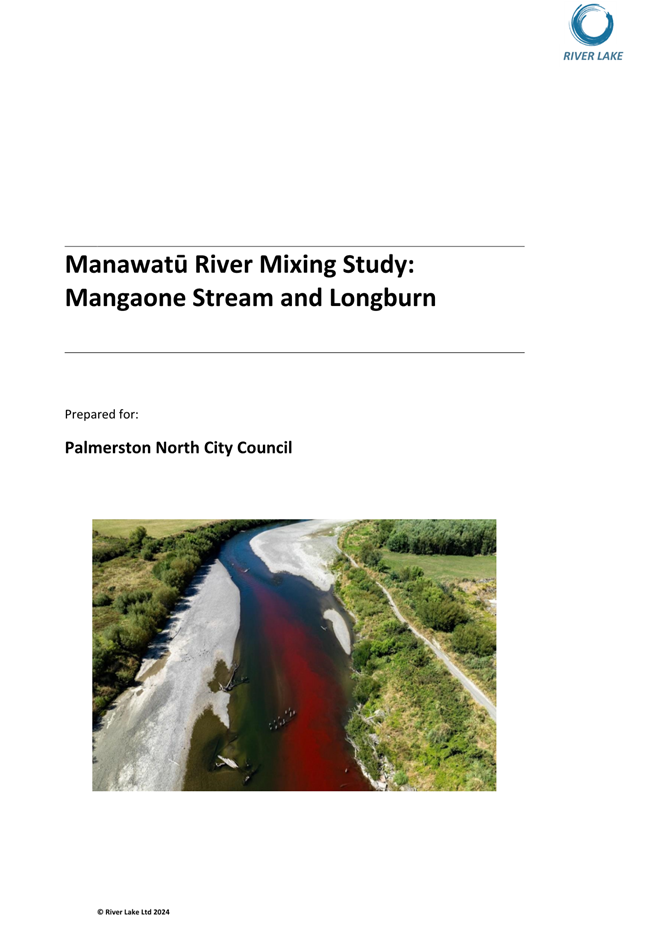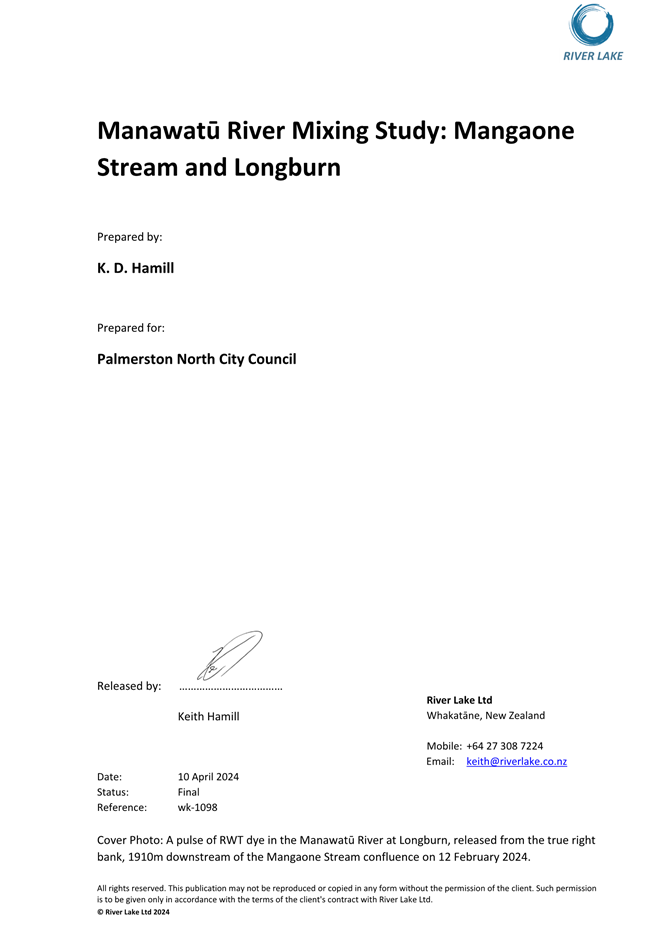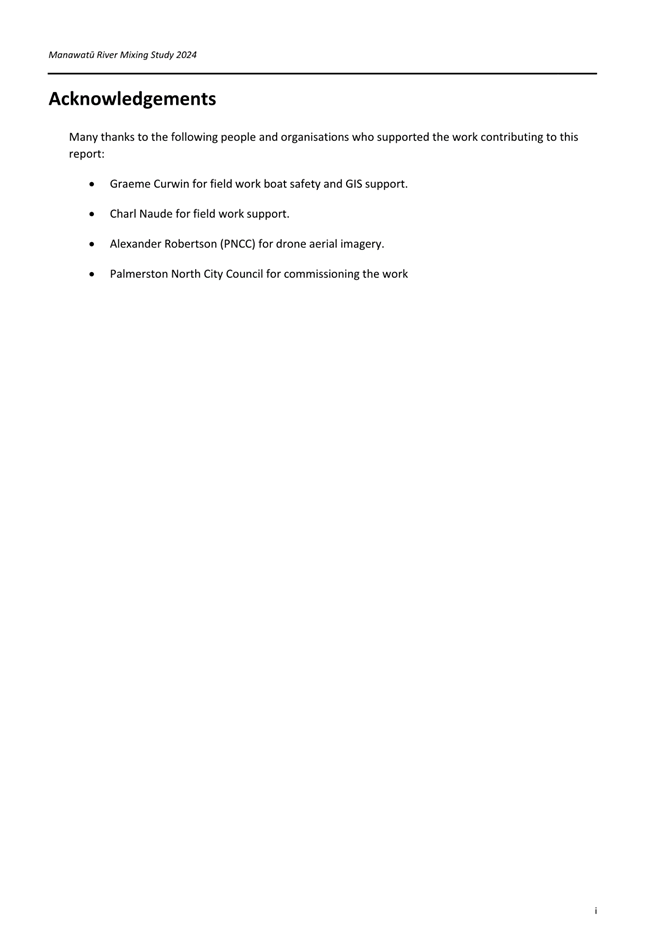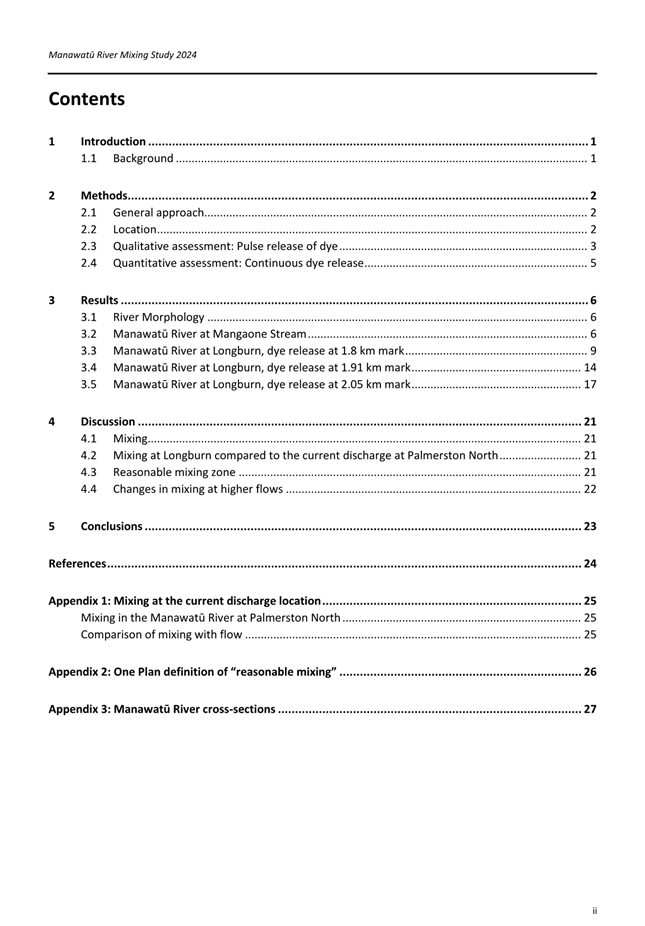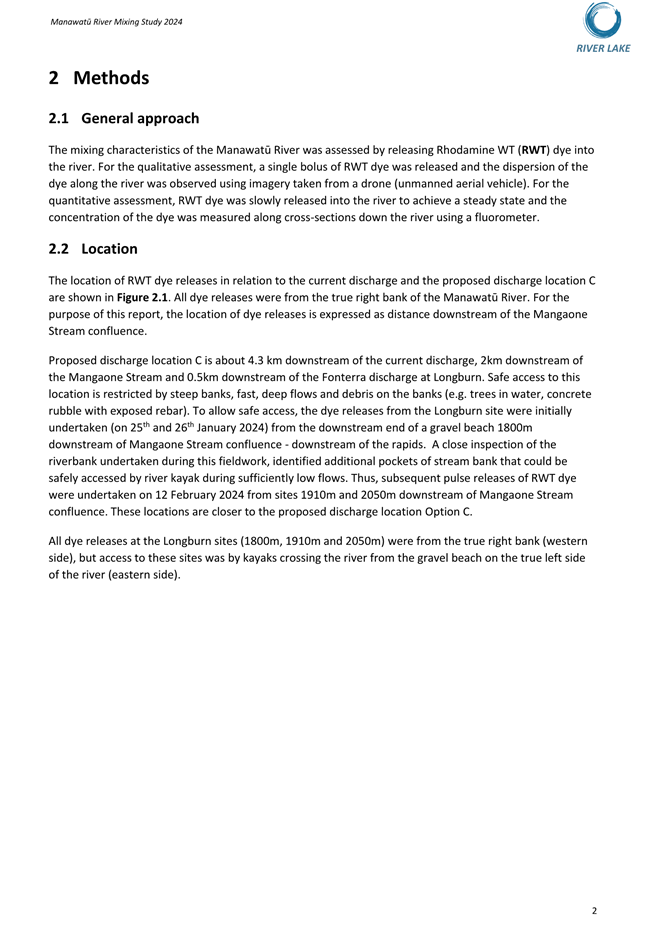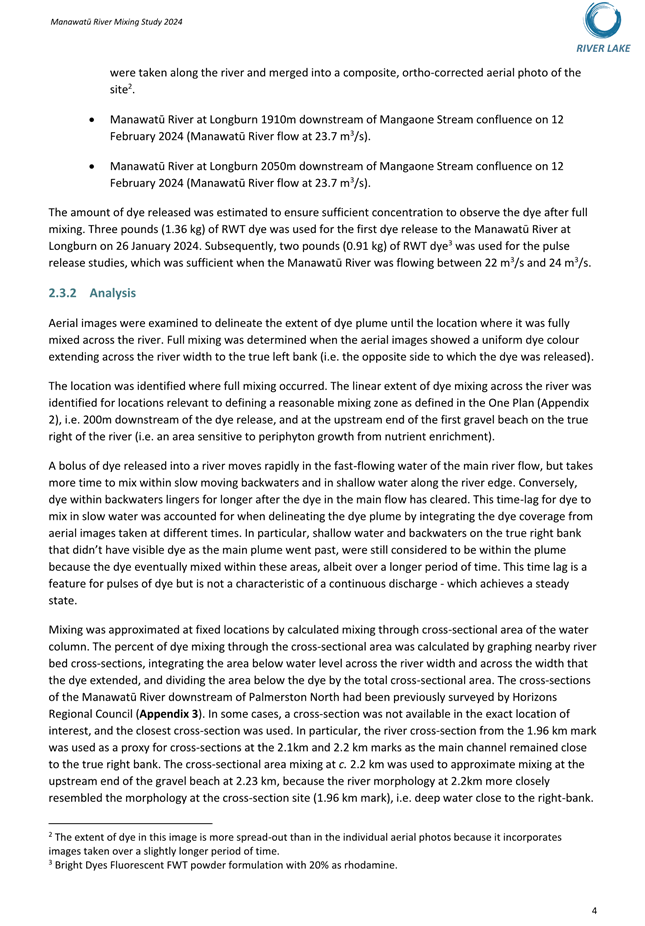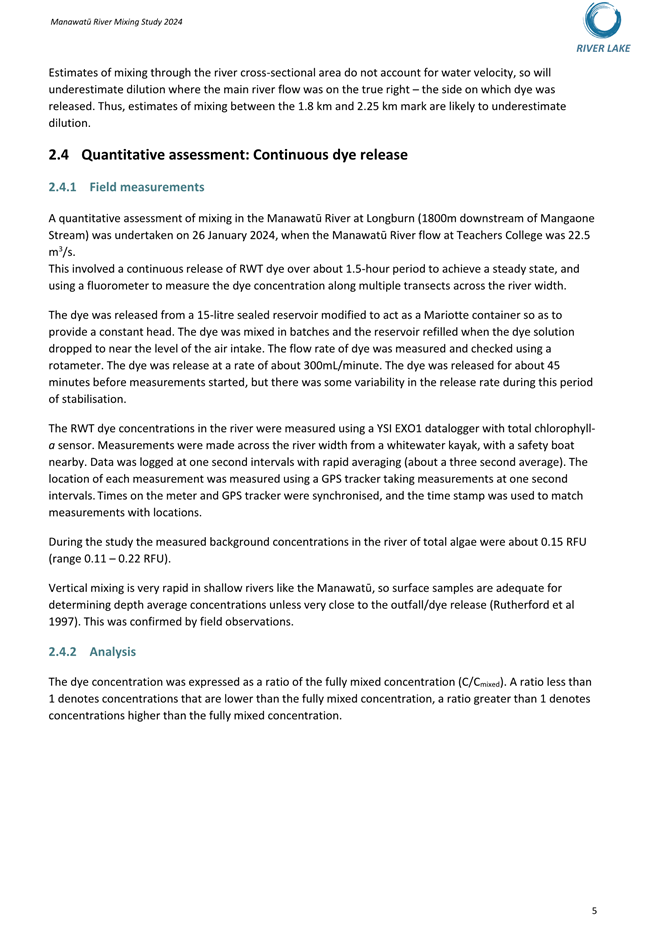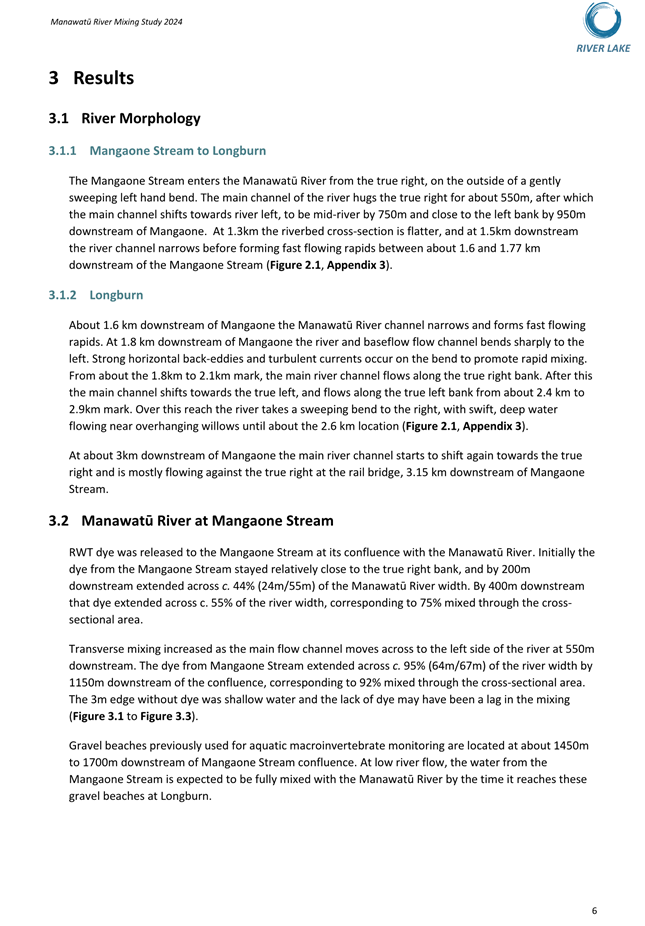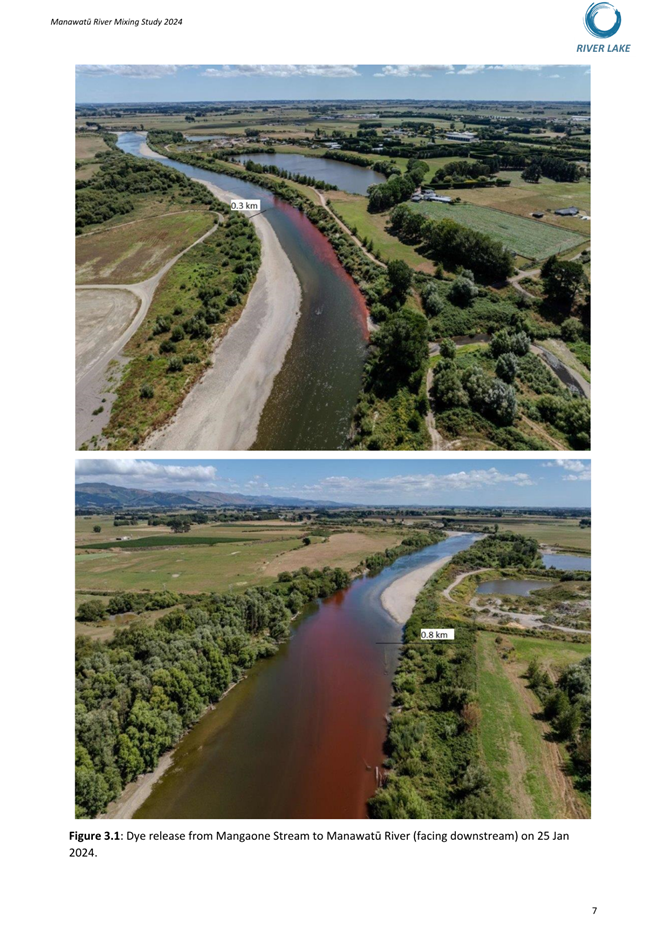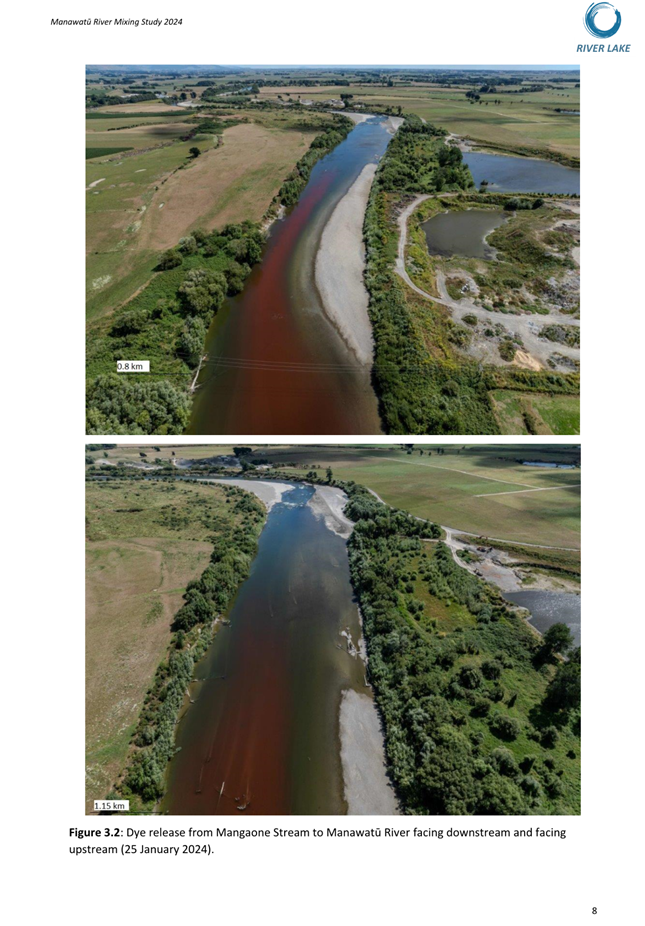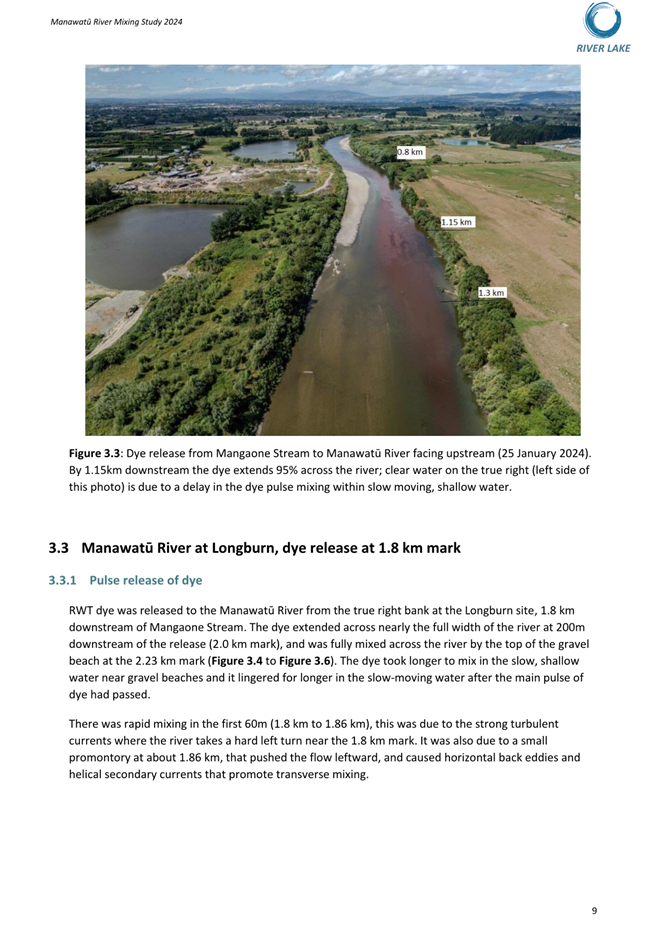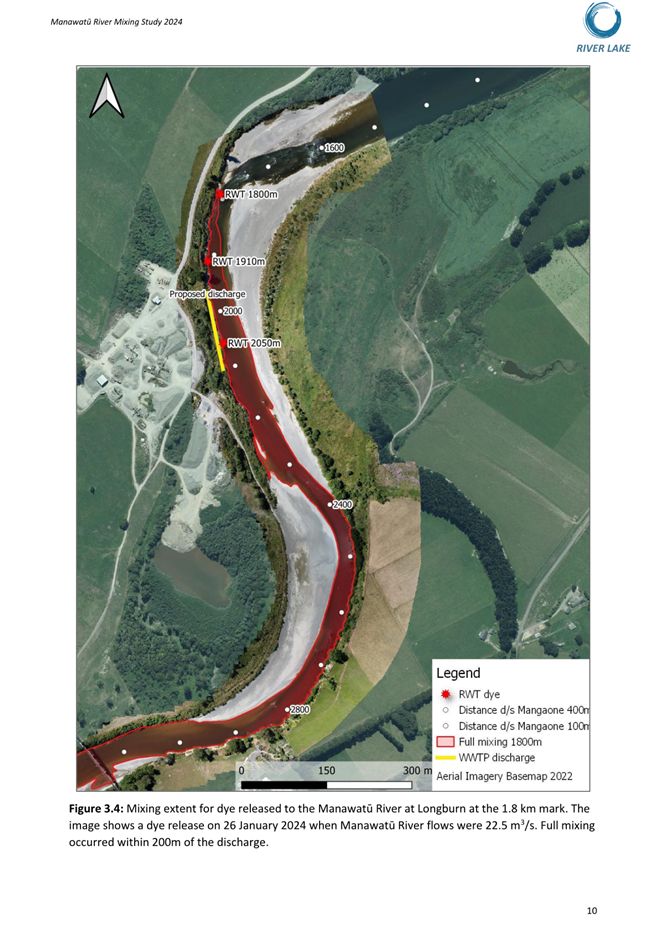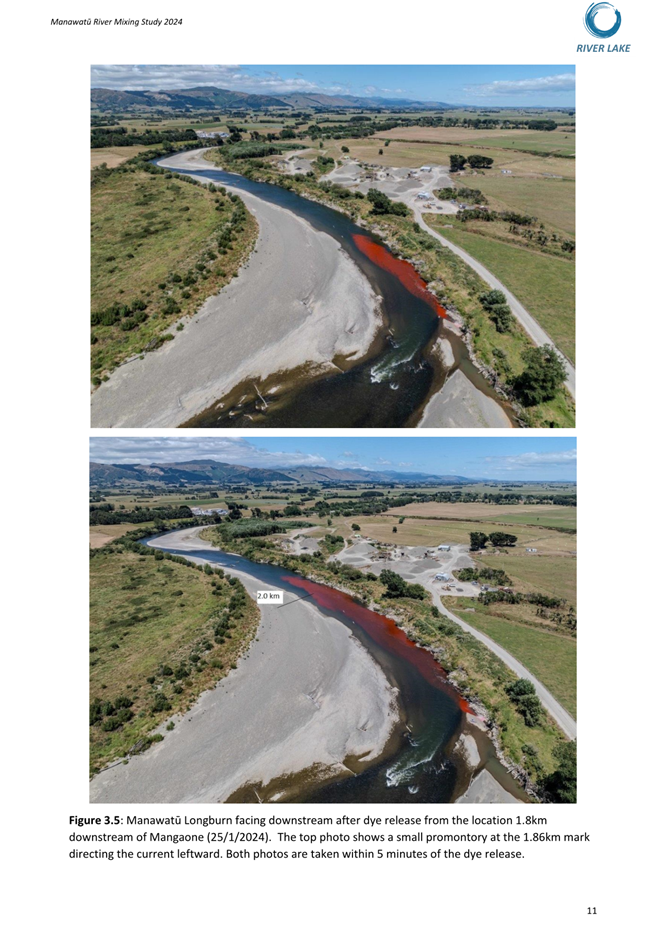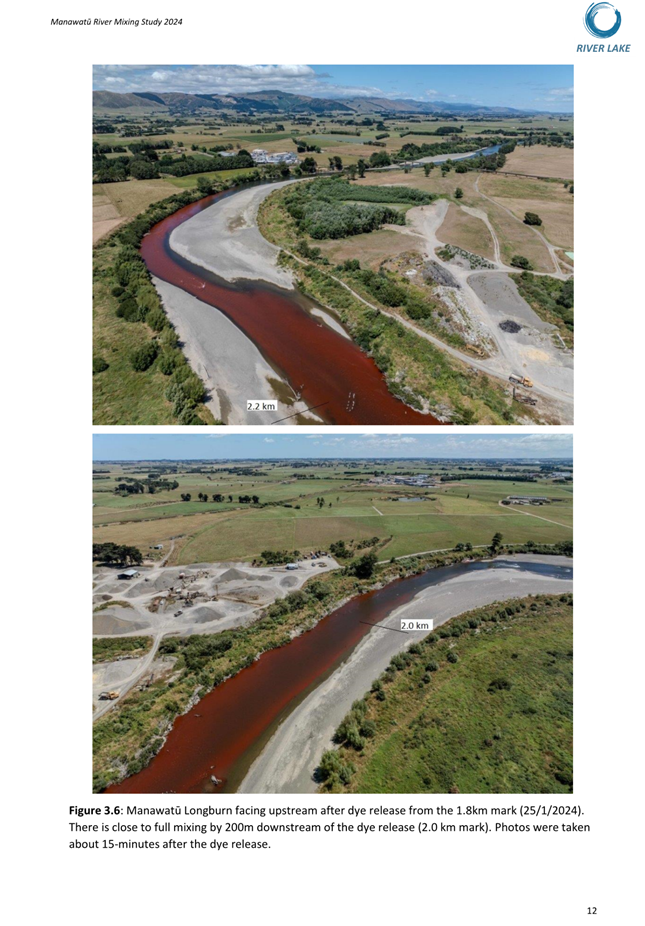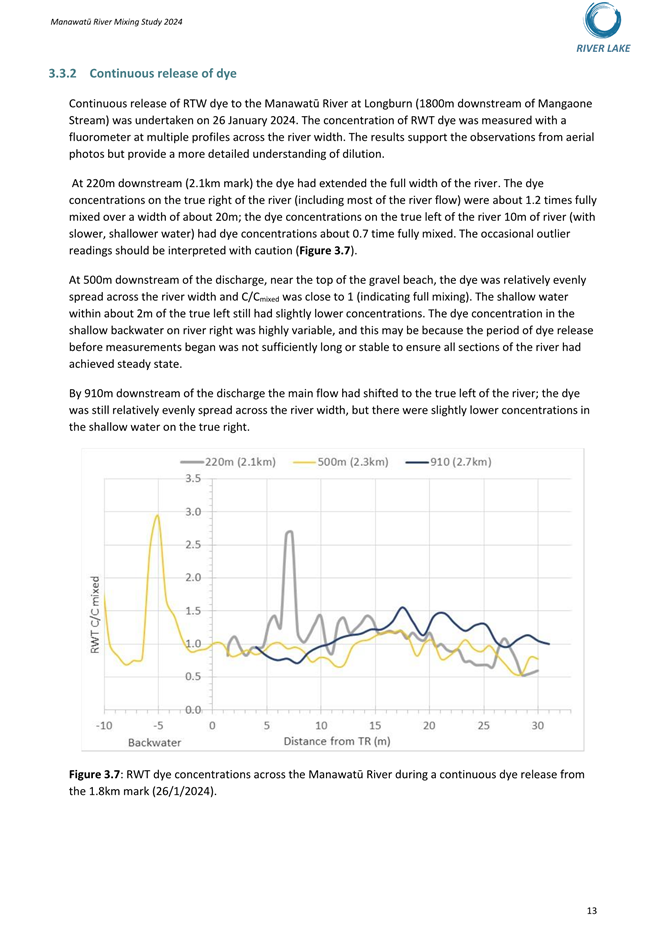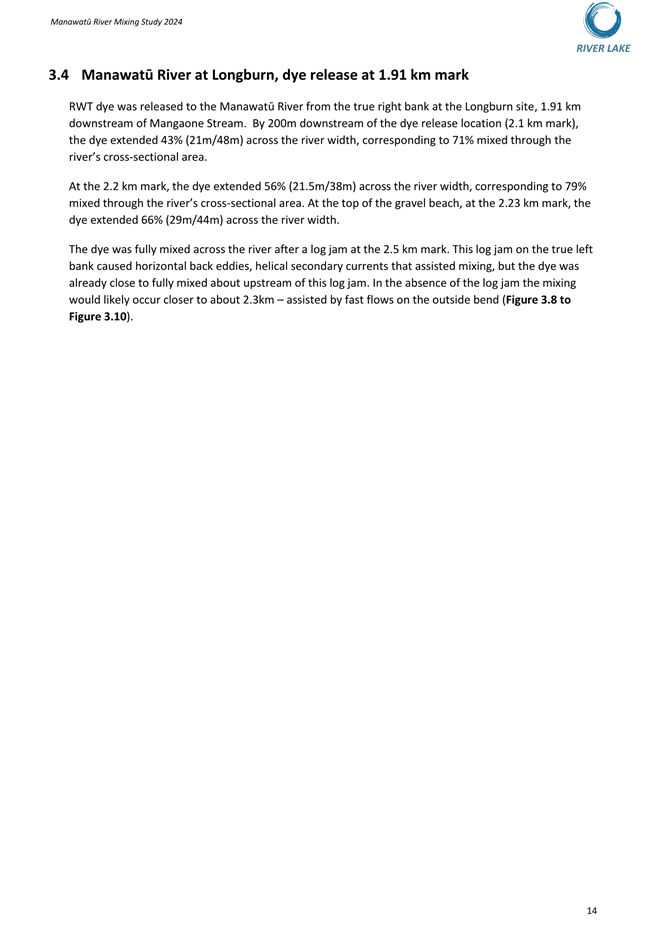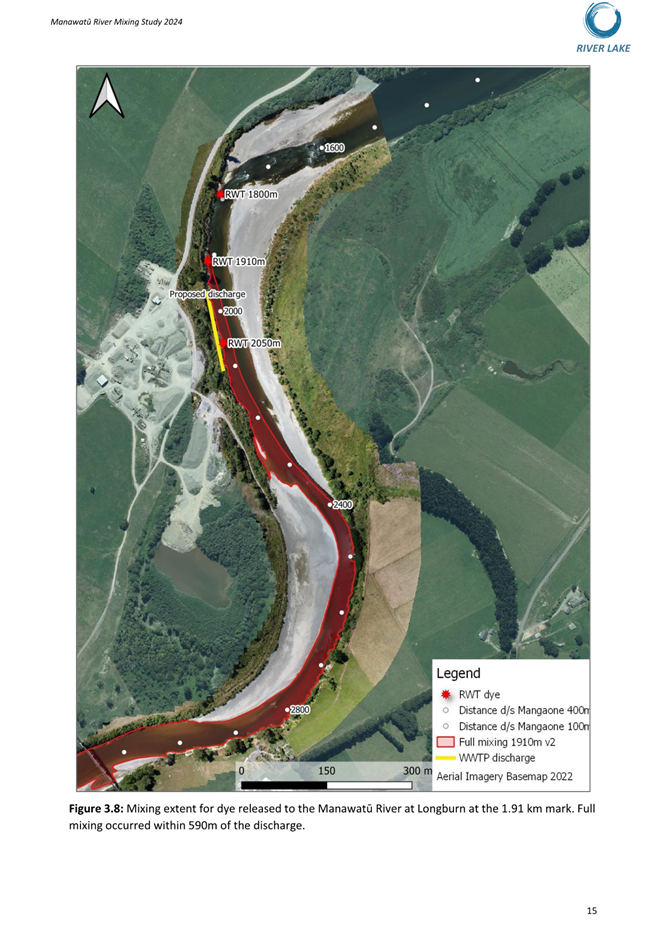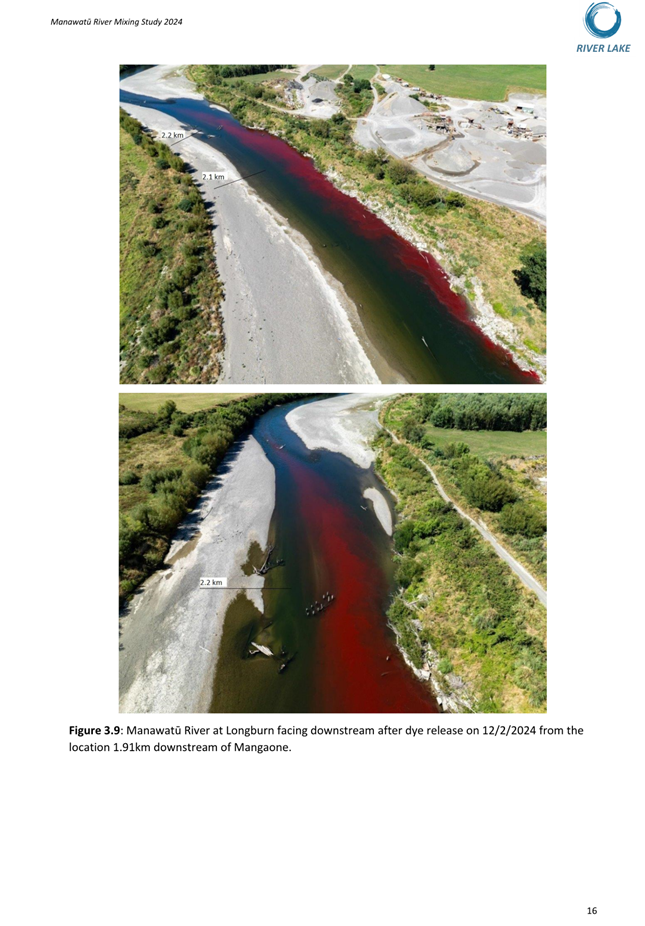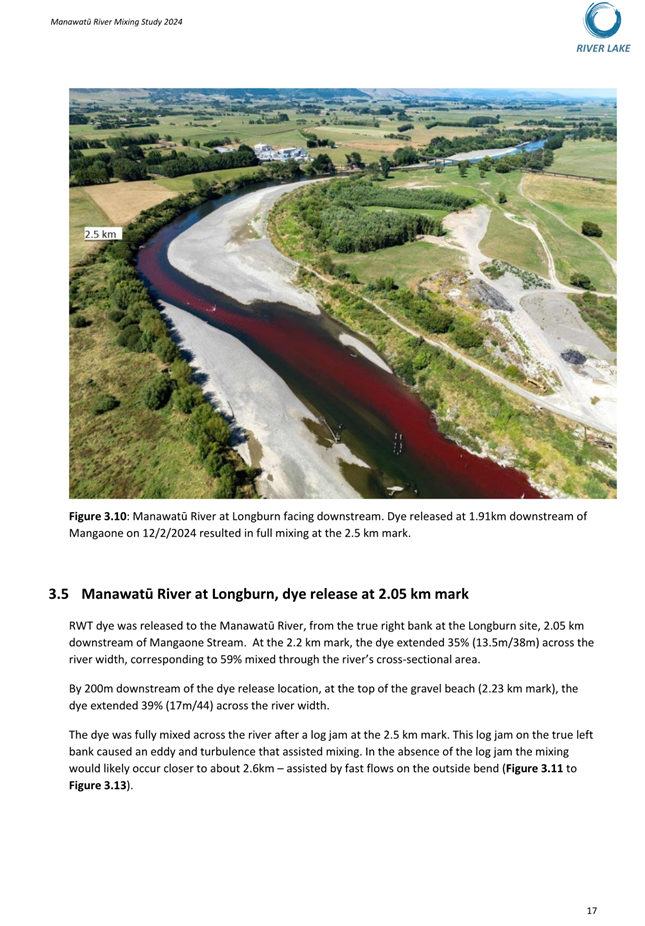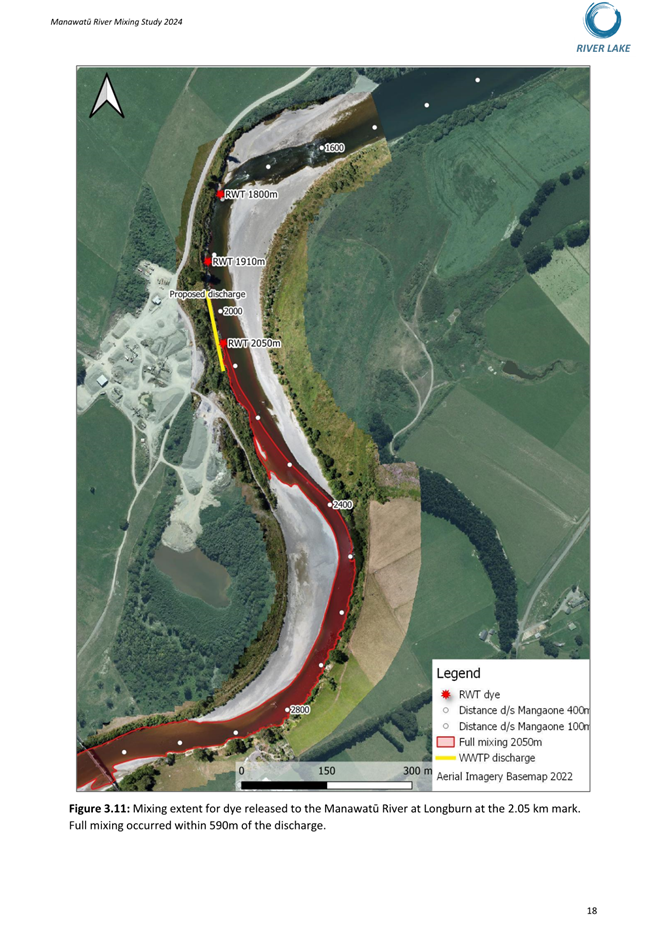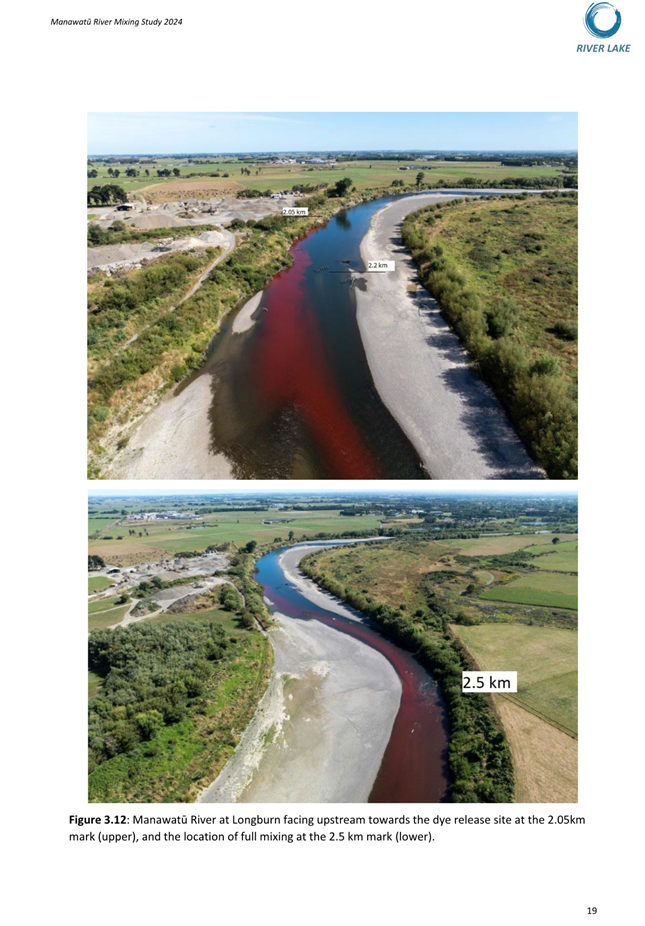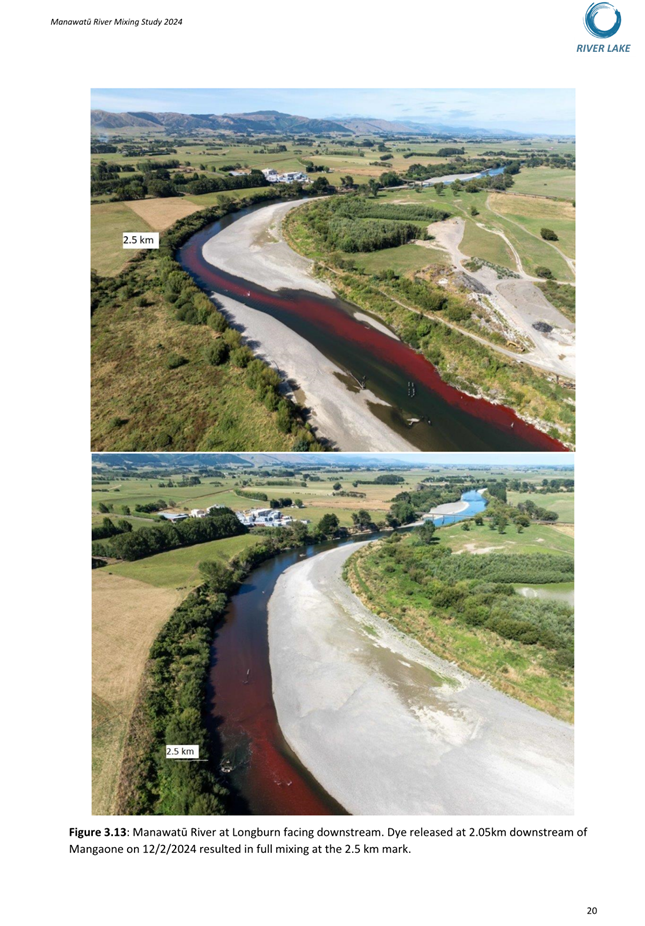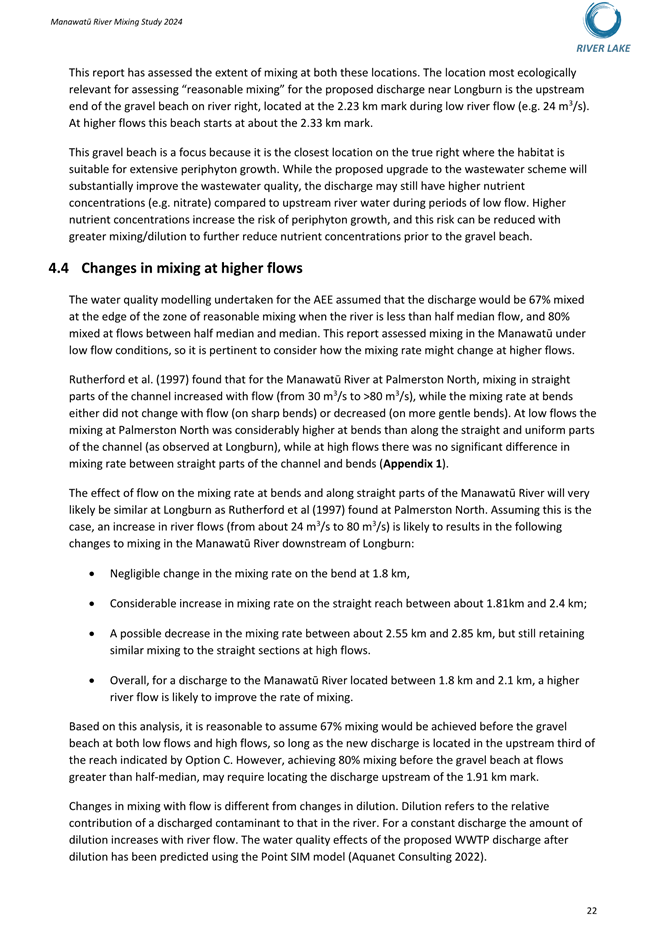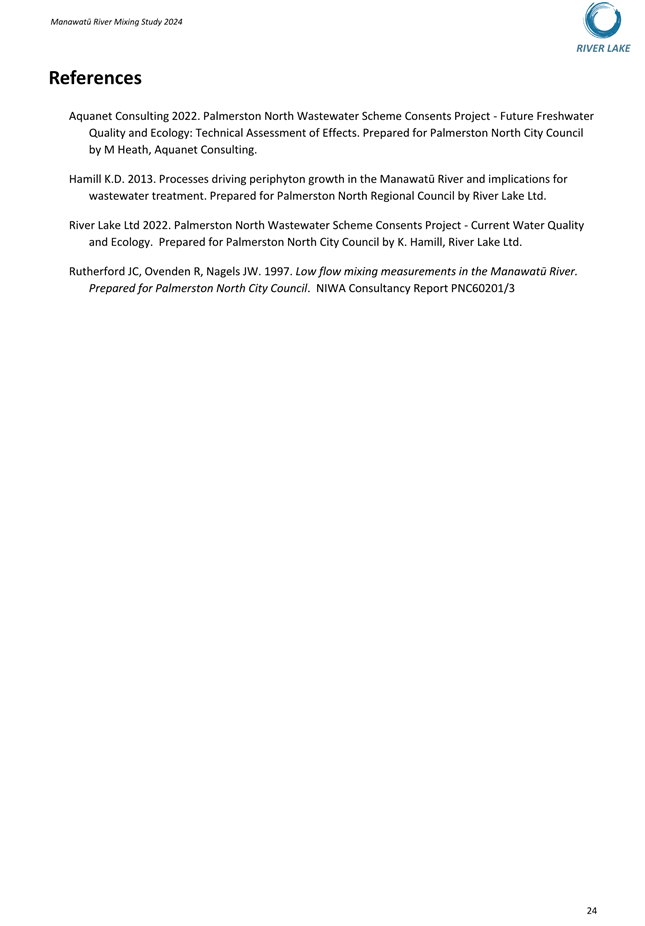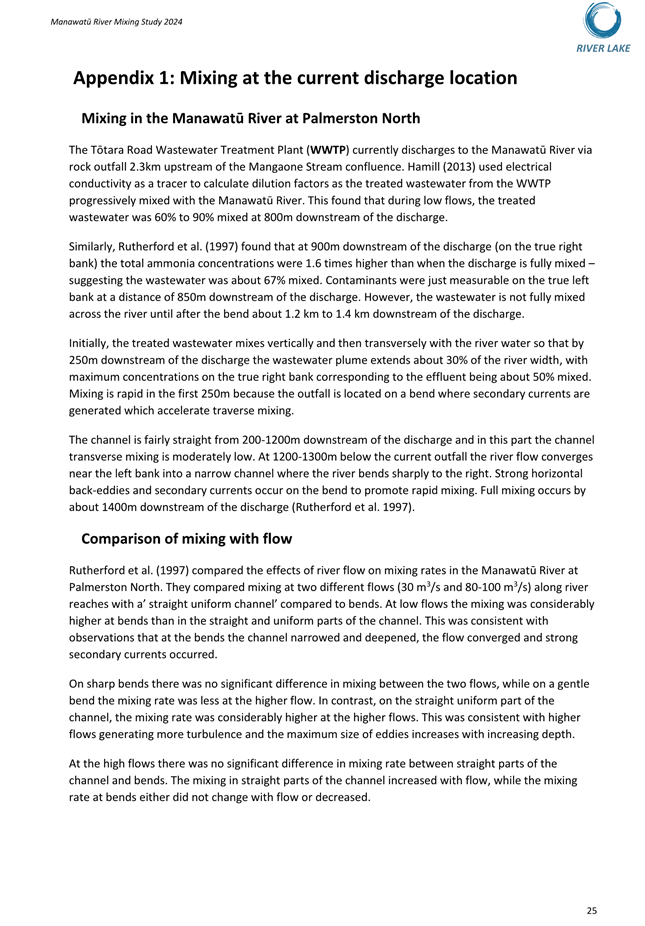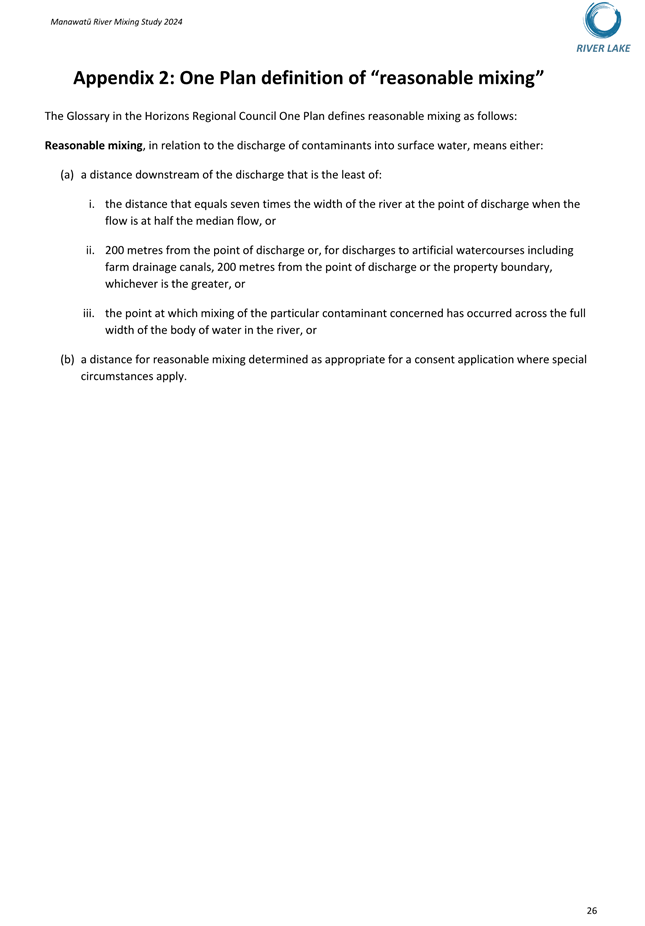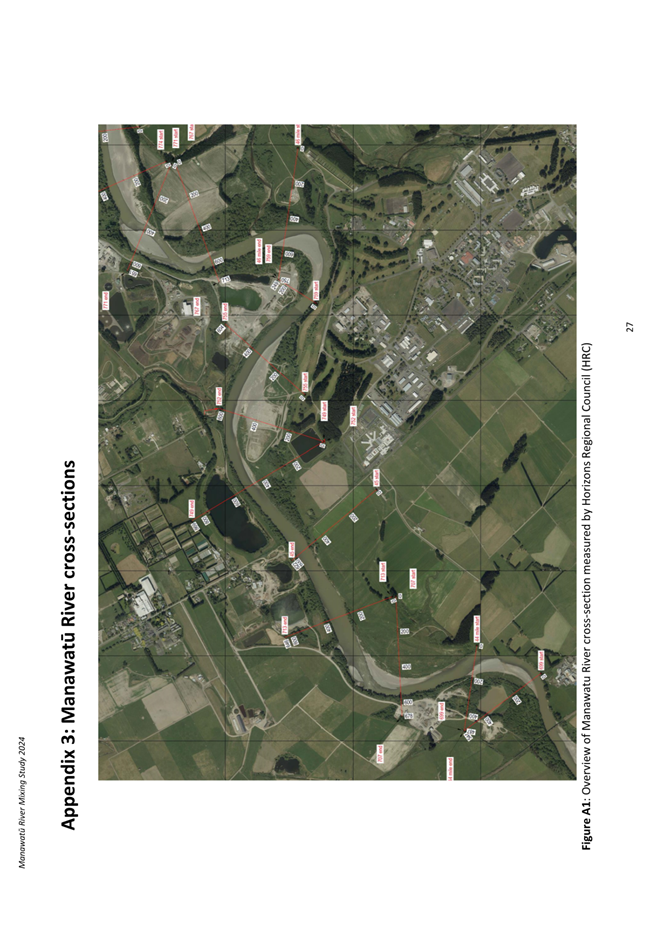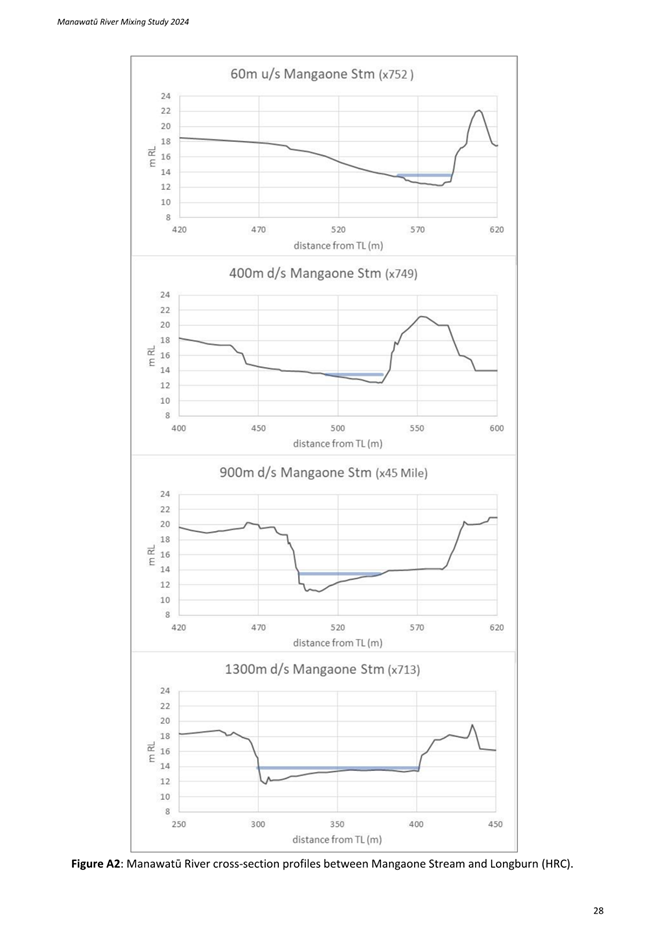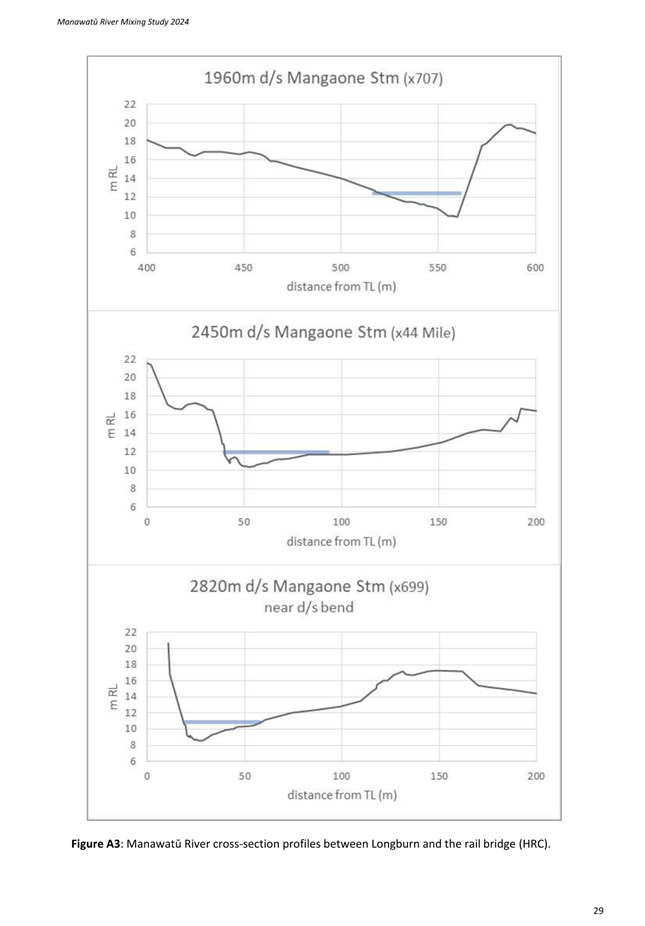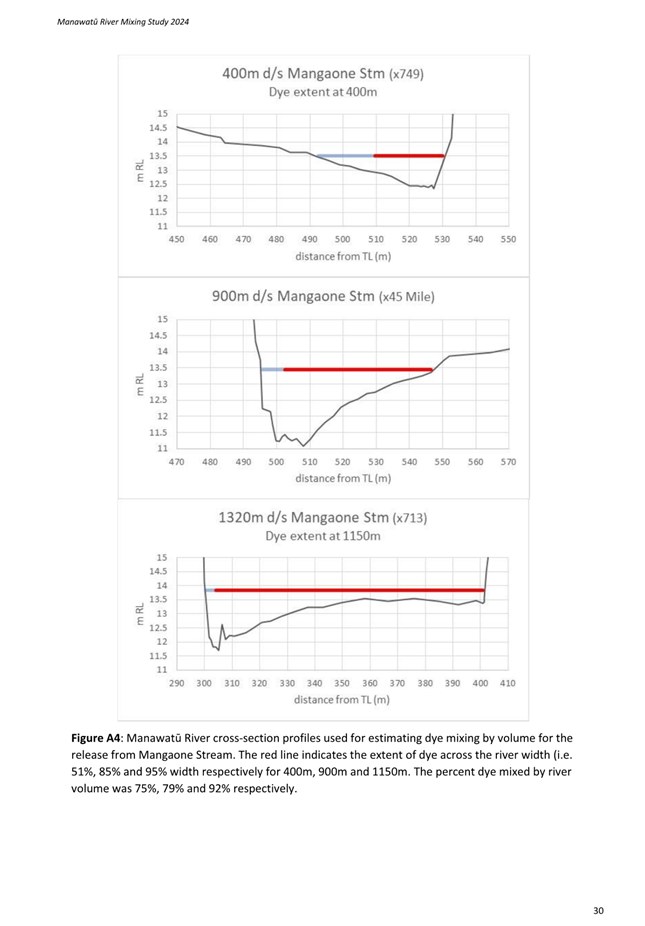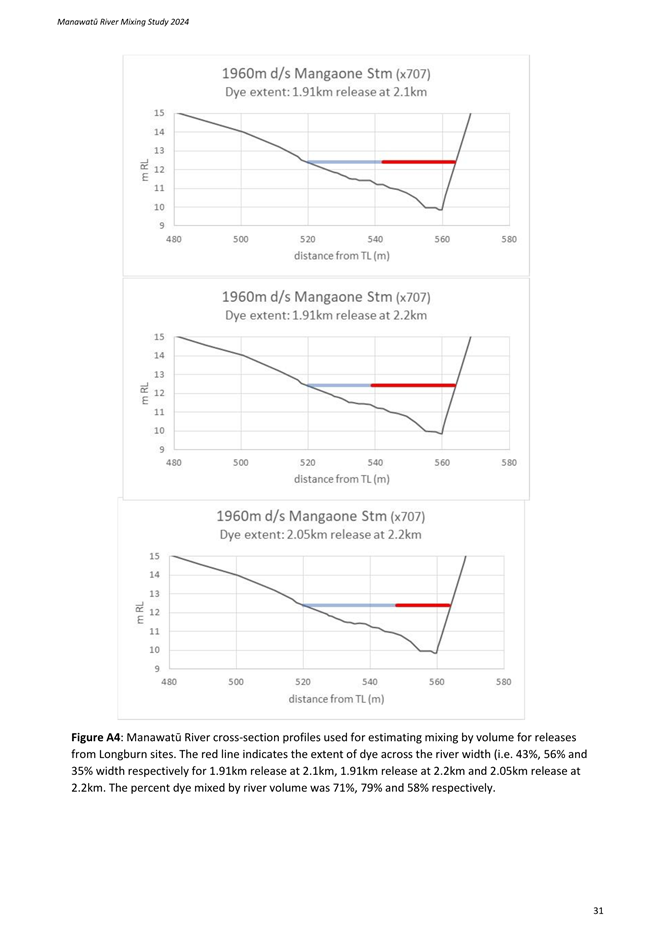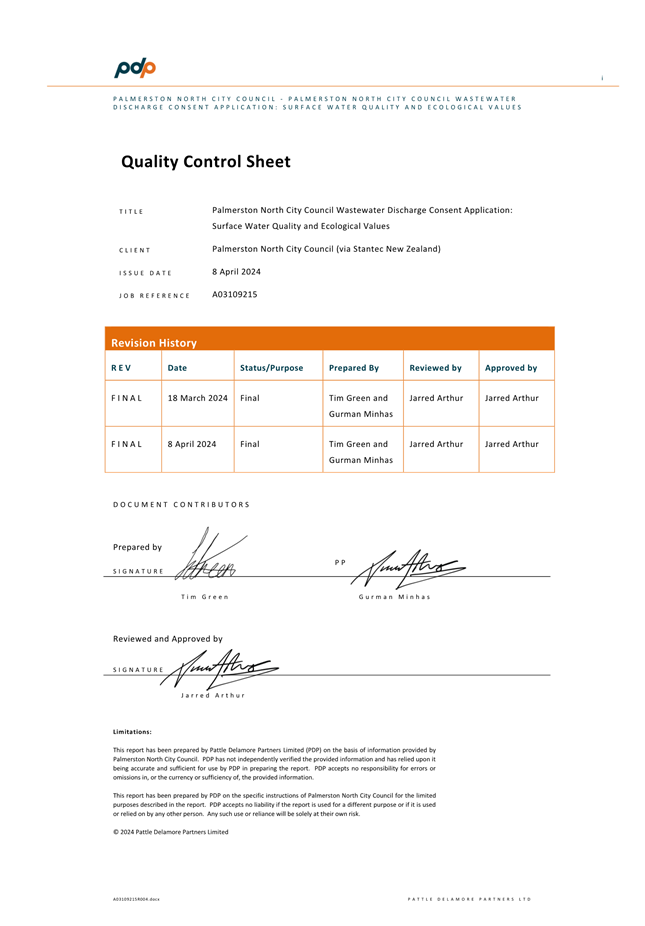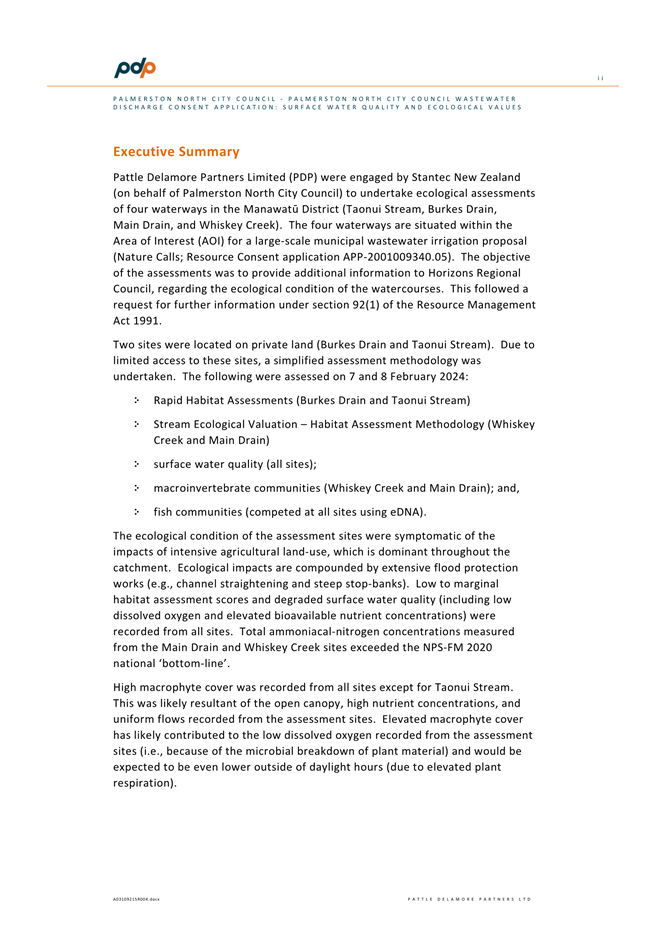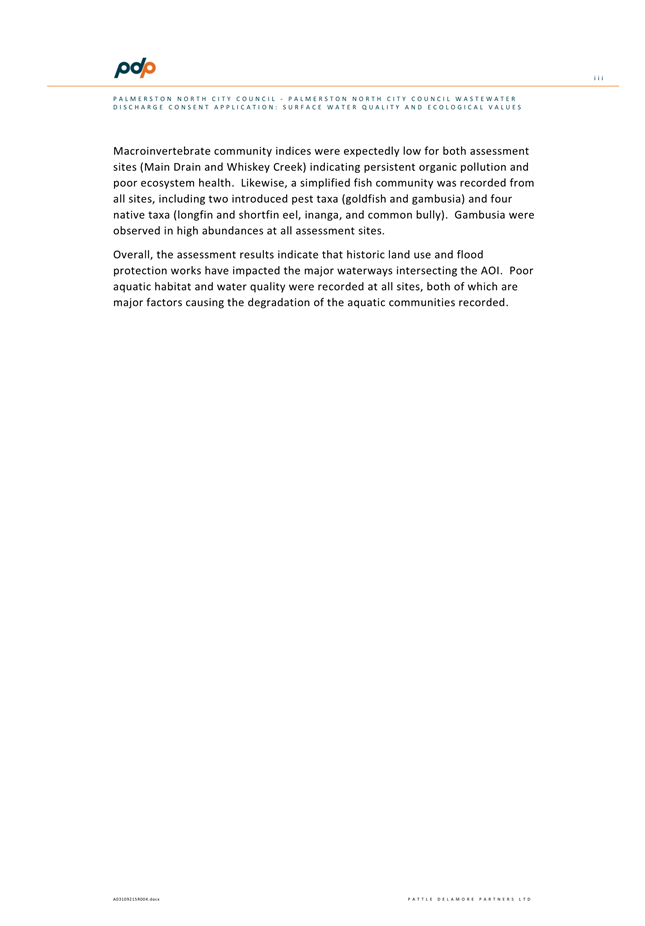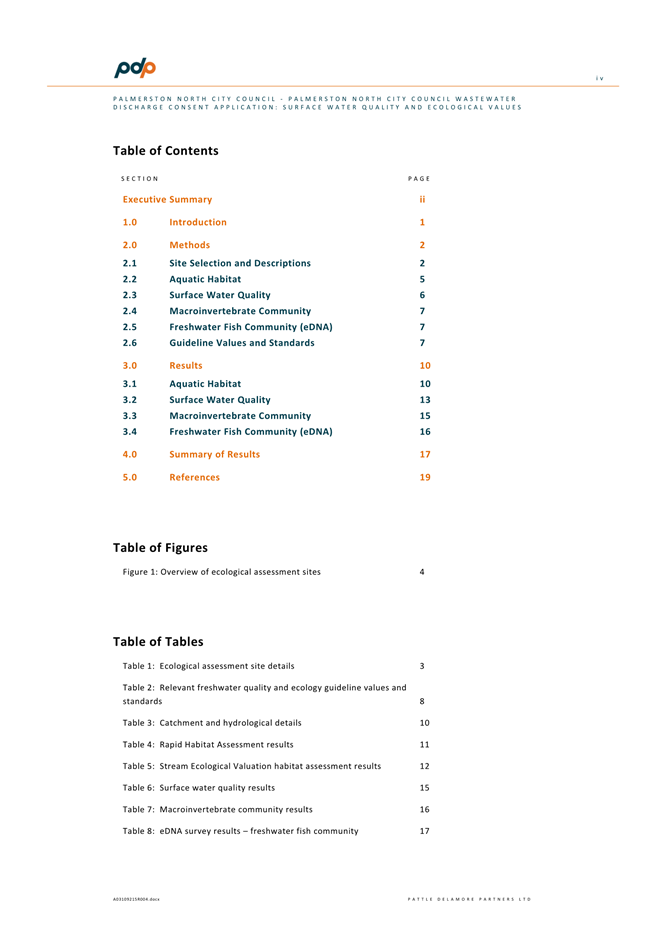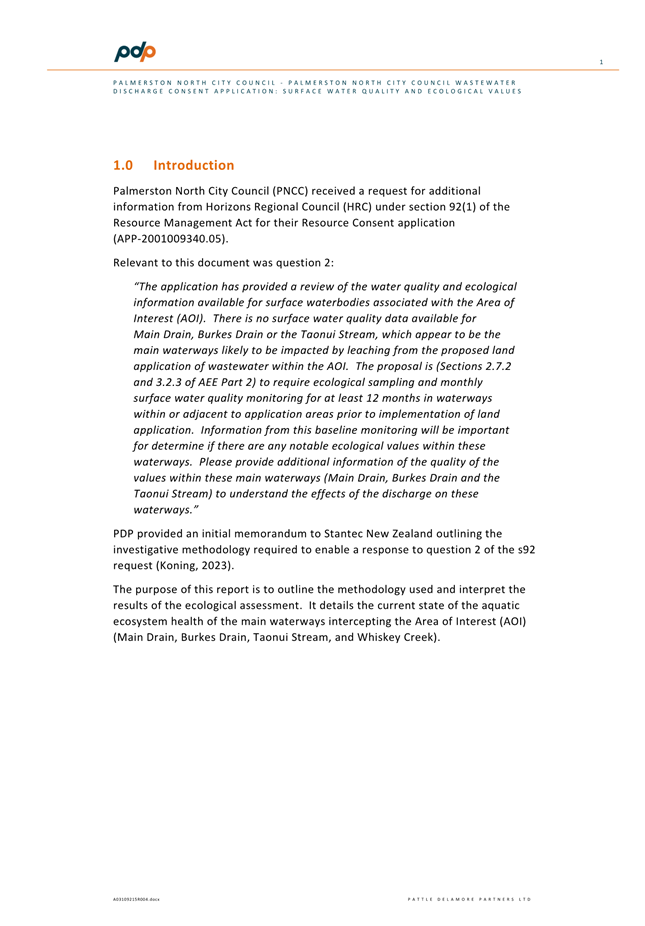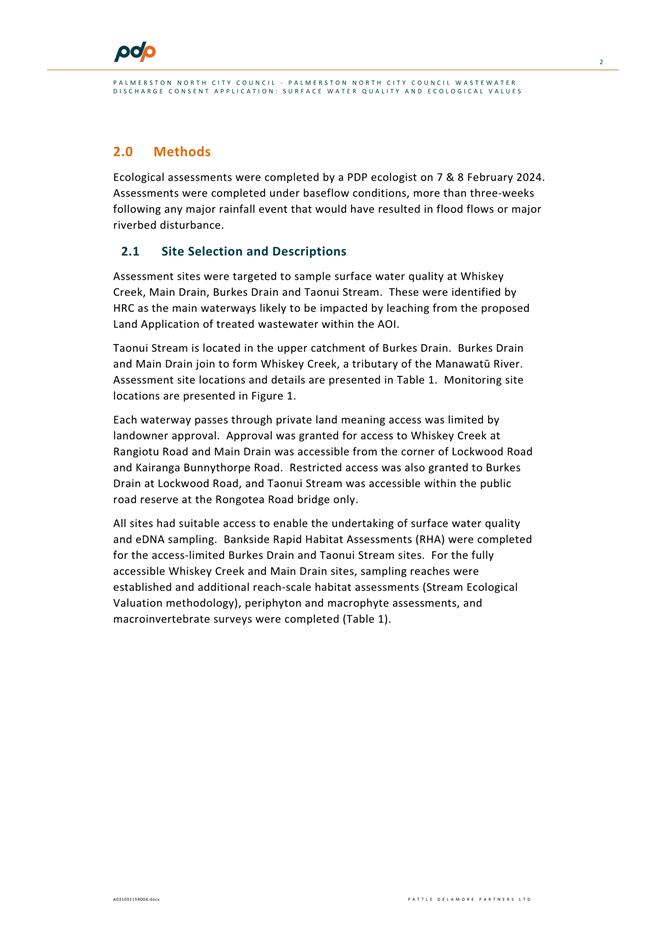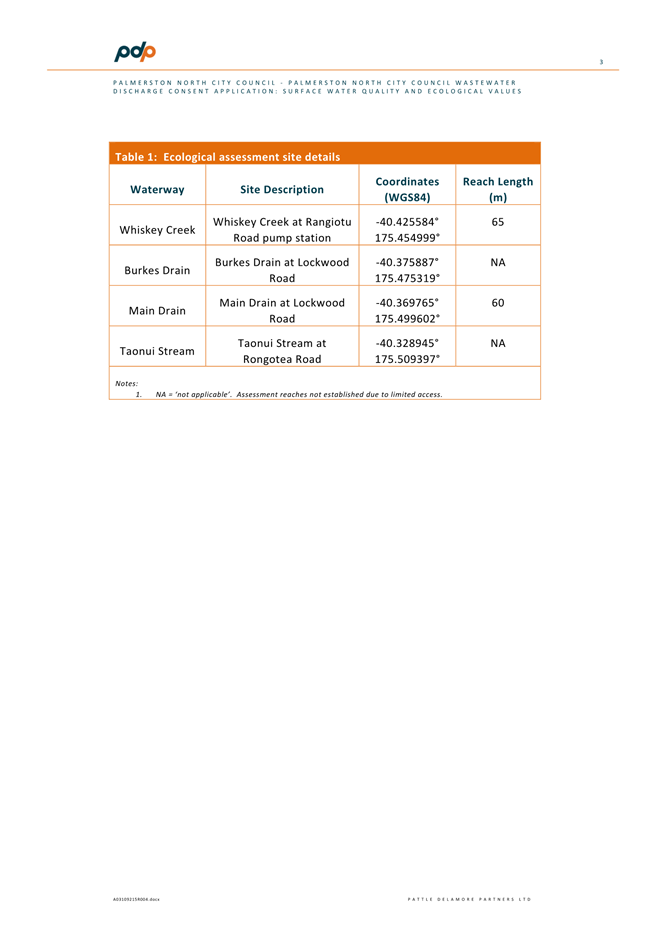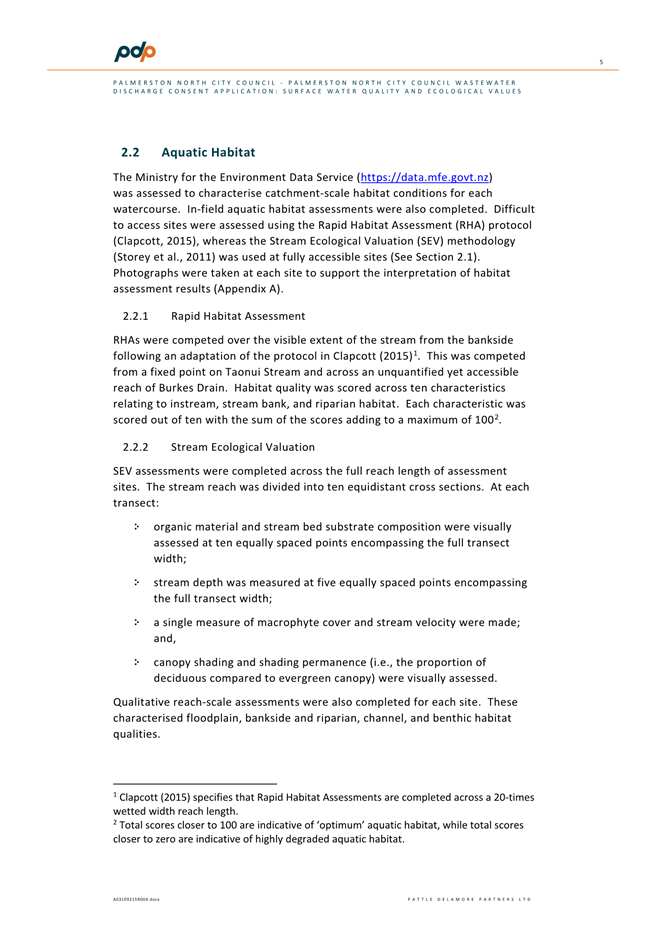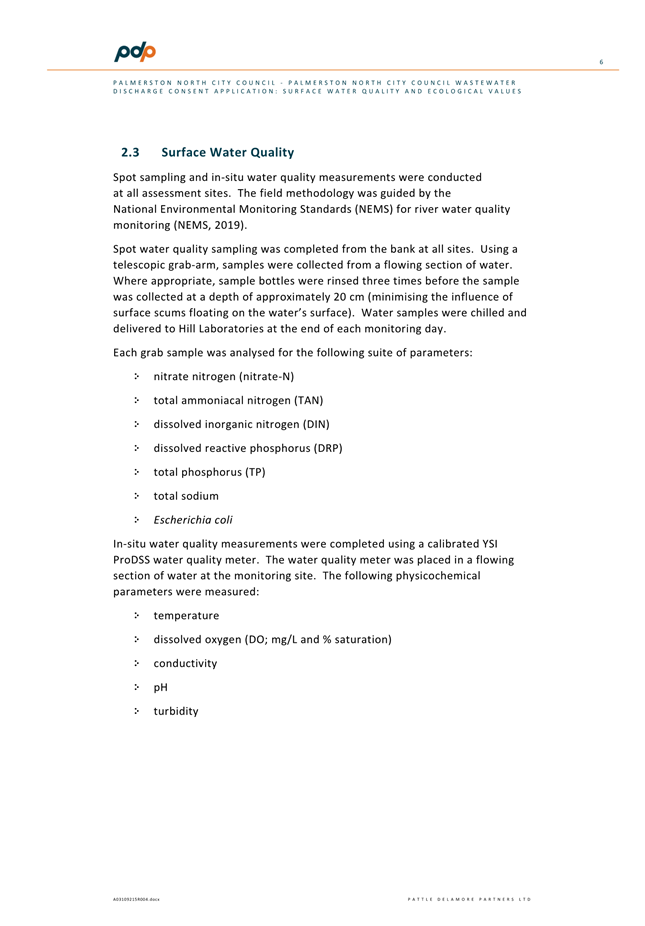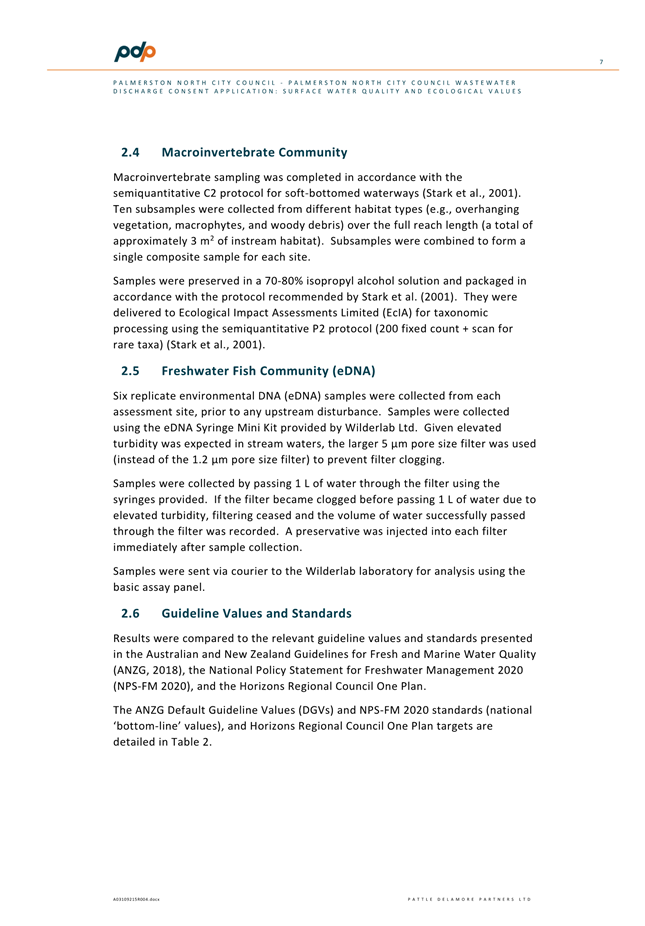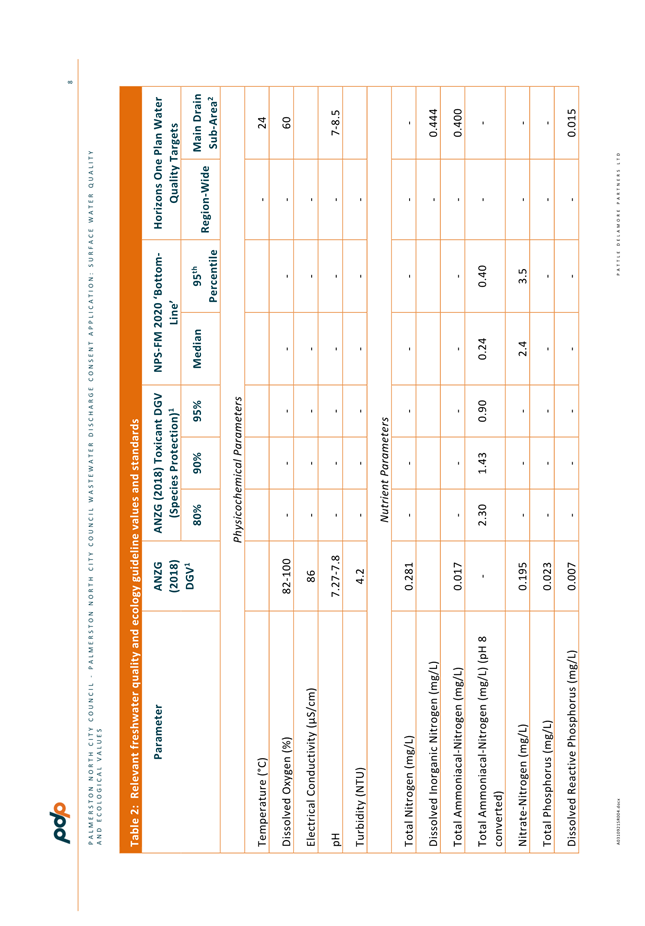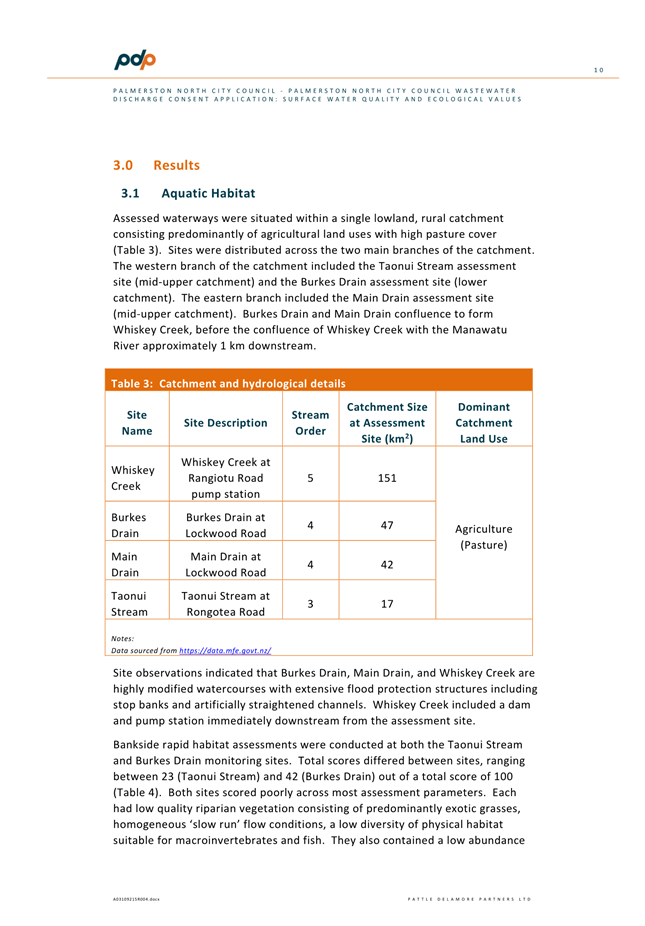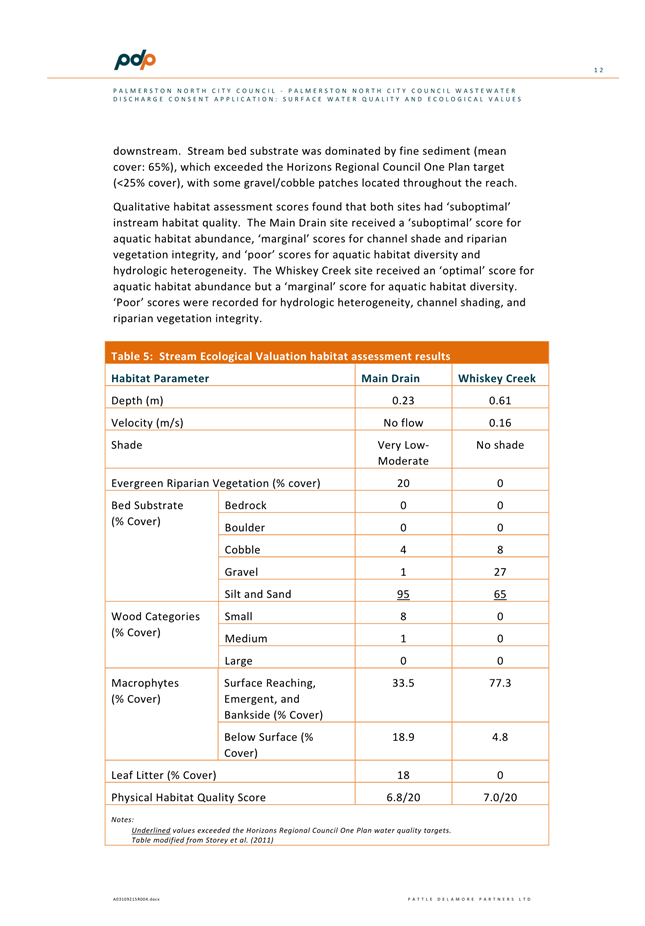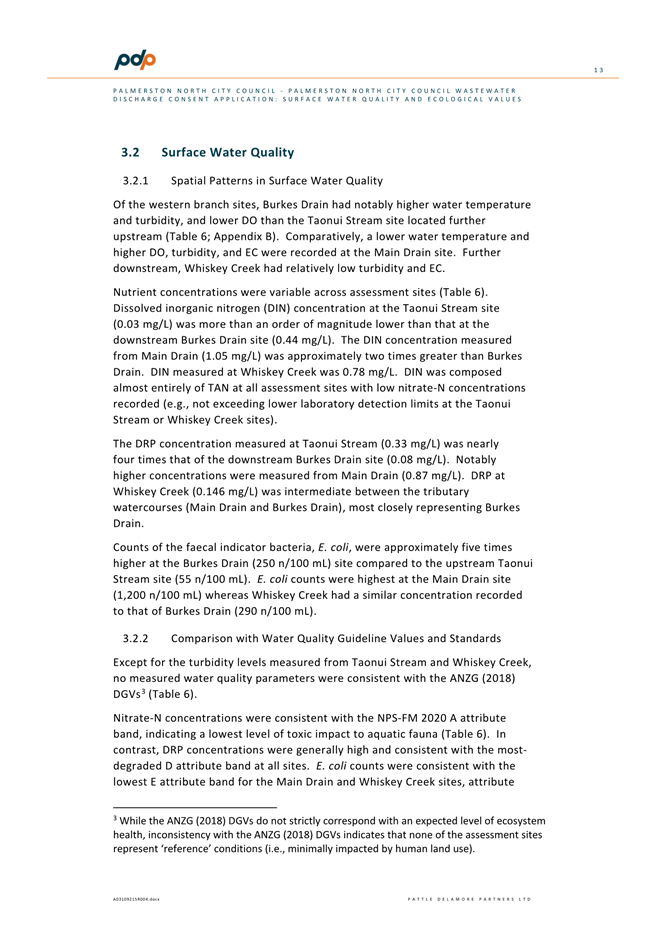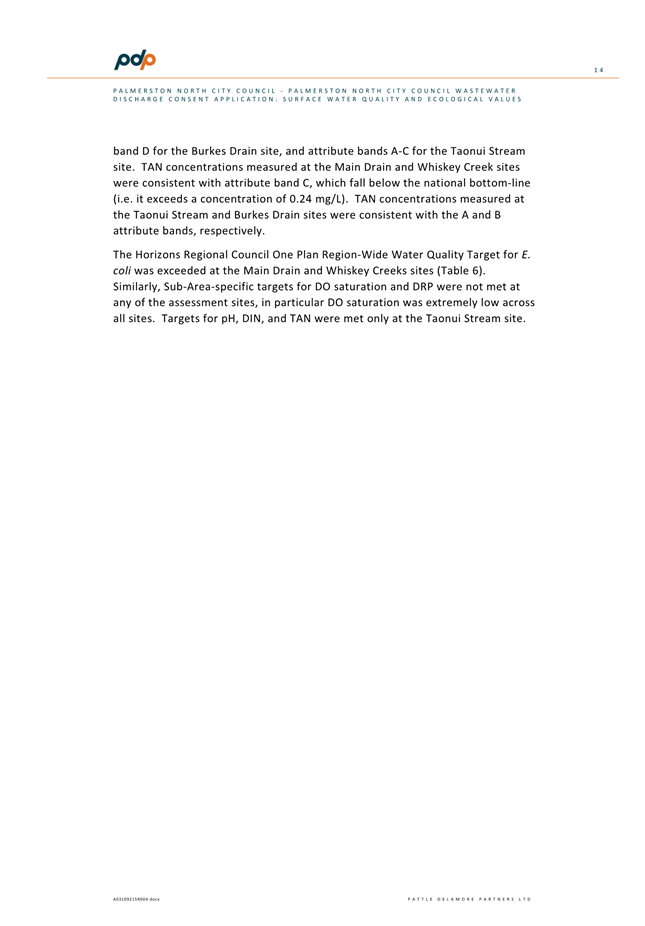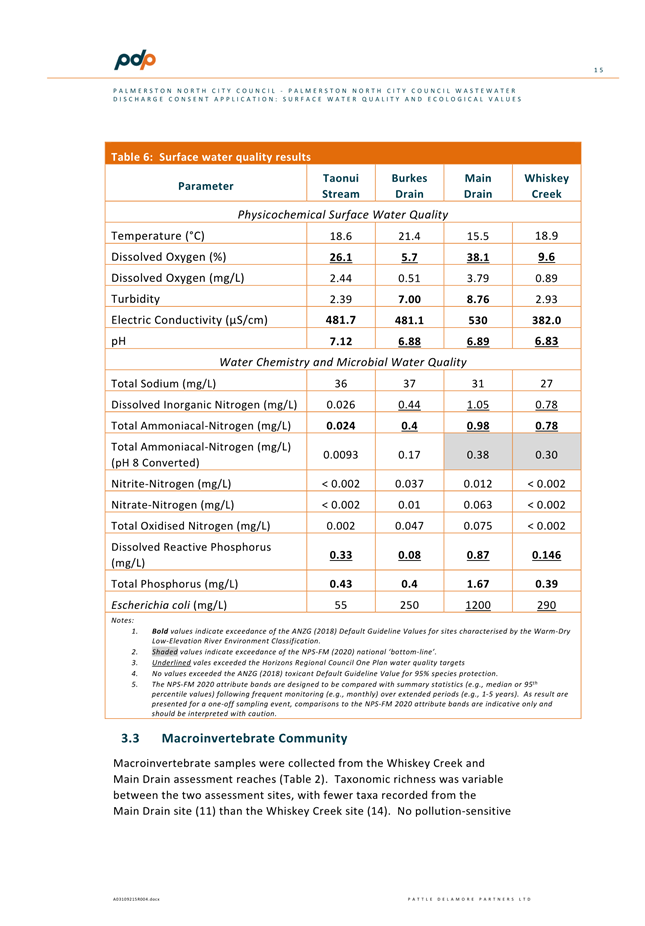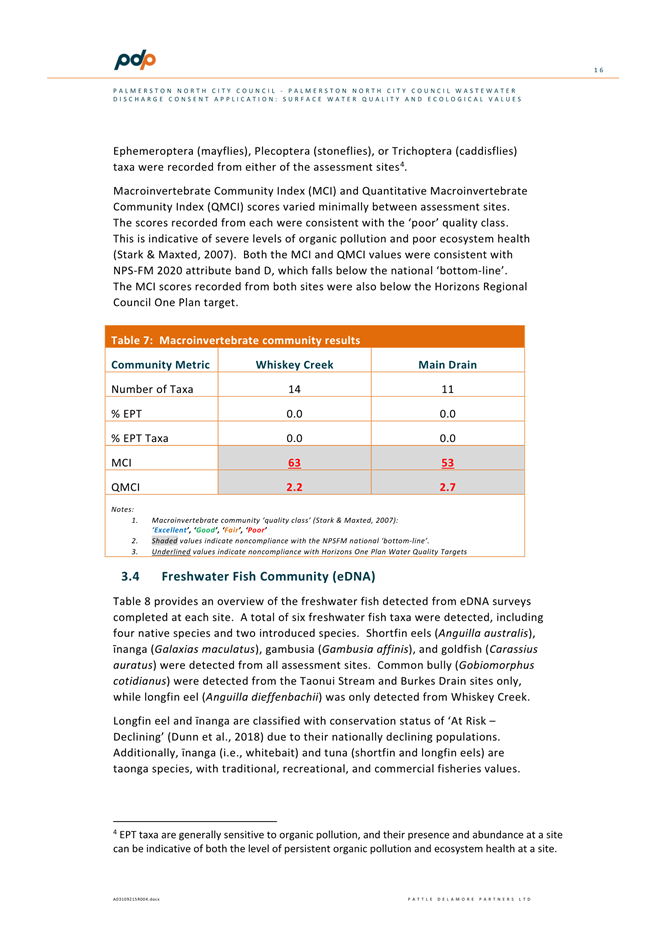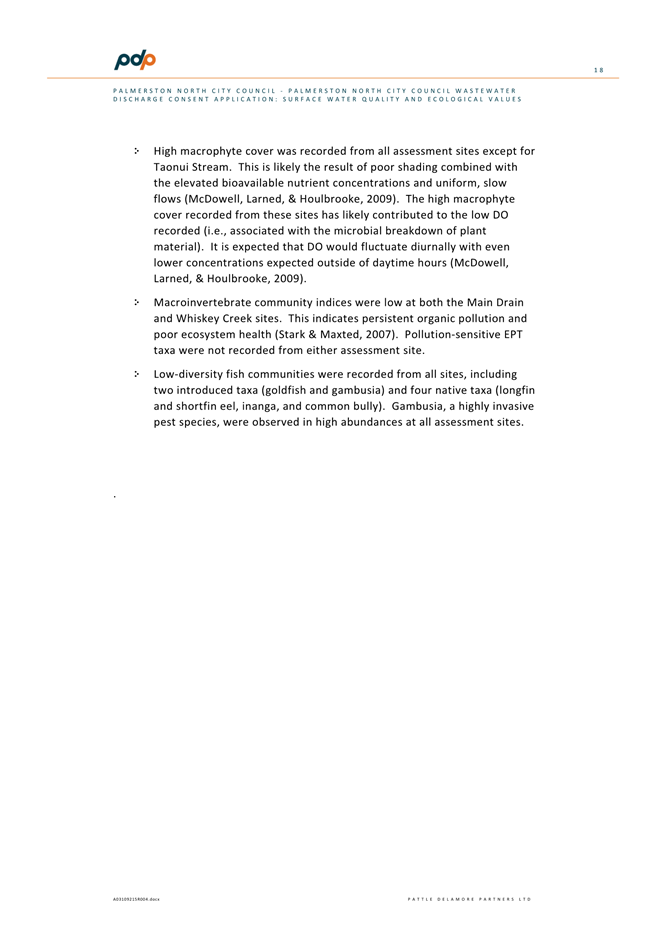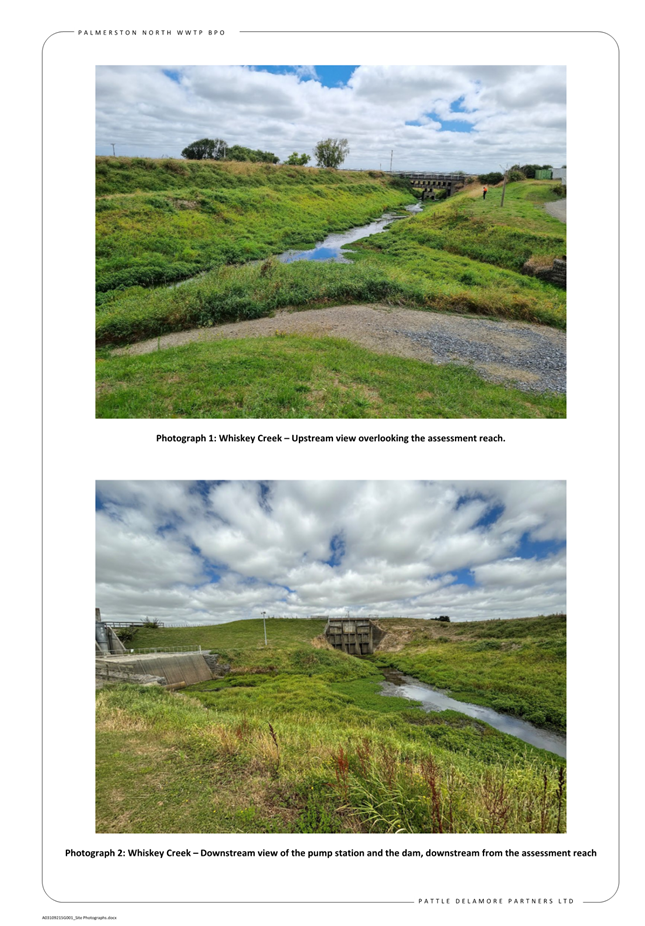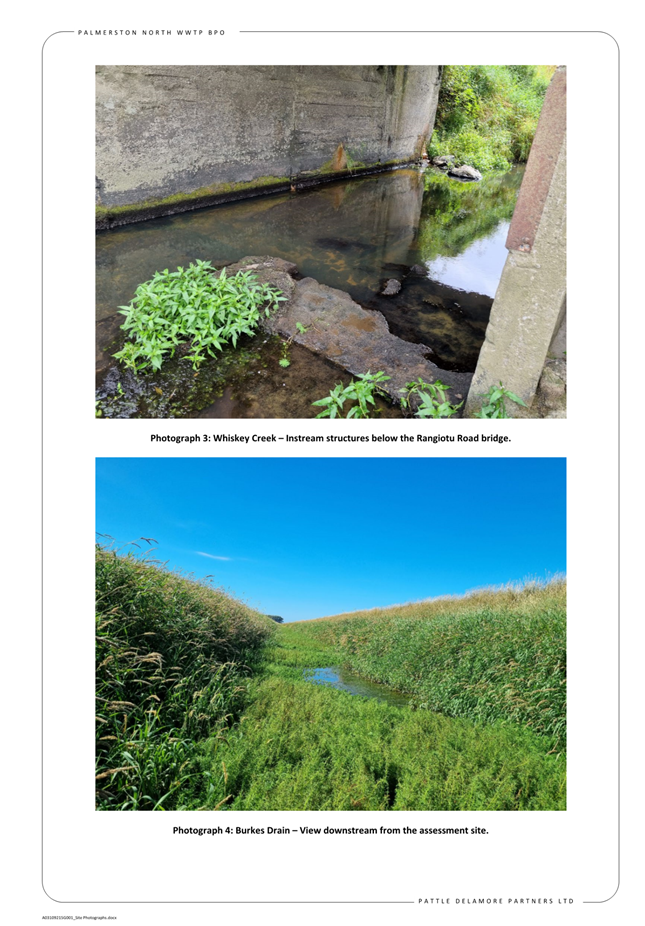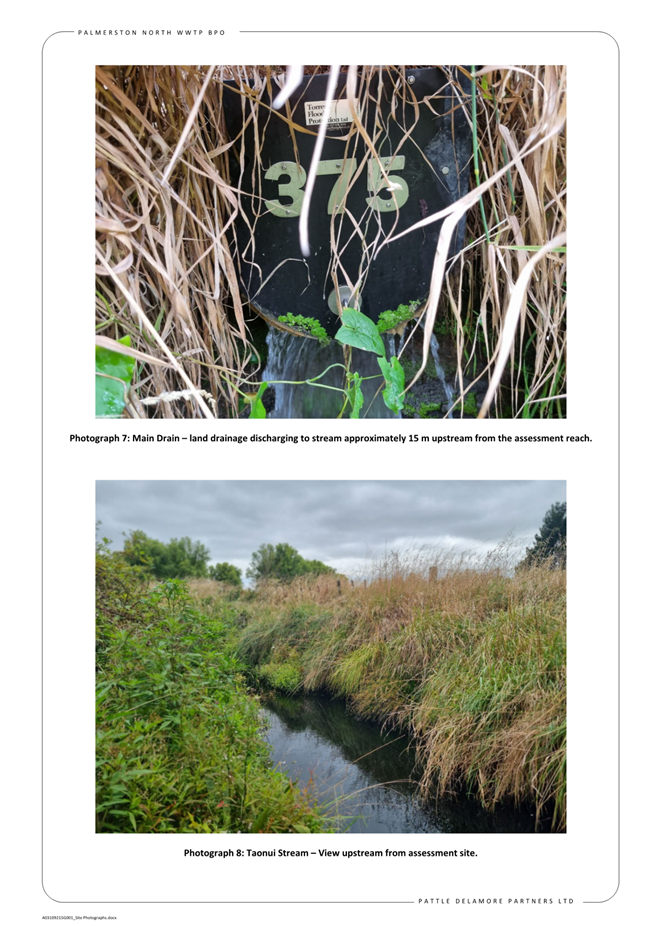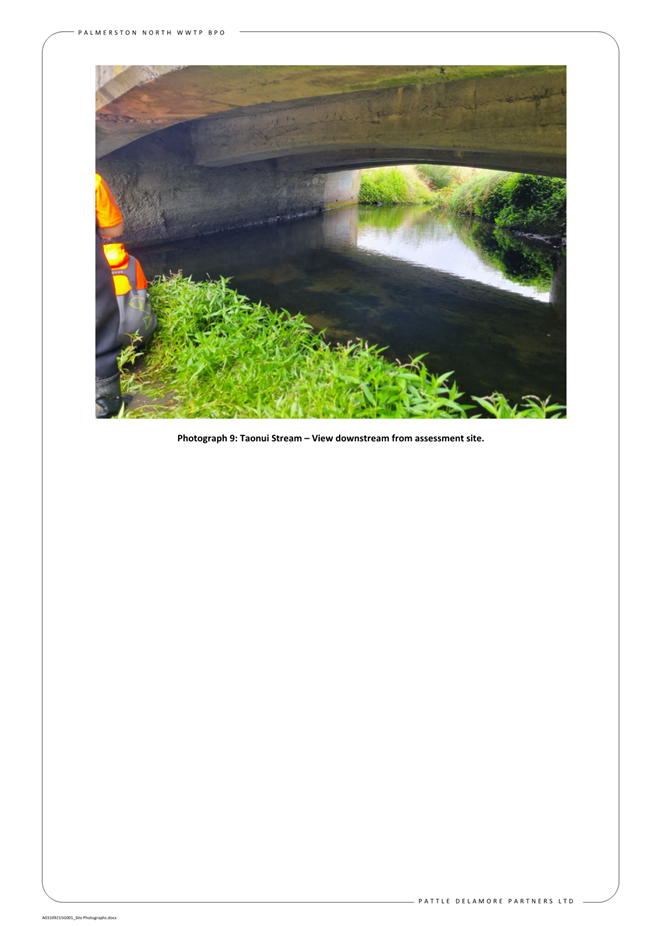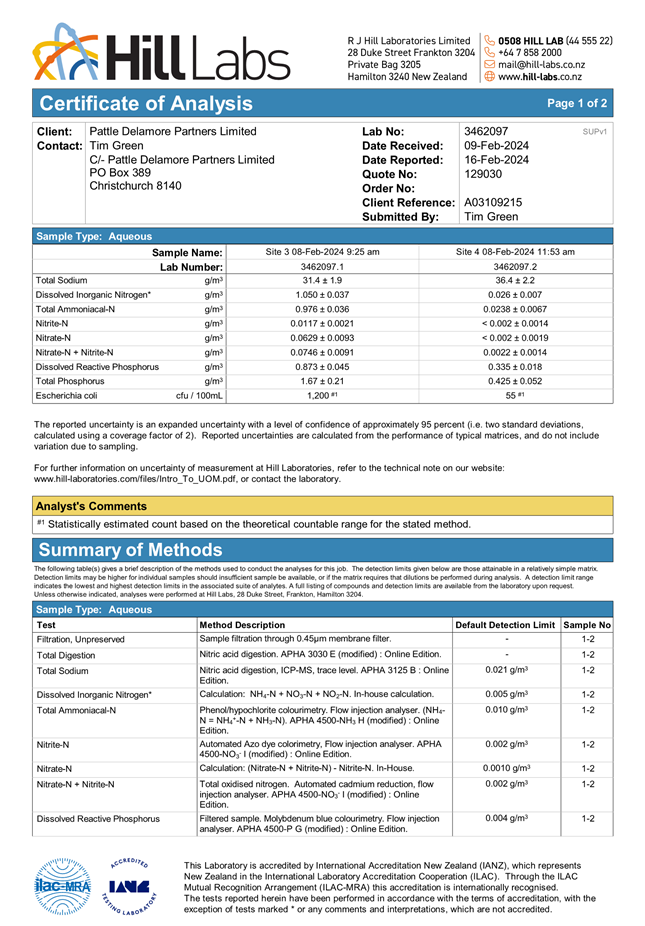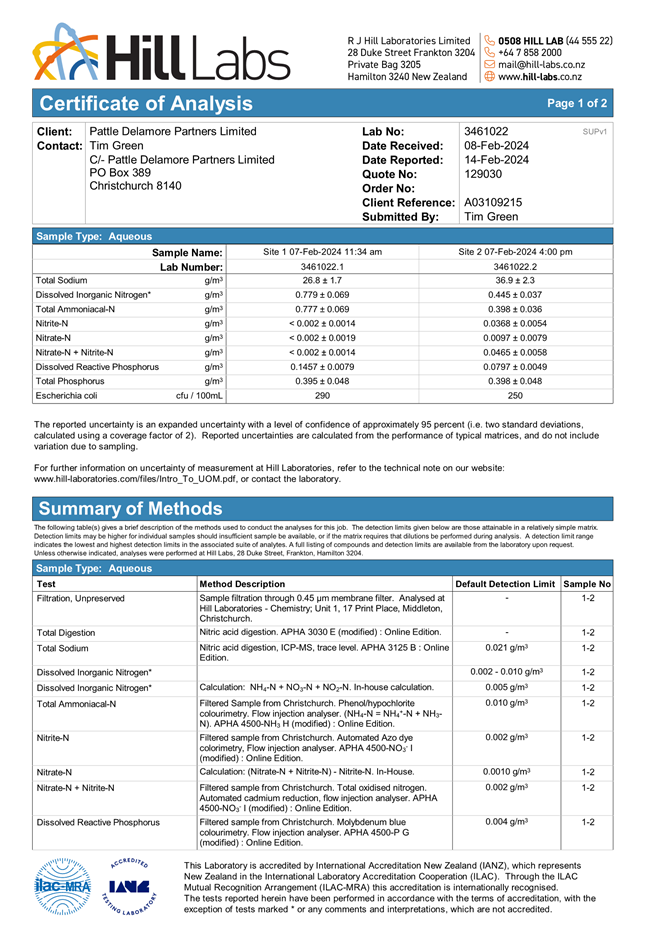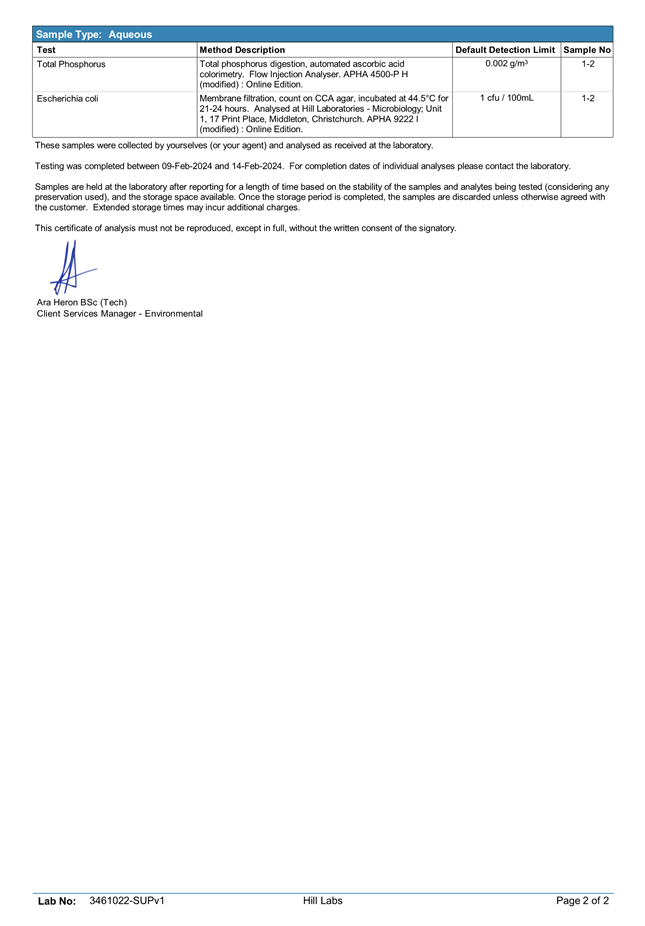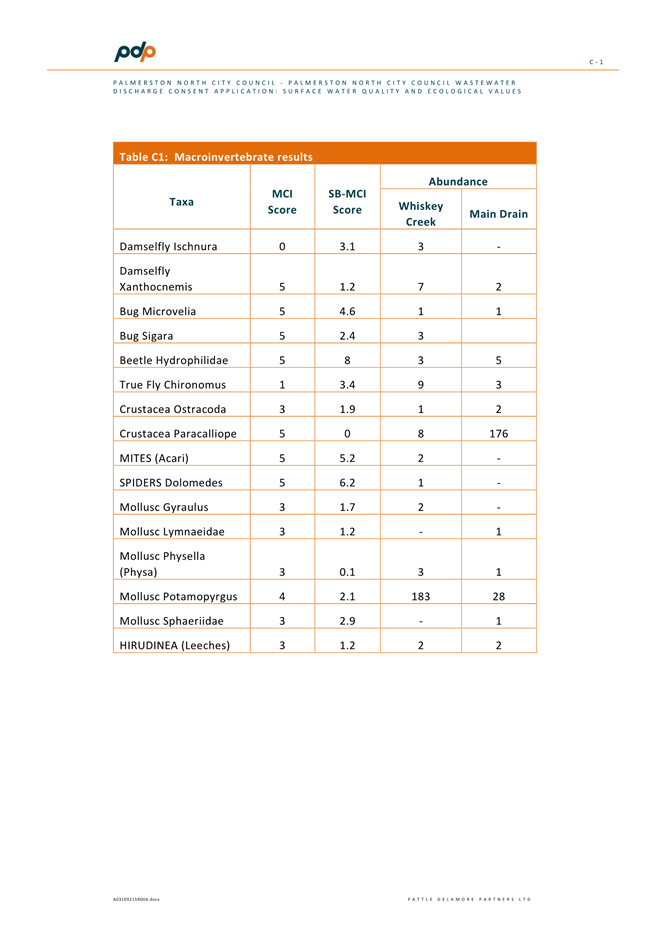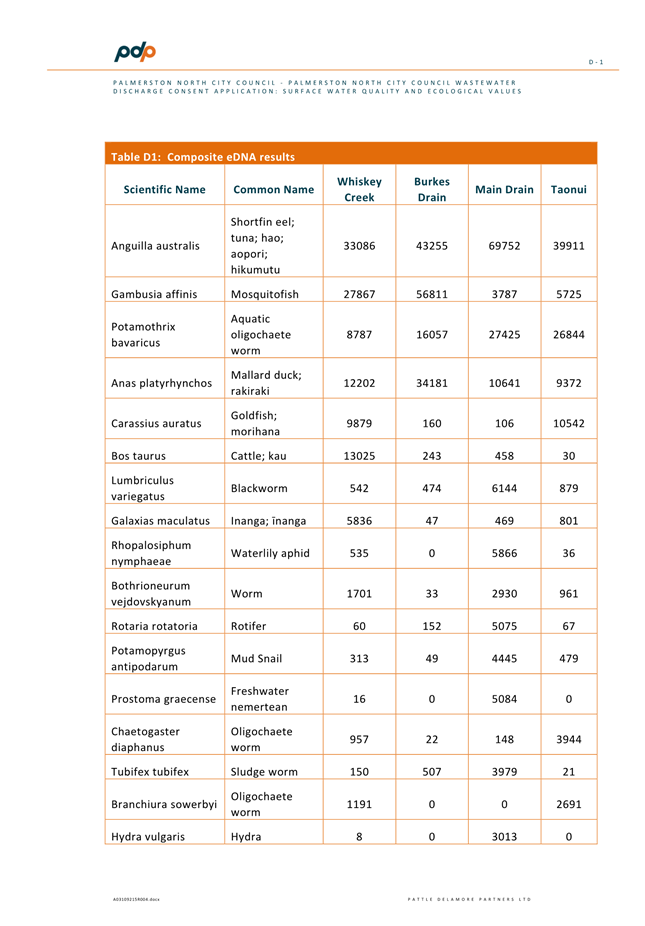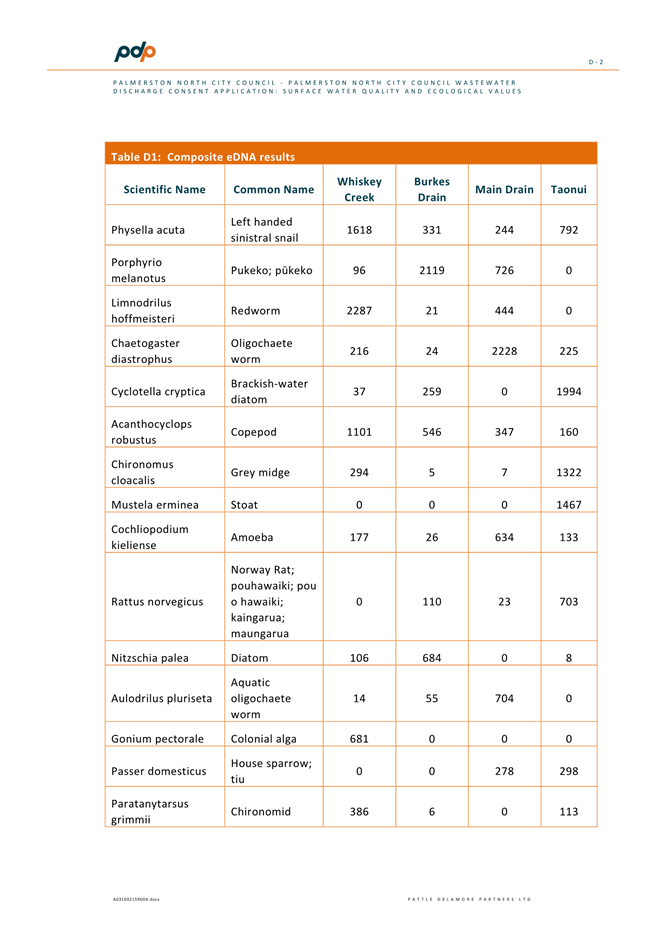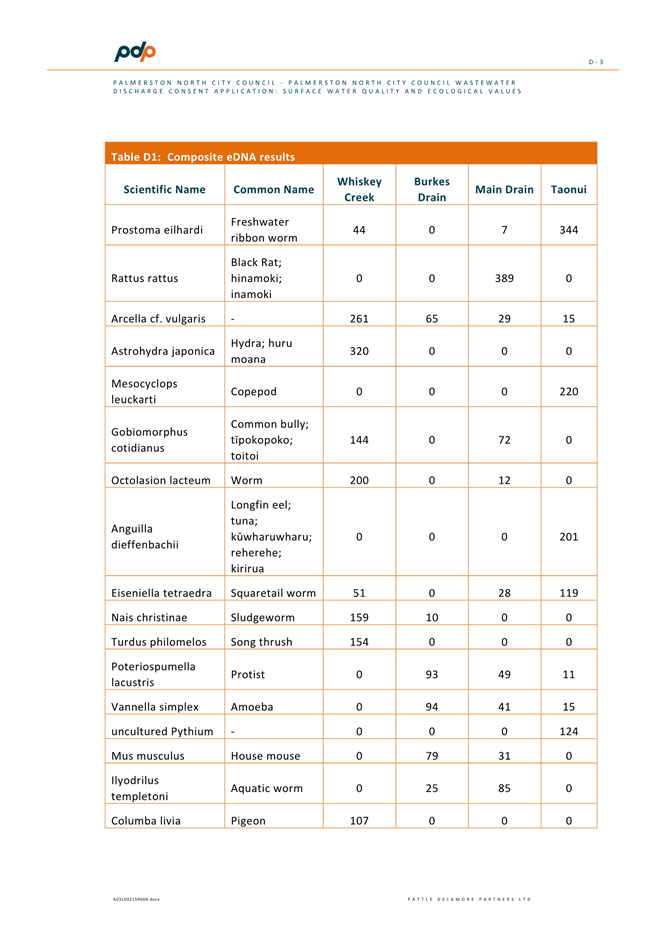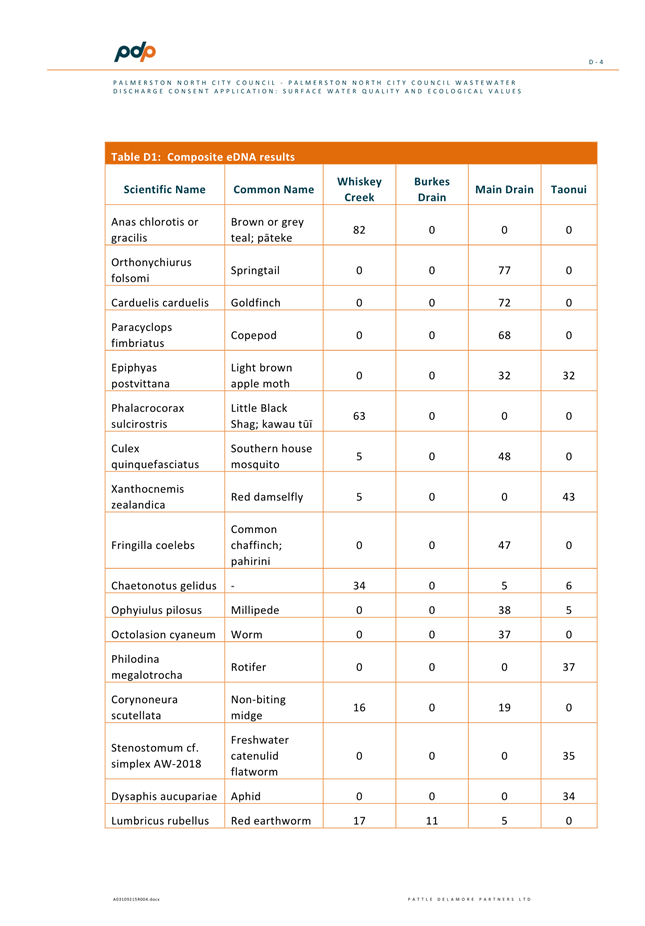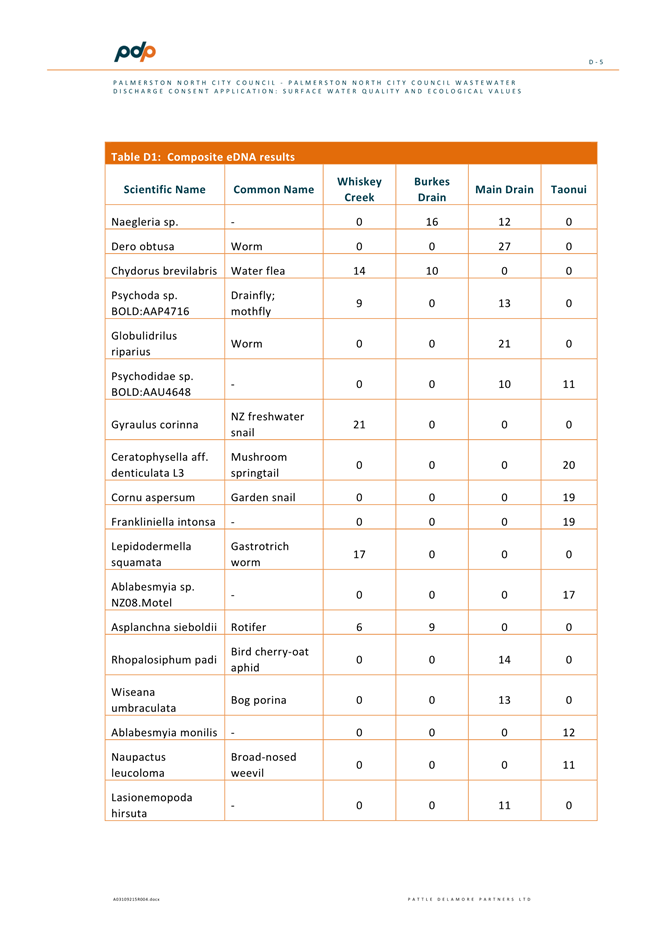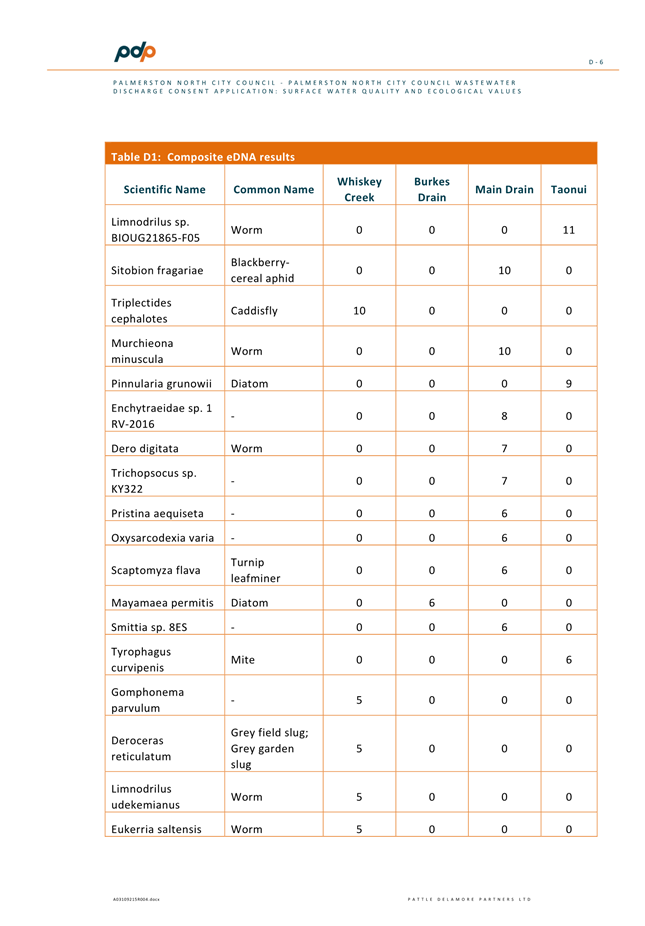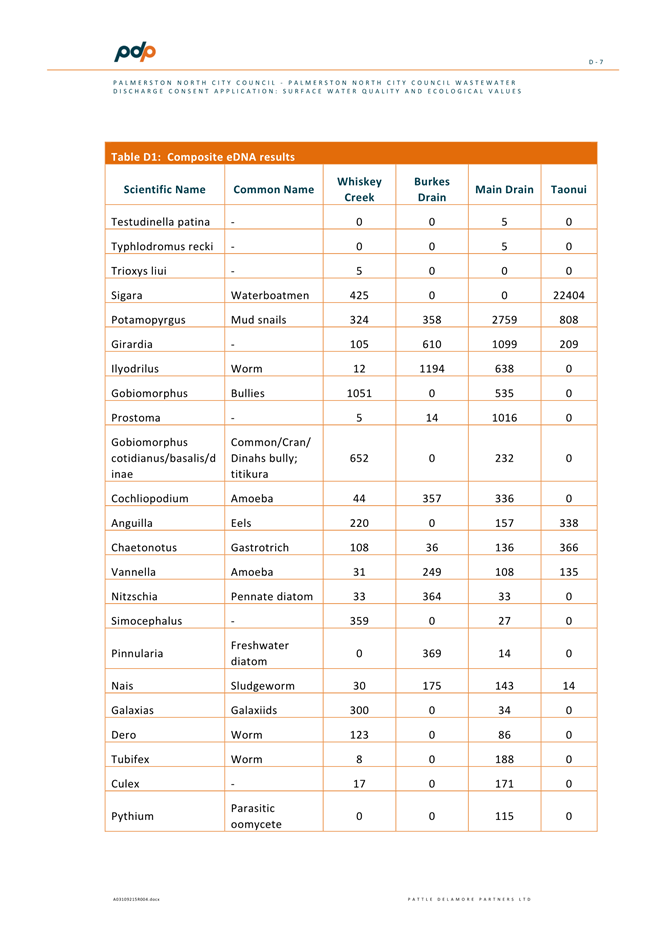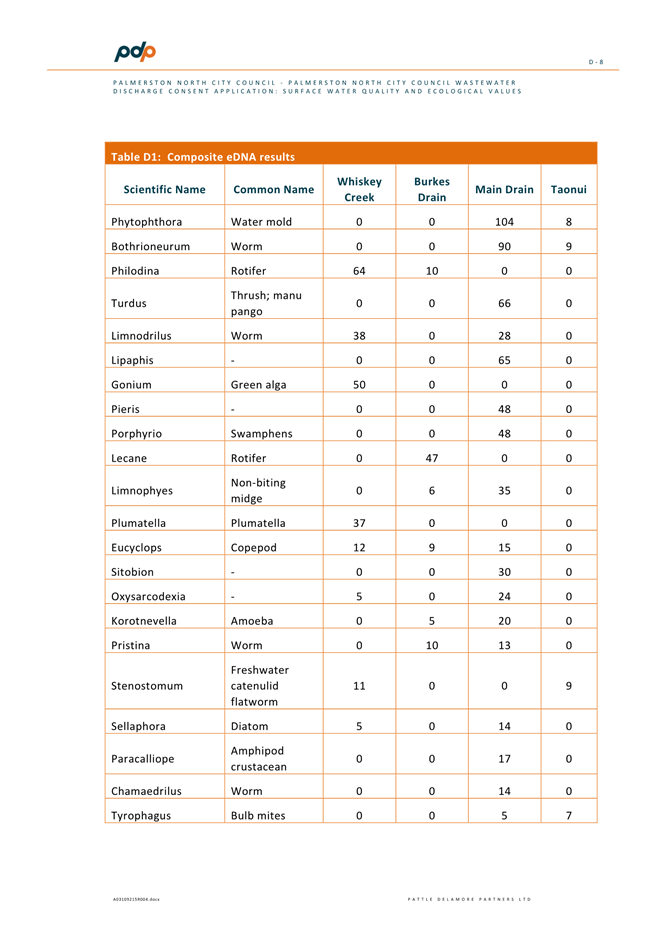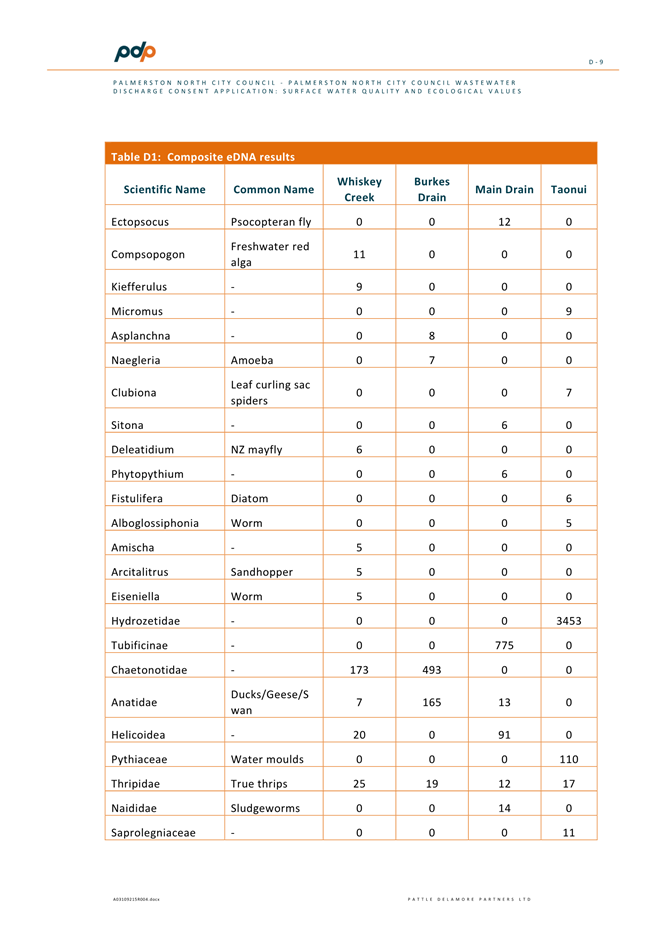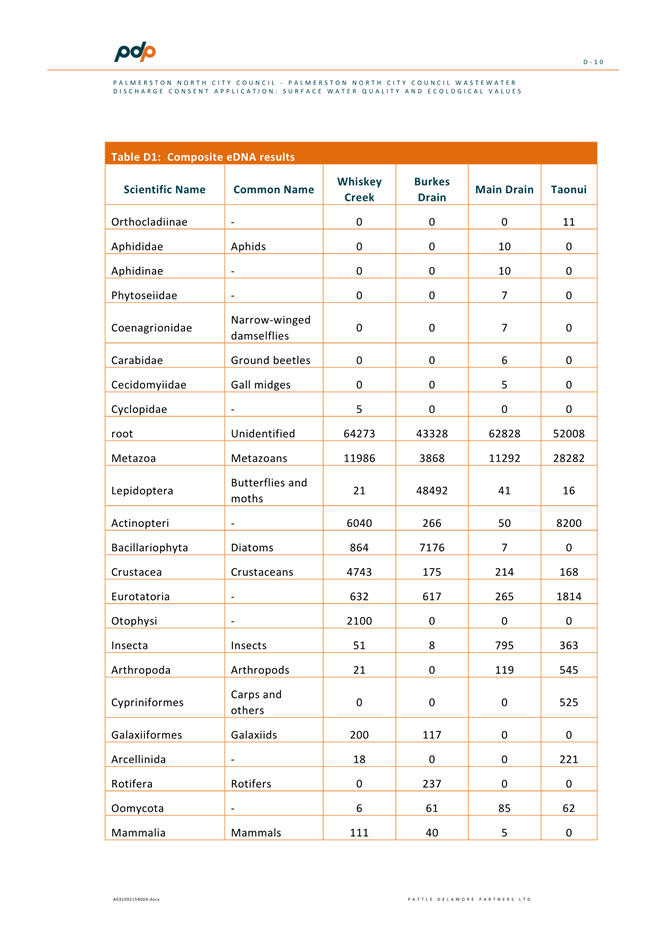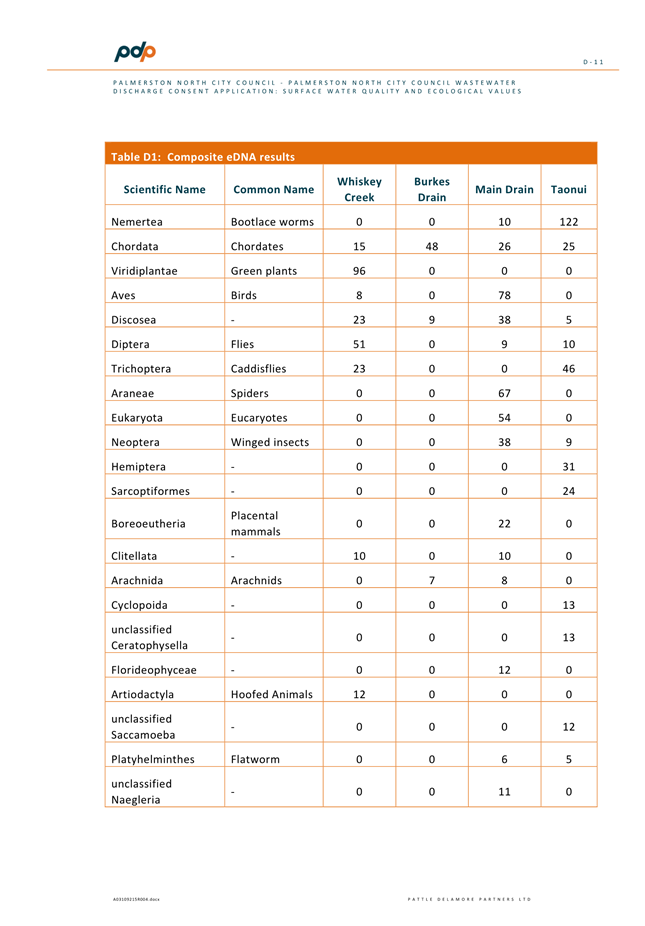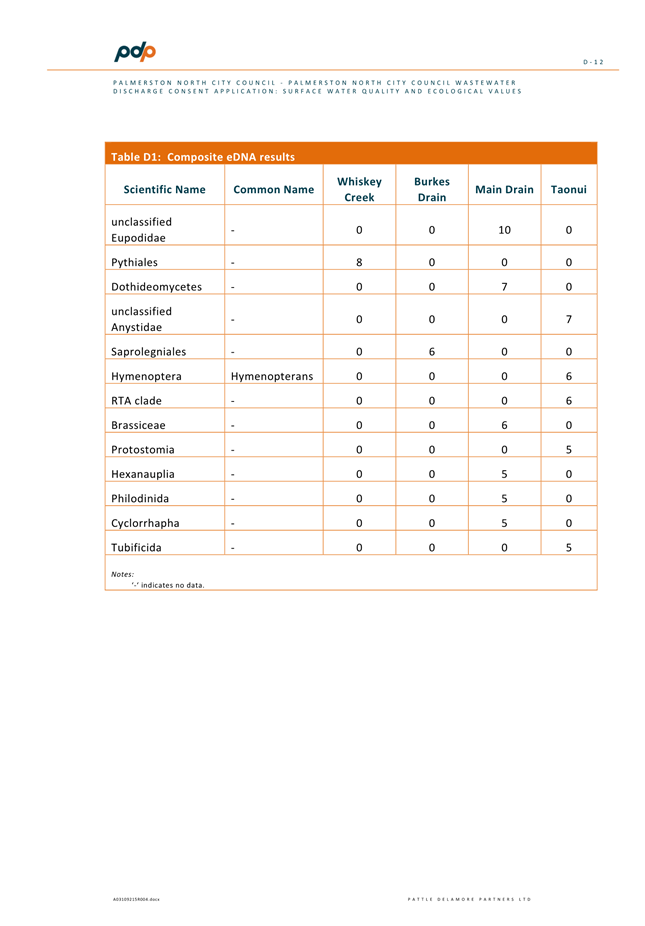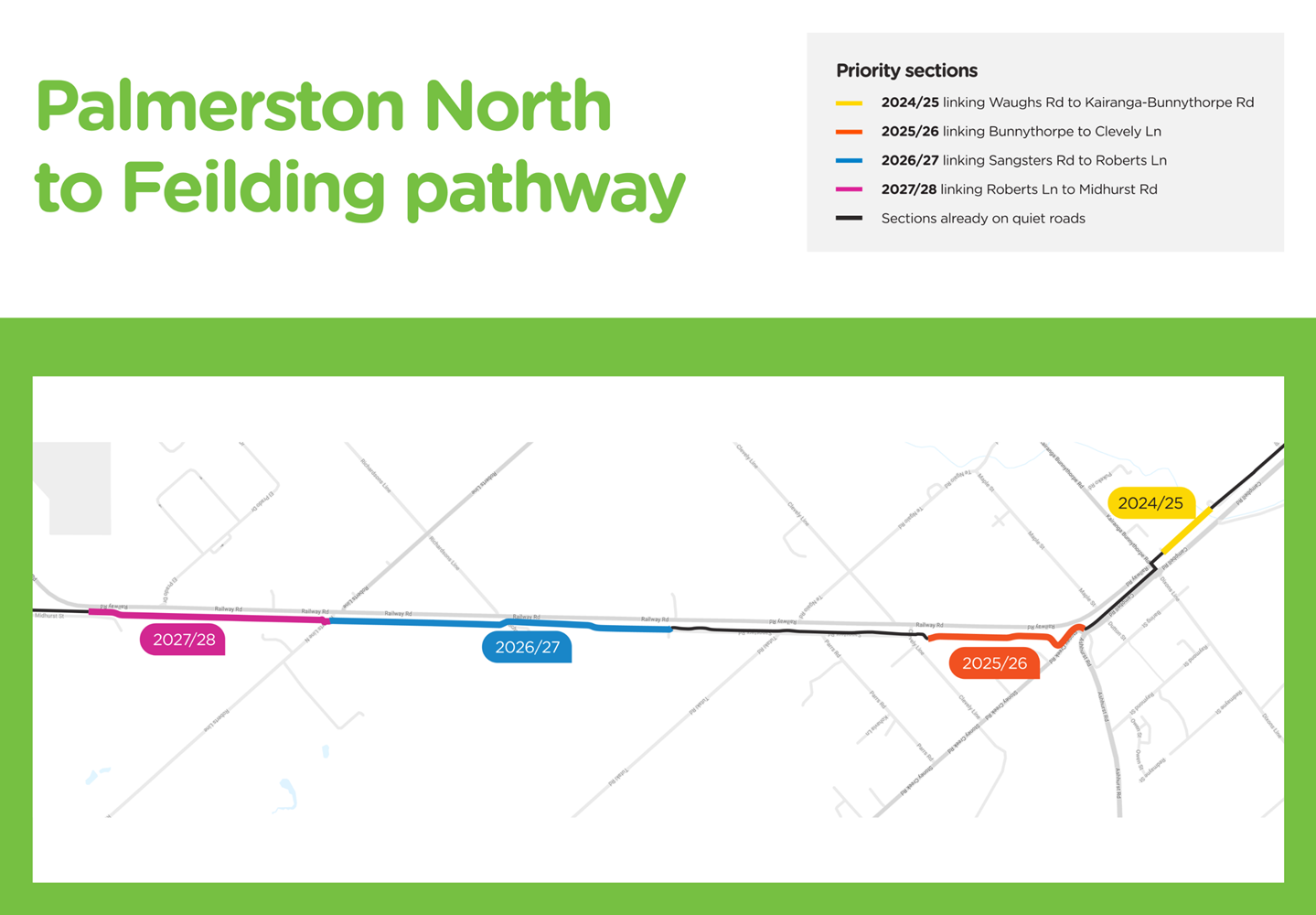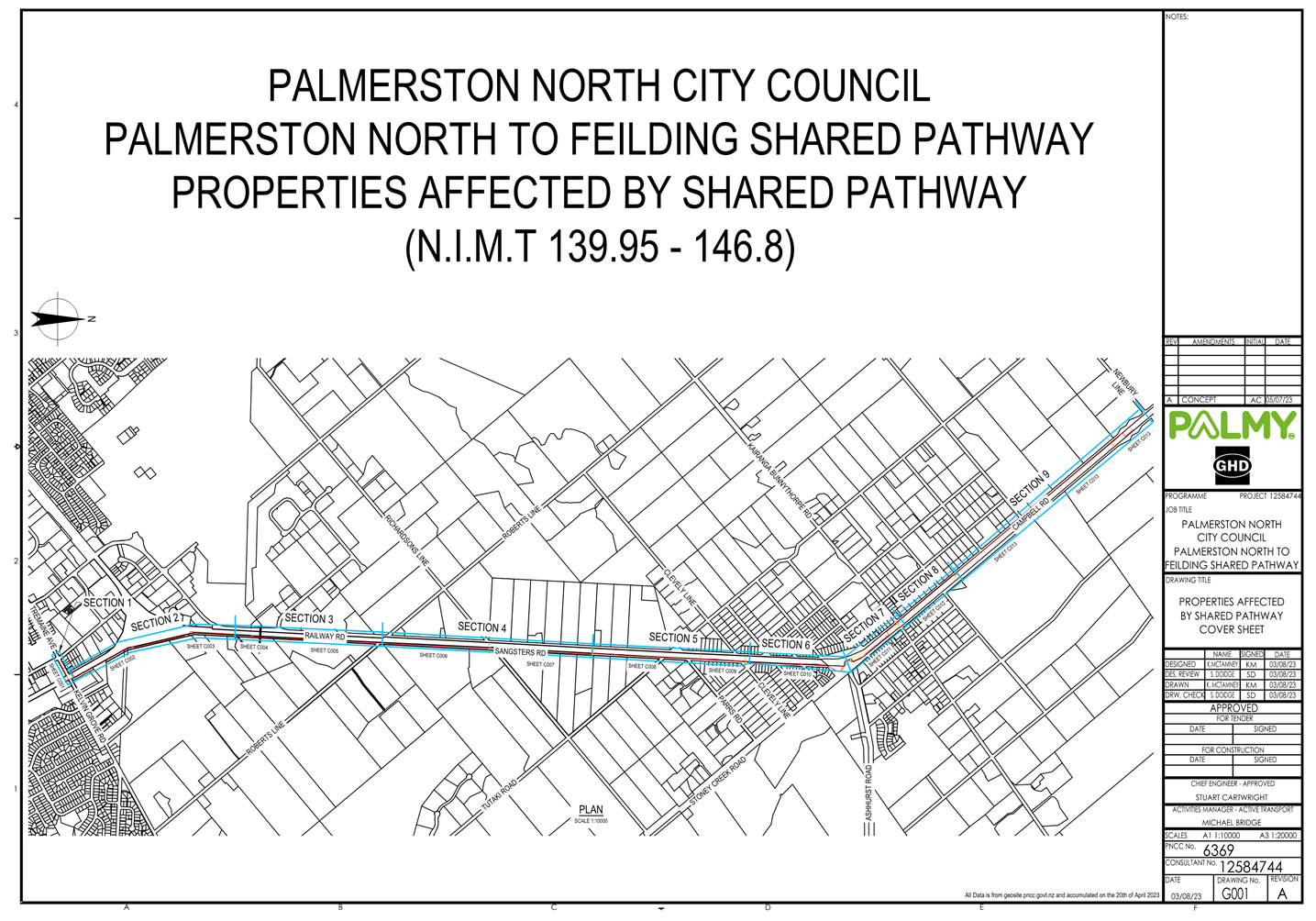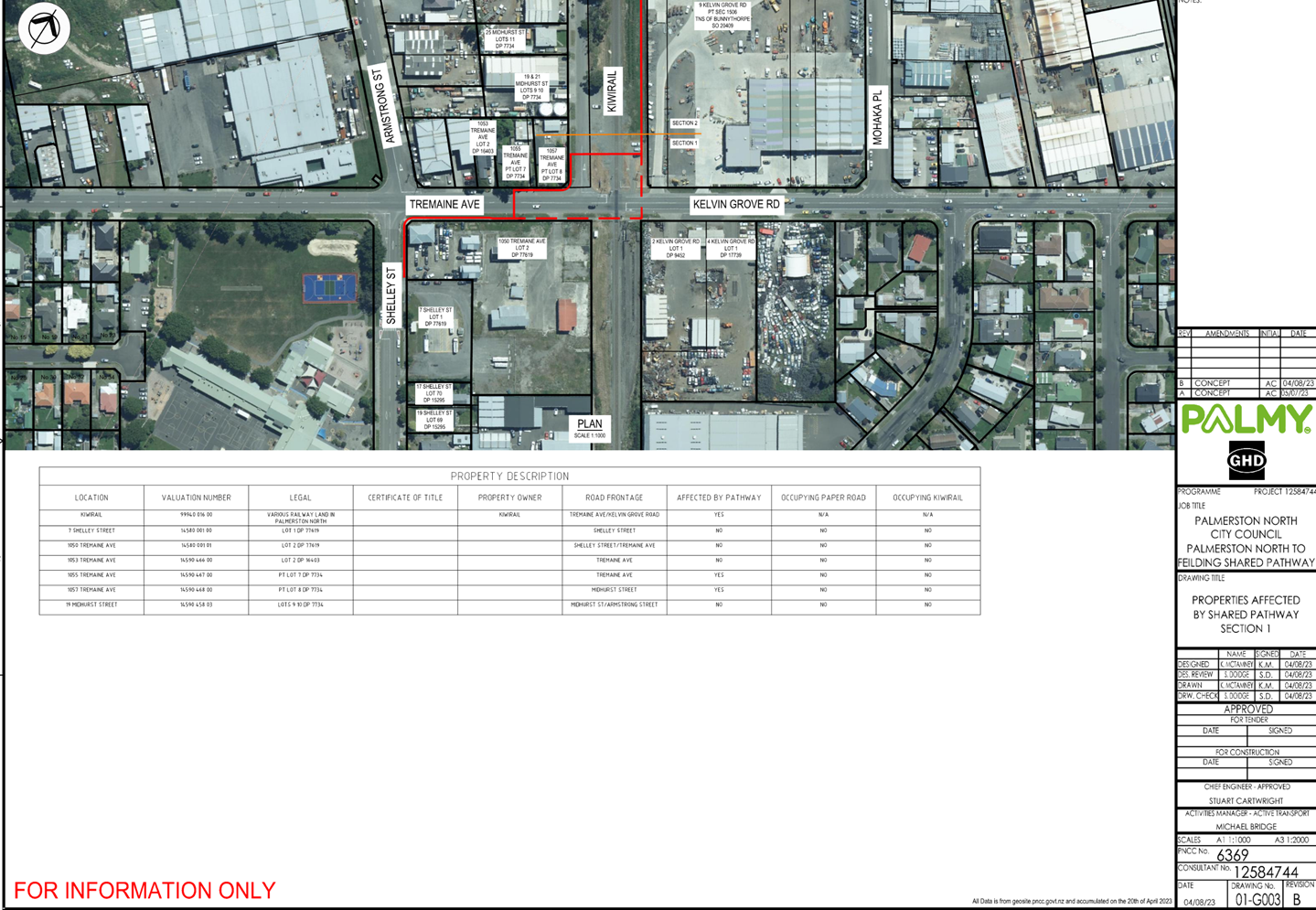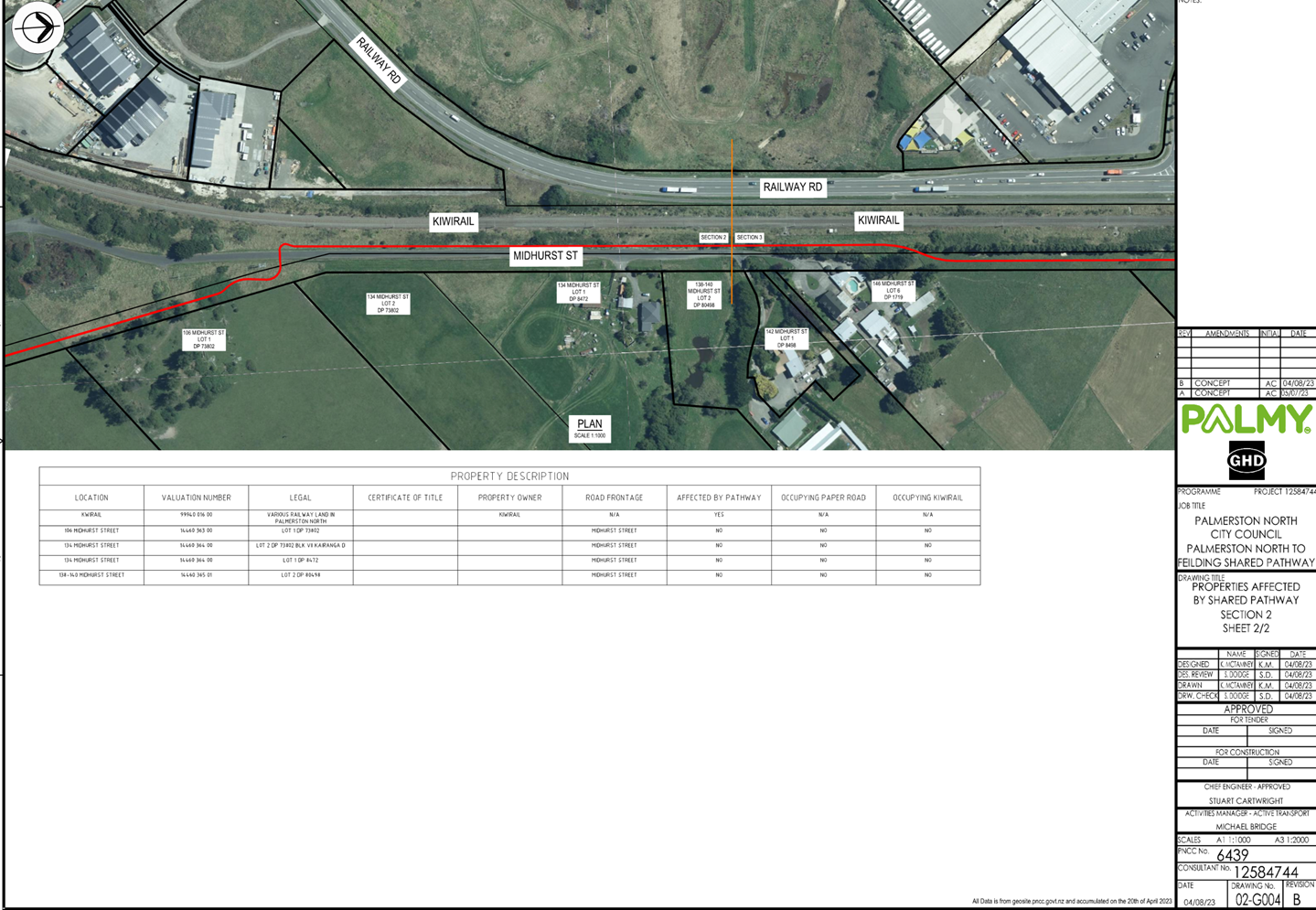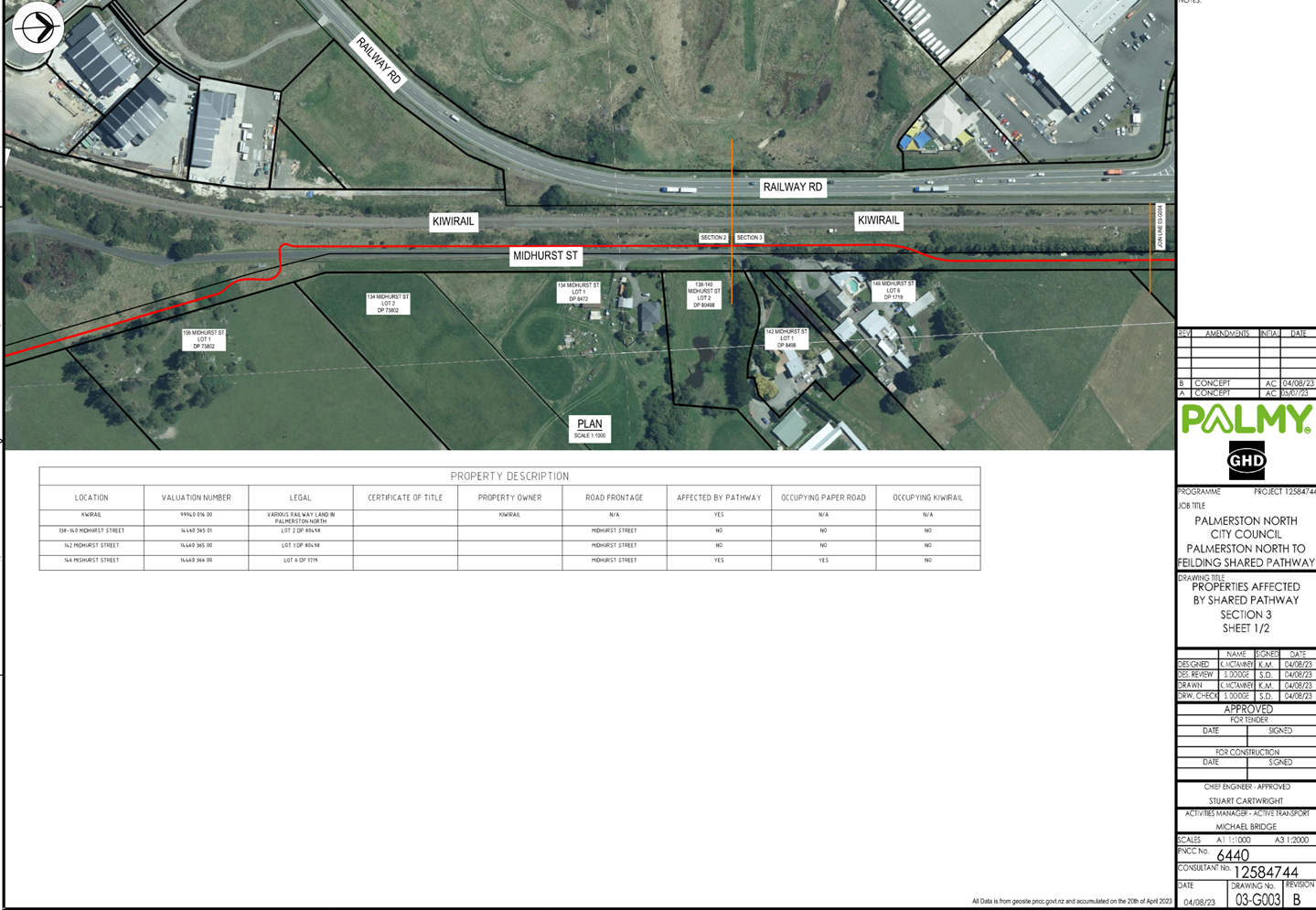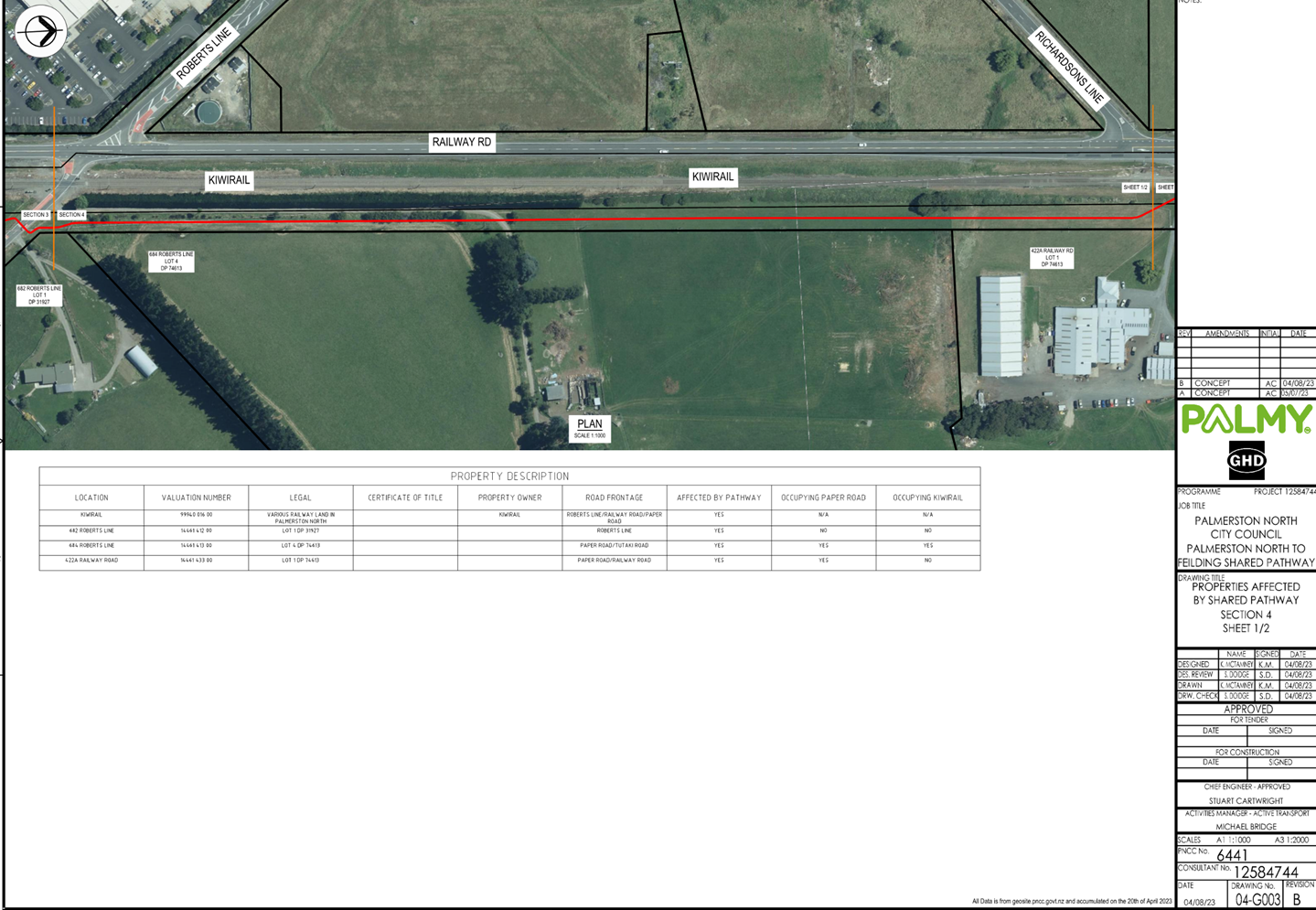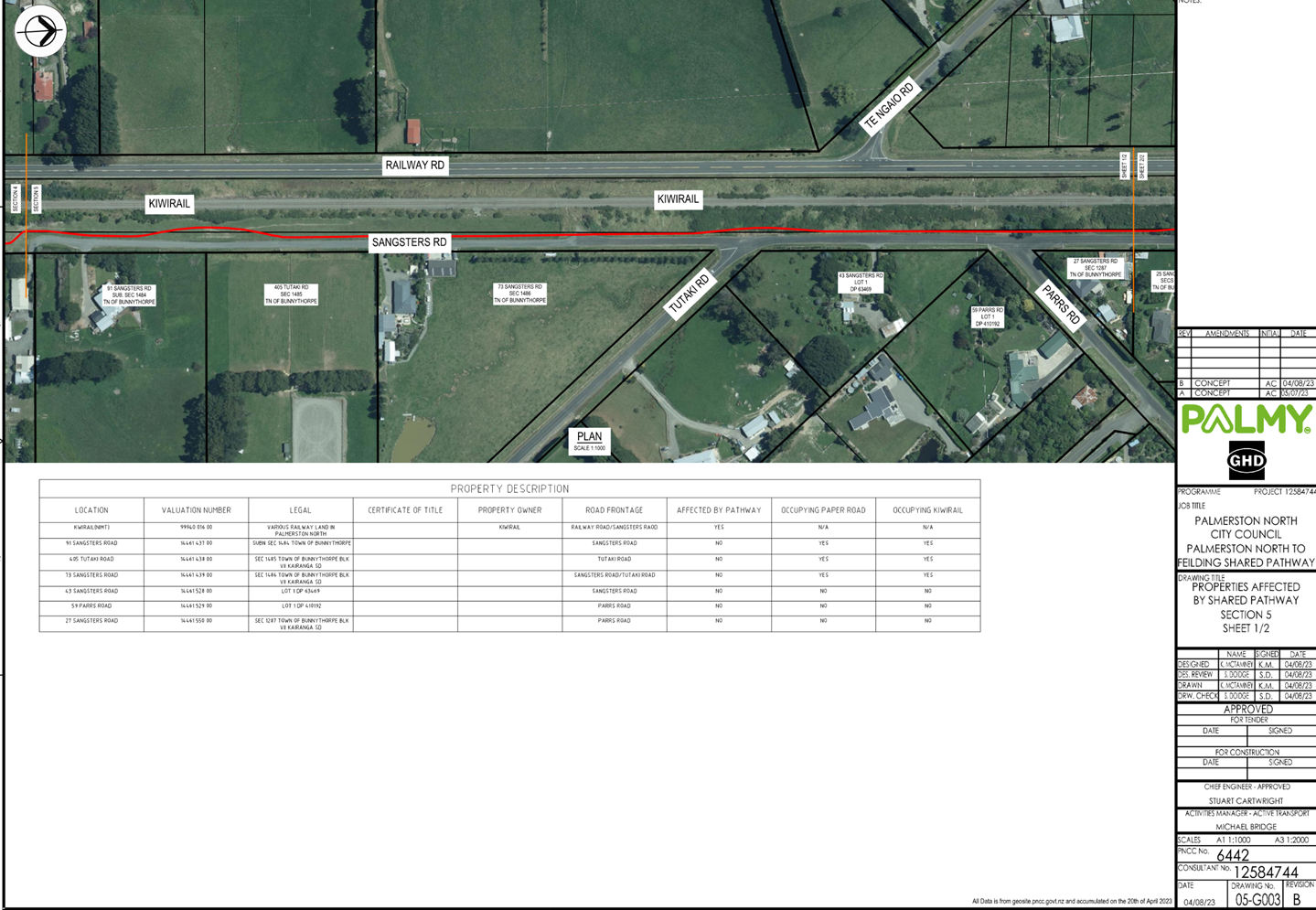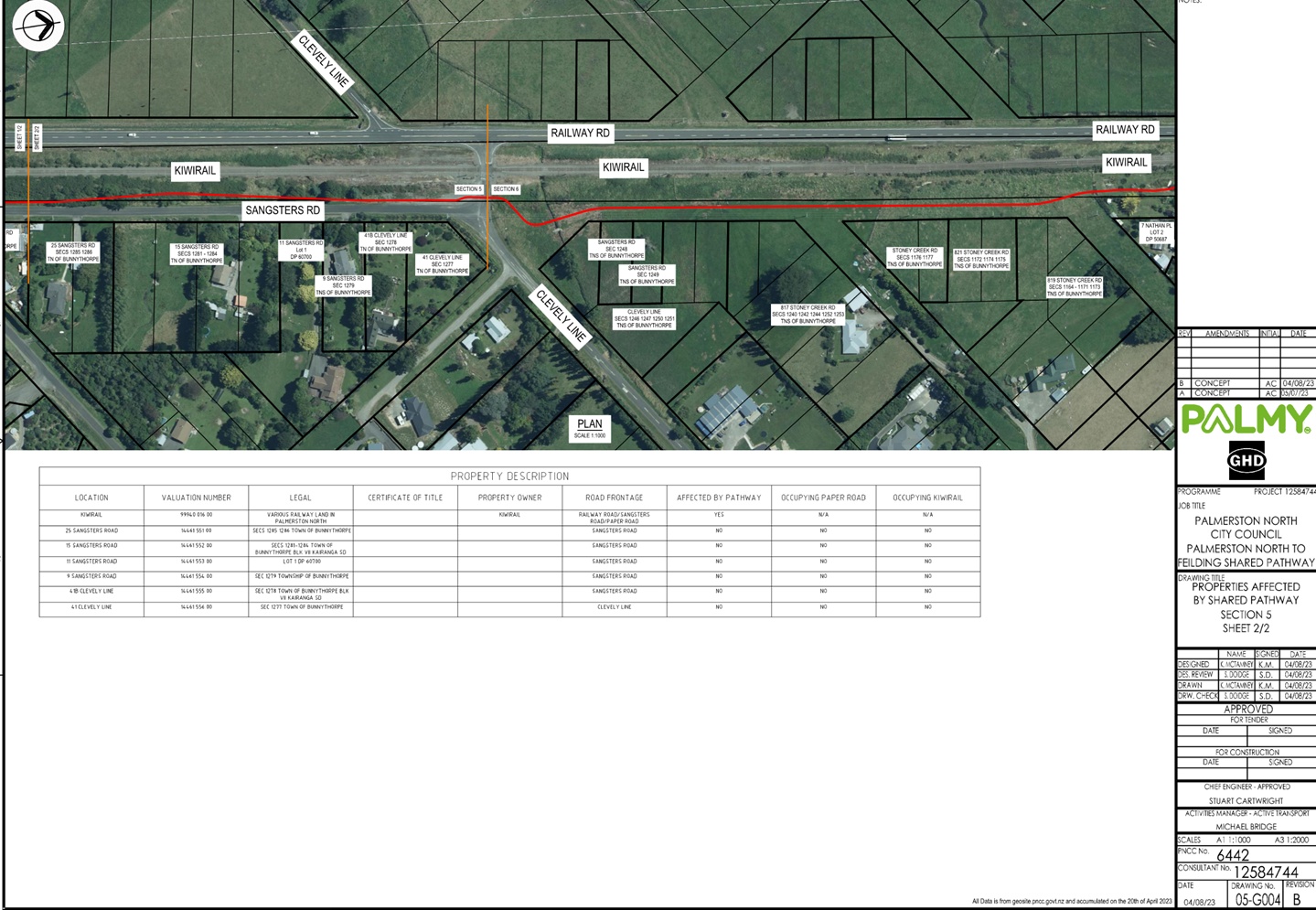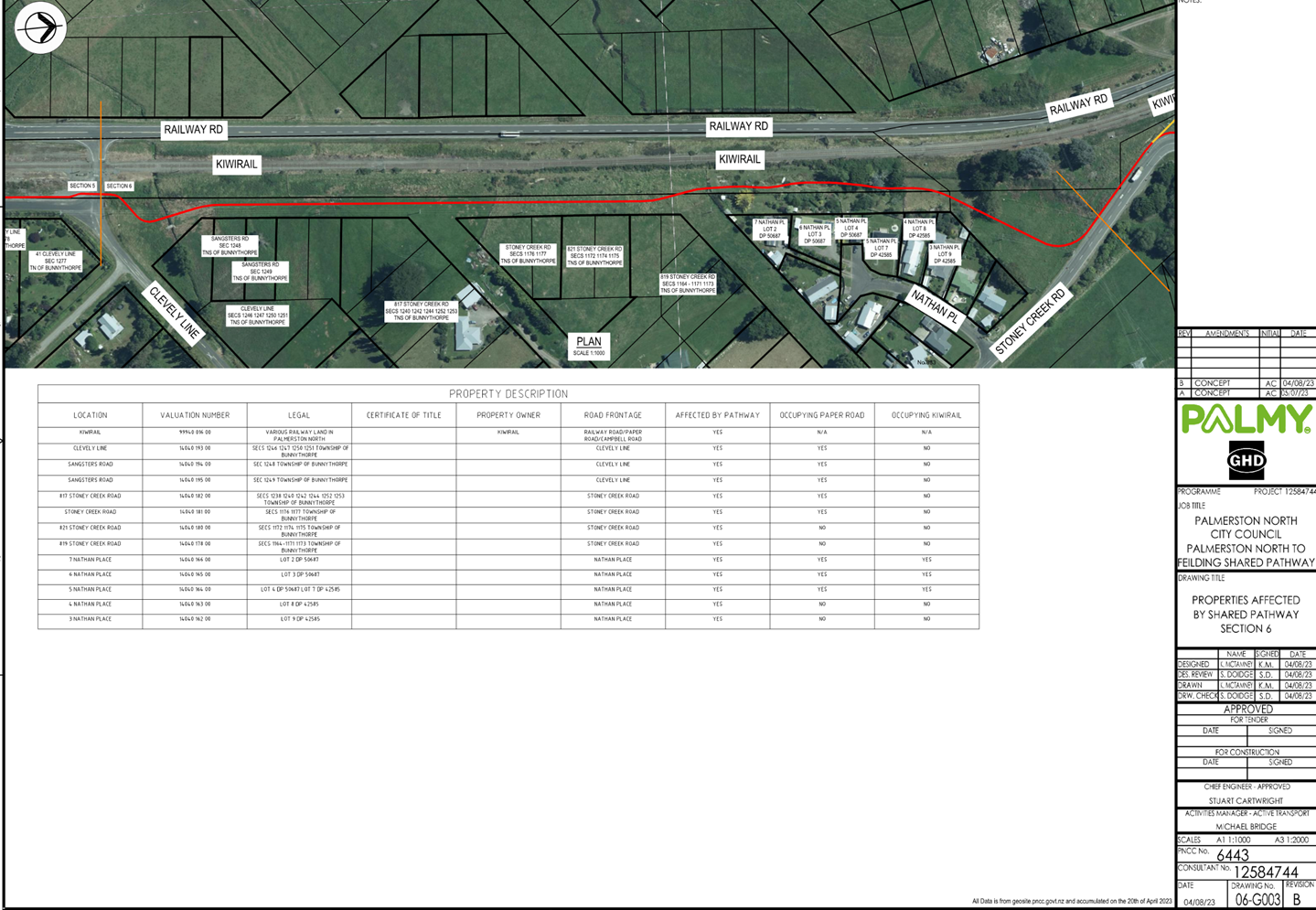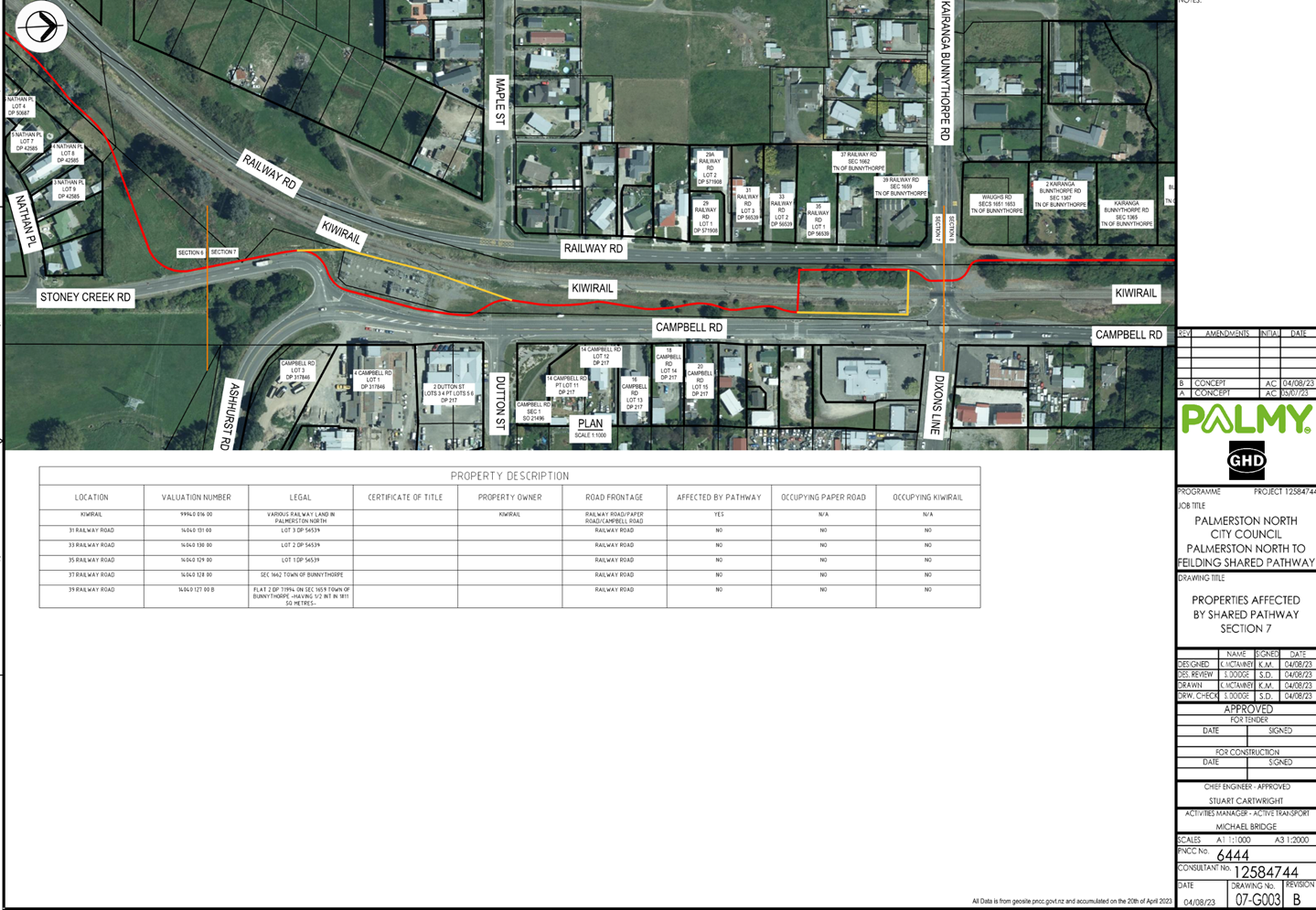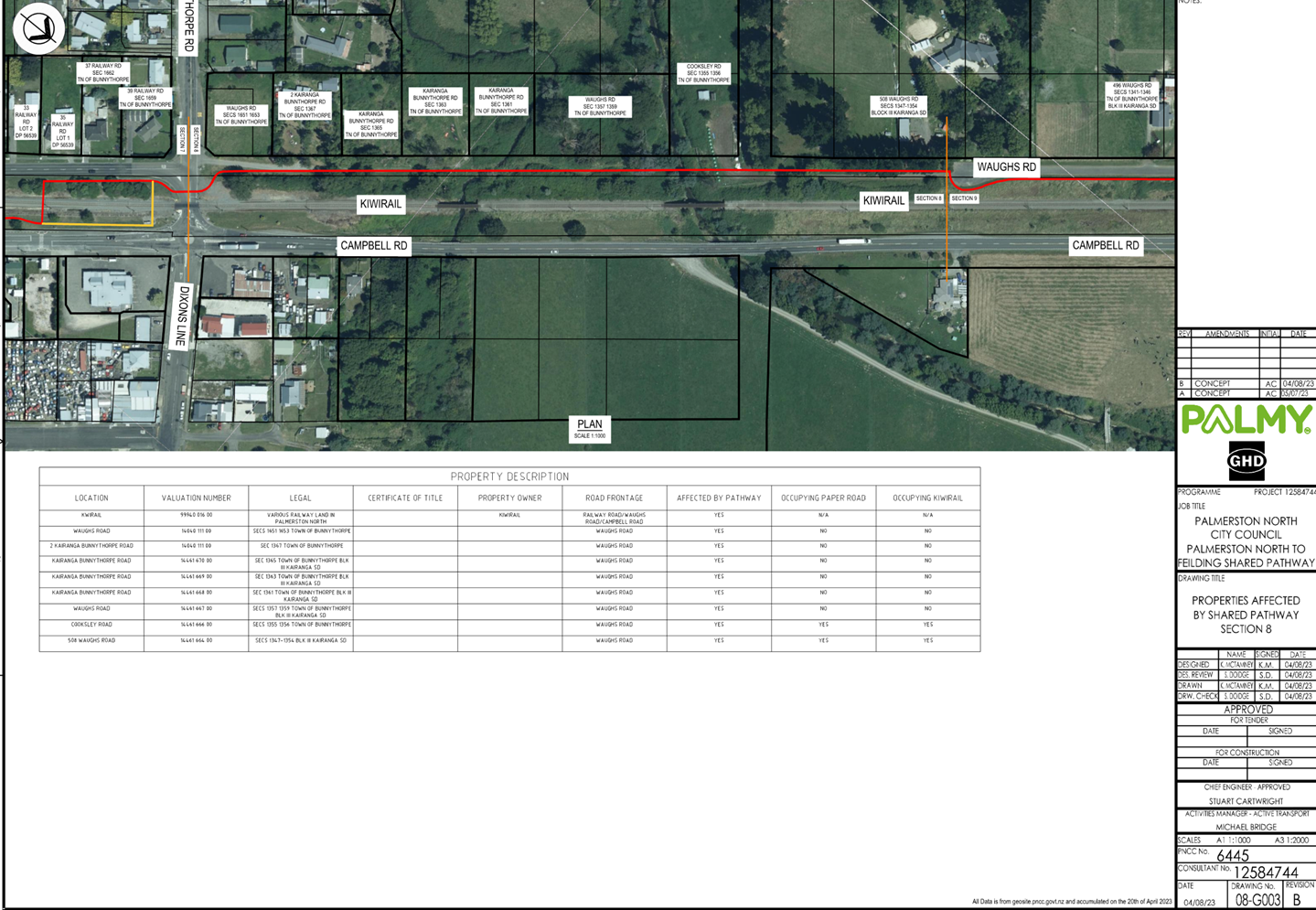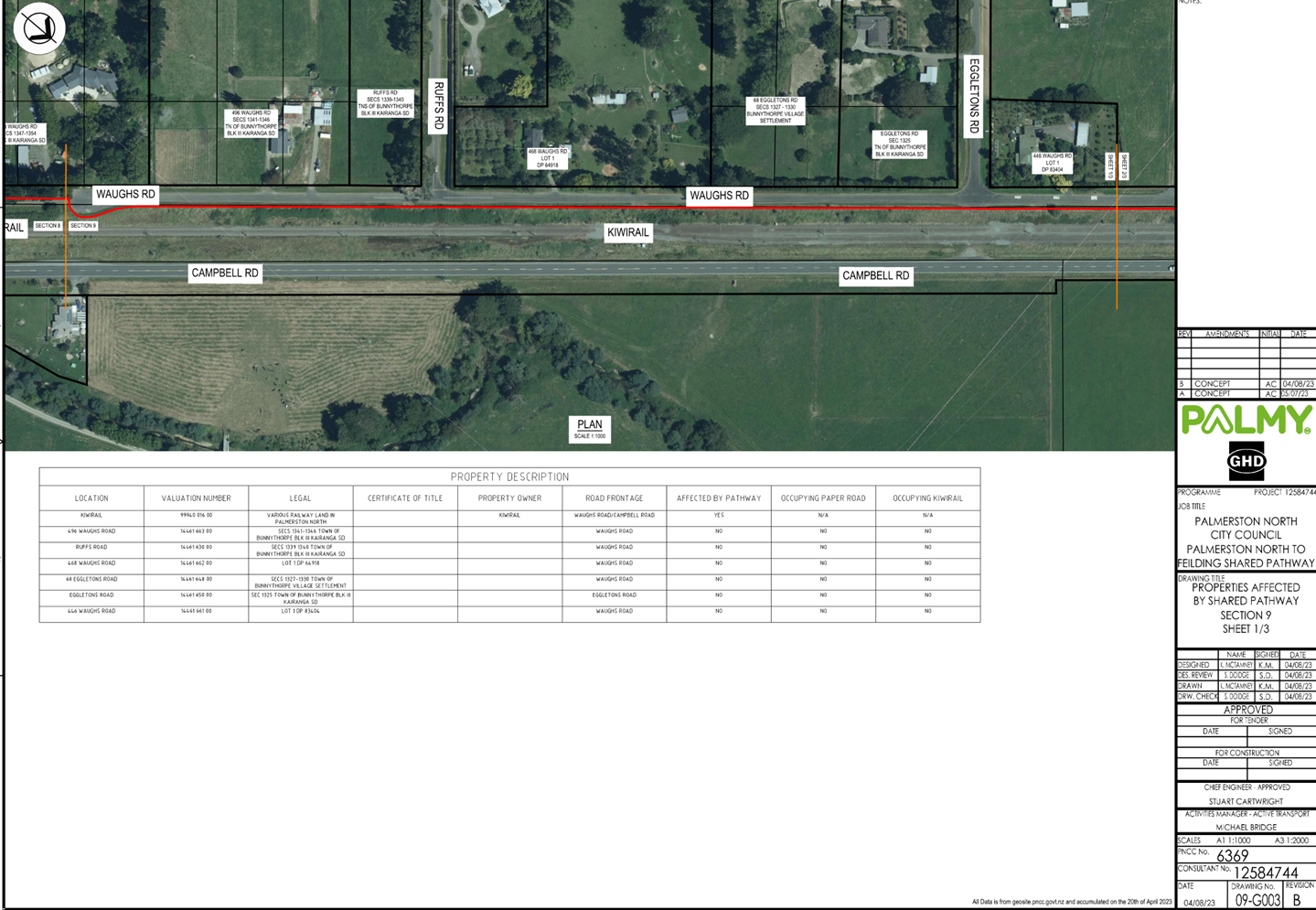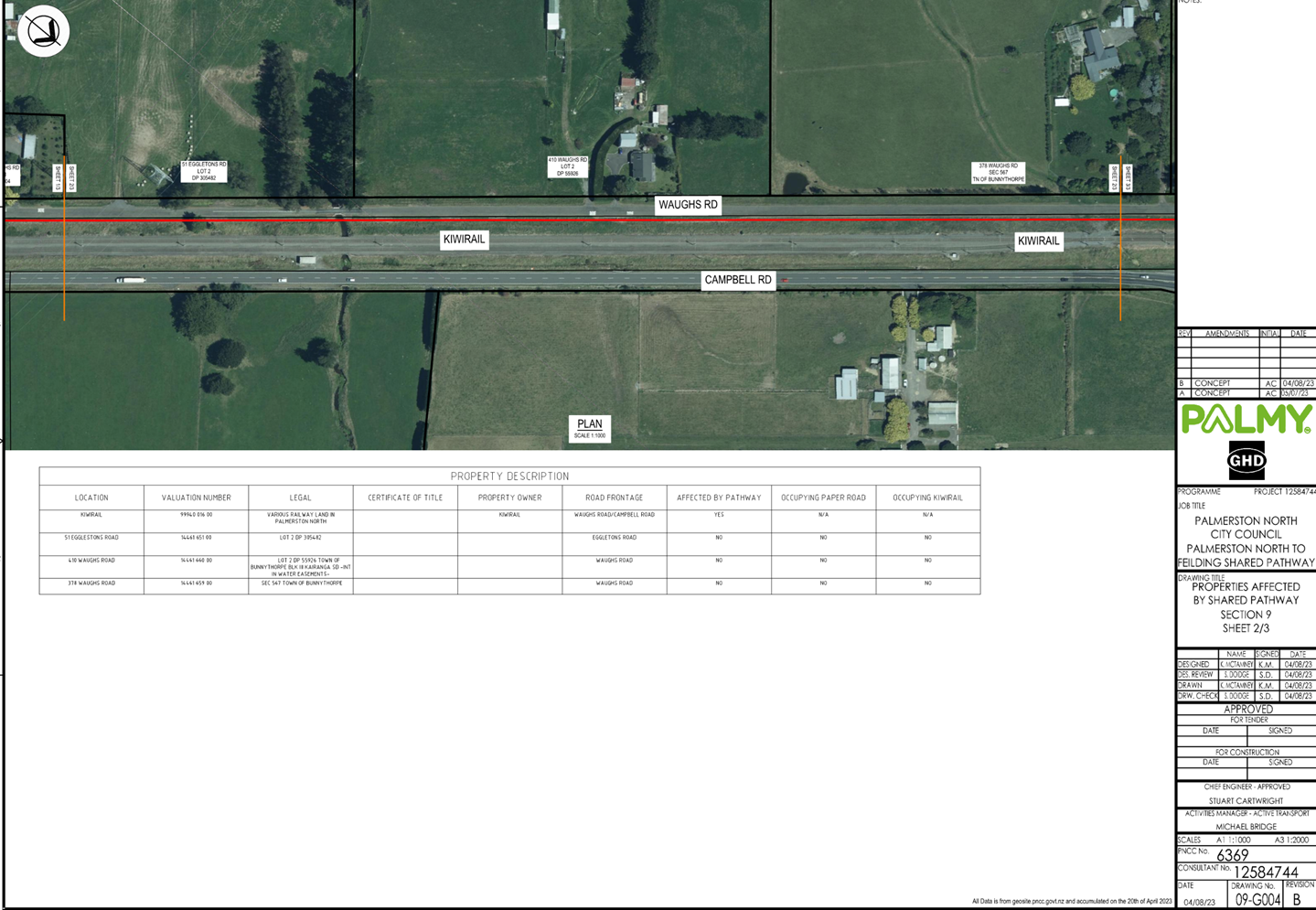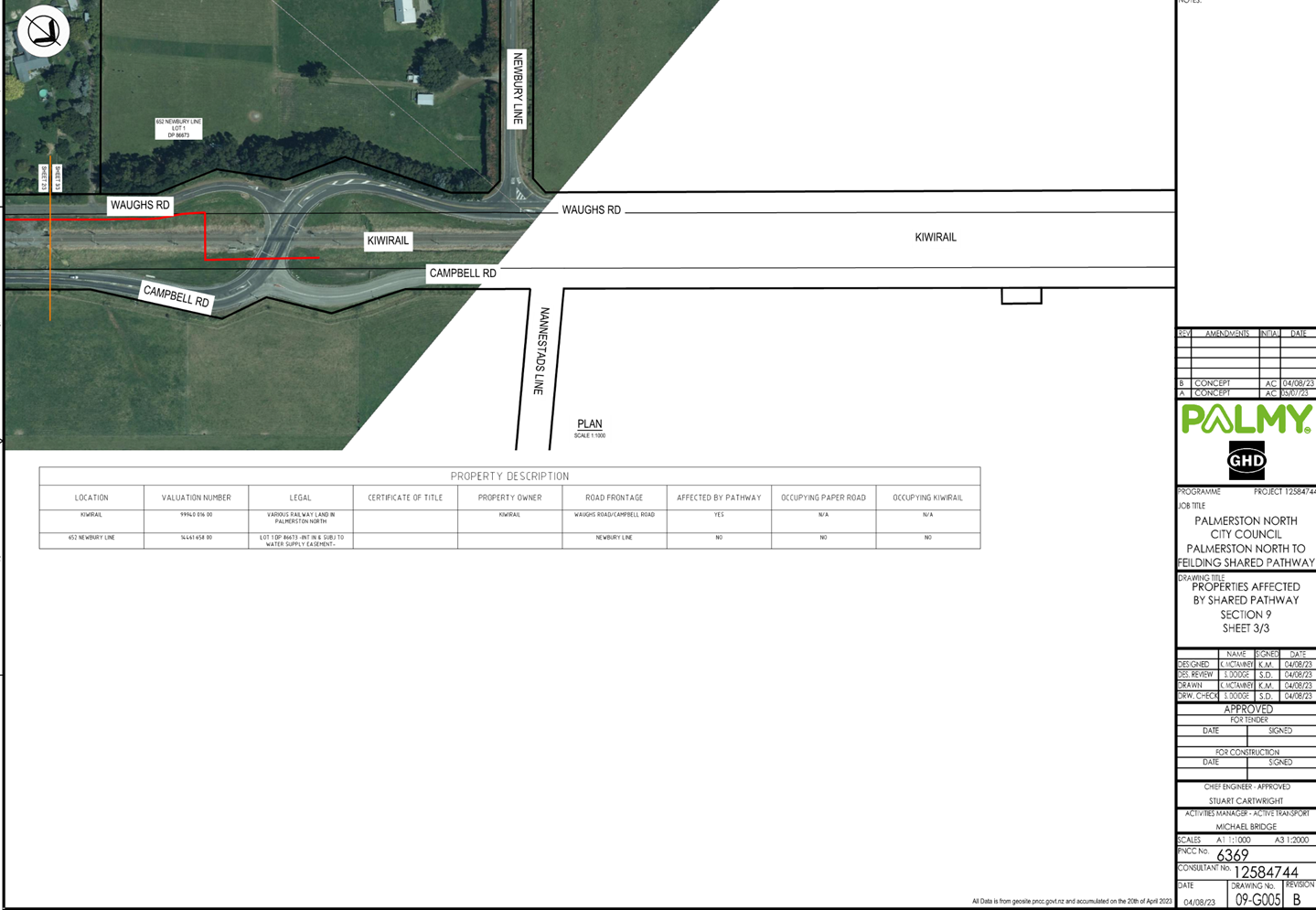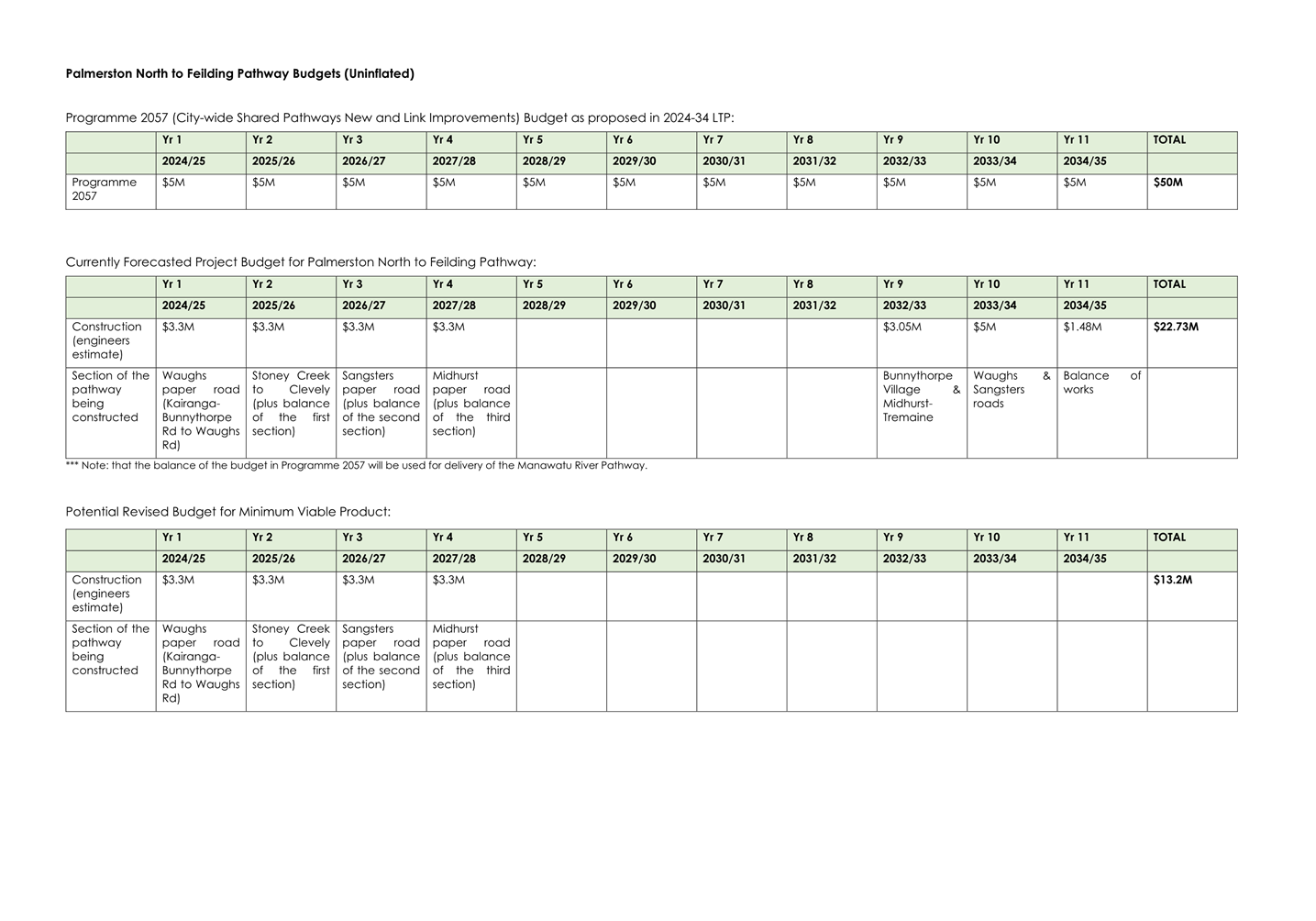|
Brent
Barrett (Chair)
|
|
Kaydee
Zabelin (Deputy Chair)
|
|
Grant
Smith (The Mayor)
|
|
Roly
Fitzgerald
|
Lorna
Johnson
|
|
Patrick
Handcock (ONZM)
|
Debi
Marshall-Lobb
|
|
Leonie
Hapeta
|
Karen
Naylor
|
Sustainability Committee
MEETING
22 May 2024
Order of Business
1. Karakia Timatanga
2. Apologies
3. Notification
of Additional Items
Pursuant to Sections 46A(7) and
46A(7A) of the Local Government Official Information and Meetings Act 1987, to
receive the Chairperson’s explanation that specified item(s), which do
not appear on the Agenda of this meeting and/or the meeting to be held with the
public excluded, will be discussed.
Any additions in accordance with
Section 46A(7) must be approved by resolution with an explanation as to why
they cannot be delayed until a future meeting.
Any additions in accordance with
Section 46A(7A) may be received or referred to a subsequent meeting for further
discussion. No resolution, decision or recommendation can be made in
respect of a minor item.
4. Declarations
of Interest (if any)
Members are reminded of their duty
to give a general notice of any interest of items to be considered on this
agenda and the need to declare these interests.
5. Public
Comment
To receive comments from members of
the public on matters specified on this Agenda or, if time permits, on other
Committee matters.
(NOTE: If
the Committee wishes to consider or discuss any issue raised that is not
specified on the Agenda, other than to receive the comment made or refer it to
the Chief Executive, then a resolution will need to be made.)
6. Presentation
- Ruahine Kiwi Project Page 7
7. Confirmation
of Minutes Page 9
“That the minutes of the Sustainability Committee
meeting of 13 March 2024 Part I Public be confirmed as a true and correct
record.”
8. Draft
Food Security and Resilience Policy and resourcing considerations Page 15
Memorandum, presented by Kate Harridge, Policy Analyst
and Julie Macdonald, Strategy and Policy Manager.
9. Update
on opportunities for native species re-introductions in the Turitea Reserve Page 51
Memorandum, presented by Adam Jarvis, Principal Climate
Change Advisor.
10. Sustainability
Review 2024 Page 59
Memorandum, presented by Olivia Wix, Communications
Manager.
11. Wastewater
Treatment Plant - Nature Calls: Quarterly Update Page 61
Memorandum, presented by Mike Monaghan, Group Manager -
Three Waters.
12. Palmerston North to
Feilding Shared Pathway Project Page 165
Memorandum, presented by Glen O'Connor, Group Manager -
Transport and Development and Michael Bridge, Service Manager - Active
Transport.
13. Committee Work
Schedule Page 193
14. Karakia
Whakamutunga
15. Exclusion of Public
|
|
To be
moved:
“That the public be excluded from the
following parts of the proceedings of this meeting listed in the table below.
The general subject of each matter to be considered
while the public is excluded, the reason for passing this resolution in
relation to each matter, and the specific grounds under Section 48(1) of the
Local Government Official Information and Meetings Act 1987 for the passing
of this resolution are as follows:
|
General subject of each matter to be
considered
|
Reason for passing this resolution in
relation to each matter
|
Ground(s) under Section 48(1) for
passing this resolution
|
|
|
|
|
|
|
|
|
|
This resolution is made in reliance on Section
48(1)(a) of the Local Government Official Information and Meetings Act 1987
and the particular interest or interests protected by Section 6 or Section 7
of that Act which would be prejudiced by the holding of the whole or the
relevant part of the proceedings of the meeting in public as stated in the
above table.
Also that the persons listed below be permitted to
remain after the public has been excluded for the reasons stated.
[Add Third Parties], because of their knowledge and ability to assist the
meeting in speaking to their report/s [or other matters as specified] and
answering questions, noting that such person/s will be present at the meeting
only for the items that relate to their respective report/s [or matters as
specified].
|
Presentation
TO: Sustainability
Committee
MEETING DATE: 22
May 2024
TITLE: Presentation
- Ruahine Kiwi Project
RECOMMENDATION(S)
TO Sustainability Committee
1. That the
Sustainability Committee receive the presentation for information.
Stewart Harrex and Vicky Forgie will present an update on
the Ruahine Kiwi Project, a project of Source to Sea.
Attachments
Nil
Palmerston North City Council
Minutes of
the Sustainability Committee Meeting Part I Public, held in the Council
Chamber, First Floor, Civic Administration Building, 32 The Square, Palmerston
North on 13 March 2024, commencing at 9.06am
|
Members
Present:
|
Councillors Brent Barrett (in the Chair),
Patrick Handcock, Lorna Johnson, Debi Marshall-Lobb and Karen Naylor.
|
|
Non Members:
|
Councillors Mark Arnott, Rachel Bowen and
Lew Findlay.
|
|
Apologies:
|
The Mayor (Grant Smith) (Council
business), Councillor Roly Fitzgerald, Councillor Leonie Hapeta, Councillor
Karen Naylor (early departure), Councillor Kaydee Zabelin (late arrival).
|
Councillor Kaydee Zabelin entered the meeting at 9.26am during
consideration of clause 3. She was not present
for clauses 1 and 2.
Councillor Rachel Bowen left the meeting at 10.27am during
consideration of clause 5. She entered the
meeting again at 11.43am during consideration of clause 7. She was not present for clauses 5 and 6.
Councillor Karen Naylor was not
present when the meeting resumed at 11.10am. She was not present for clauses 6 to 8 inclusive.
|
|
Karakia
Timatanga
|
|
|
Councillor Brent Barrett opened the meeting with karakia.
|
|
1-24
|
Apologies
|
|
|
Moved Brent Barrett, seconded Patrick Handcock.
The
COMMITTEE RESOLVED
1. That the
Committee receive the apologies.
|
|
|
Clause 1-24 above was carried 8 votes to 0, the voting being as
follows:
For:
Councillors Brent Barrett,
Patrick Handcock, Lorna Johnson, Debi Marshall-Lobb, Karen Naylor, Mark
Arnott, Rachel Bowen and Lew Findlay.
|
|
2-24
|
Confirmation
of Minutes
|
|
|
Moved Brent Barrett, seconded Patrick Handcock.
The
COMMITTEE RESOLVED
1. That the
minutes of the Sustainability Committee meeting of 29 November 2023 Part
I Public be confirmed as a true and correct record.
|
|
|
Clause 2-24 above was carried 8 votes to 0, the voting being as
follows:
For:
Councillors Brent Barrett,
Patrick Handcock, Lorna Johnson, Debi Marshall-Lobb, Karen Naylor, Mark
Arnott, Rachel Bowen and Lew Findlay.
|
|
3-24
|
Annual
Sector Lead Report: Environment Network Manawatū
Memorandum, presented by Amy Viles,
Community Development Advisor, Rebecca Bell, ENM Co-Chairperson and Madz
BatachEl, ENM Coordinator, as attached to these Minutes.
Rebecca acknowledged the
outstanding work being undertaken by the team to achieve the goals of the organisation.
Work has been done on updating their strategic framework over the last year,
with the strategic action plan to be completed by the end of this financial
year.
Challenges:
· Resourcing/capacity
· Difficult
funding environment; eg. Ruahine Kiwi Project – coming to the end of a
three year contract with Department of Conservation, needing to source
alternative funding so project can continue and kiwis can be returned to the
ranges by 2026
· Work
in food resilience space – indications are government funding will be
drying up pretty fast, still a huge amount of need/interest
Opportunities:
· Developing
nationwide food waste prevention programme in collaboration with Zero Waste
Network NZ and three other environment centres around the country
· After
a successful pilot scheme through resource recovery fund (providing
TerraCycle boxes for recycling hard to recycle products) questions were
raised on how can the learnings be shared? How can they advocate for
change on a wider scale?
Looking forward to Long-Term
Plan process and hearing from Officers regarding the development of Food
Policy.
Councillor
Kaydee Zabelin entered the meeting at 9.26am.
|
|
|
Moved
Brent Barrett, seconded Patrick Handcock.
The COMMITTEE RESOLVED
1. That the Committee receive the Annual Sector Lead
Report: Environment Network Manawatū (January-December 2023)
(Attachments 1, 2 and 3).
|
|
|
Clause 3-24 above was
carried 9 votes to 0, the voting being as follows:
For:
Councillors Brent Barrett,
Kaydee Zabelin, Patrick Handcock, Lorna Johnson, Debi Marshall-Lobb, Karen
Naylor, Mark Arnott, Rachel Bowen and Lew Findlay.
|
|
4-24
|
Wastewater
Treatment Plant - Nature Calls: Quarterly Update
Memorandum, presented by Mike
Monaghan, Group Manager Three Waters and Anna Lewis, Project Manager –
Wastewater Discharge Consent Programme.
Officers noted the following
update to the report:
Section 6.2 – End of February
financials = $1,088,986 spent to date of $913,000 budget.
|
|
|
Moved
Brent Barrett, seconded Kaydee Zabelin.
The COMMITTEE RESOLVED
1. That the
Committee receive the report titled ‘Wastewater Treatment Plant –
Nature Calls: Quarterly Update’ presented to the Sustainability
Committee on 13 March 2024.
|
|
|
Clause 4-24 above was
carried 9 votes to 0, the voting being as follows:
For:
Councillors Brent Barrett,
Kaydee Zabelin, Patrick Handcock, Lorna Johnson, Debi Marshall-Lobb, Karen
Naylor, Mark Arnott, Rachel Bowen and Lew Findlay.
|
|
5-24
|
Draft
Waste Management and Minimisation Plan - approval for consultation
Memorandum, presented by
Peter Ridge, Senior Policy Analyst and Natasha Hickmott, Activities Manager –
Resource Recovery and Sustainability Infrastructure.
Elected Members requested
that the inclusion of a kerbside green waste collection service be
investigated alongside the development of a city-wide food scraps collection
service.
Councillor
Rachel Bowen left the meeting at 10.27am.
|
|
|
Moved
Brent Barrett, seconded Lorna Johnson.
The COMMITTEE
RESOLVED
1. That the
Committee approve the Statement of Proposal - Draft Waste Management and
Minimisation Plan 2024 (Attachment 1), as amended, for public consultation
concurrent with and linked to the draft 2024-34 Long-Term Plan consultation.
2. That
action 3.6 in the draft WMMP be amended to read ‘Develop a city-wide
food scraps collection service and investigate the inclusion of a kerbside
green waste collection service’ and that the corresponding action in
the draft Resource Recovery Plan be amended accordingly prior to the
consultation on the draft Long Term Plan.
|
|
|
Clause 5-24 above was
carried 8 votes to 0, the voting being as follows:
For:
Councillors Brent Barrett,
Kaydee Zabelin, Patrick Handcock, Lorna Johnson, Debi Marshall-Lobb, Karen
Naylor, Mark Arnott and Lew Findlay.
|
The meeting adjourned at
10.50am.
The
meeting resumed at 11.10am.
Councillor
Karen Naylor was not present when the meeting resumed.
|
6-24
|
Update
on the Low Carbon Fund 2023/24
Memorandum, presented by
David Watson, Senior Climate Change Advisor and Adam Jarvis, Principal
Climate Change Advisor.
|
|
|
Moved
Brent Barrett, seconded Patrick Handcock.
The COMMITTEE RESOLVED
1. That the
Committee receive the memorandum titled ‘Update on the Low Carbon Fund
2023/24’ presented to the Sustainability Committee on 13 March 2024.
|
|
|
Clause 6-24 above was
carried 7 votes to 0, the voting being as follows:
For:
Councillors Brent Barrett,
Kaydee Zabelin, Patrick Handcock, Lorna Johnson, Debi Marshall-Lobb, Mark
Arnott and Lew Findlay.
|
|
7-24
|
Palmerston
North City Council Carbon Neutral Feasibility Study Update
Memorandum, presented by Adam
Jarvis, Principal Climate Change Advisor and David Watson, Senior Climate
Change Advisor.
Councillor
Rachel Bowen entered the meeting again at 11.43am.
|
|
|
Moved
Brent Barrett, seconded Lorna Johnson.
The COMMITTEE RECOMMENDS
1. That as part of the process of
finalising the 2024-34 Long-Term Plan, Council either reaffirm the existing
corporate emissions reduction target or replace the existing corporate
emissions reduction target with a different one.
2. That
Council note that further Officer advice on the corporate emissions reduction
target will be provided alongside deliberations on the 2024-34 Long-Term
Plan.
|
|
|
Clause 7-24 above was
carried 8 votes to 0, the voting being as follows:
For:
Councillors Brent Barrett,
Kaydee Zabelin, Patrick Handcock, Lorna Johnson, Debi Marshall-Lobb, Mark
Arnott, Rachel Bowen and Lew Findlay.
|
|
8-24
|
Committee
Work Schedule
|
|
|
Moved
Brent Barrett, seconded Patrick Handcock.
The COMMITTEE RESOLVED
1. That the Sustainability Committee receive its Work Schedule dated
March 2024.
|
|
|
Clause 8-24 above was
carried 8 votes to 0, the voting being as follows:
For:
Councillors Brent Barrett,
Kaydee Zabelin, Patrick Handcock, Lorna Johnson, Debi Marshall-Lobb, Mark
Arnott, Rachel Bowen and Lew Findlay.
|
|
|
Karakia
Whakamutunga
|
|
|
Councillor Brent Barrett closed the meeting with karakia.
|
The meeting
finished at 11.57am.
Confirmed 22 May 2024
Chair
Memorandum
TO: Sustainability
Committee
MEETING DATE: 22
May 2024
TITLE: Draft
Food Security and Resilience Policy and resourcing considerations
Presented
By: Kate
Harridge, Policy Analyst and Julie Macdonald, Strategy and Policy Manager
APPROVED BY: David
Murphy, Chief Planning Officer
RECOMMENDATION TO Sustainability Committee
1. That the Committee
refer the allocation of dedicated resources for delivery of the draft Food
Security and Resilience Policy to the 2024-34 Long-Term Plan
deliberations.
1. Issue
1.1 In
September 2022 Council agreed to allocate $20,000 to support the development of
a food resilience policy in accordance with Council’s Policy
Framework. This funding enabled staff to undertake a research exercise
and carry out analysis of the practicable options. The research and
options analysis has been completed and Officers have identified that a policy
is the appropriate response. A working draft of the Policy is included as
Attachment 1 for the Committee to consider, to help understand the policy
option and the implications for resourcing.
1.2 The
issue of resourcing for the delivery of the policy remains unresolved.
Through the drafting of the policy it has become apparent that without
dedicated resourcing the policy may be ineffective in achieving the desired
outcomes.
1.3 We
recommend that Council consider allocating dedicated resources for the delivery
of the draft Food Security and Resilience Policy, as part of the Long-Term Plan
deliberations.
1.4 Subject
to the Long-Term Plan deliberations, a draft policy can be presented to the
Committee in August 2024 for approval for public consultation. Officers
welcome feedback on the working draft of the policy in the interim.
2. BACKGROUND
2.1 On
18 May 2022, the Environmental Sustainability Committee resolved ‘That
the Chief Executive provides a short report to Environmental Sustainability
Committee advising a suitable process and resourcing required to establish a
Food Resilience Policy for Council’.
2.2 This
resolution followed a presentation from Dave Mollard and Madz BatachEl from
Environment Network Manawatū on the recently developed 4412 Kai Resilience
Strategy and the situational analysis that informed it. They advocated for
Council to develop a Food Resilience Policy and take a leadership role in
supporting economic, social and environmental wellbeing in the city.
2.3 On
21 September 2022, the Environmental Sustainability Committee received the
memorandum titled ‘Process and resourcing required to establish a Food
Resilience Policy’ for information. Council resolved to provide
$20,000 in the 2023/24 Annual Budget for the development of a Food Resilience
Policy.
3. Process
3.1 We
undertook early engagement with identified stakeholders to determine scope and
clarify outcomes. This engagement assisted Officers in preparing the
research report (Attachment 2) and is the basis for the draft Policy which we
have prepared for the Committee to consider.
3.2 The
research report:
· Defines food
security and food resilience.
· Analyses national
and local data to understand the current state of food security and resilience
in New Zealand and Palmerston North.
· Explores the
current involvement of central government and Council.
· Provides
a detailed analysis of early engagement responses and the subsequent options
available to Council.
3.3 For
the purposes of the draft Policy, we have defined the key terms as follows:
· Food security
means having reliable access to sufficient, safe, nutritious, and culturally
appropriate food. It includes not only the availability of food but also
affordability, accessibility, and the ability to prepare and store food.
· Food resilience
refers to a system’s capacity to provide sufficient food security even
during shocks and disruptions. Achieving food resilience is crucial for
ensuring long-term food security, especially during times of instability.
· A
food system is defined as a network of activities and organisations
involved in growing, processing, manufacturing, transporting, storing,
distributing and consuming food.
3.4 These
terms do not have an official definition. Therefore, we have developed
these definitions based on examples taken from the World Health Organisation,
Food and Agriculture Organisation, Ministry of Health, and Health Coalition
Aotearoa. We think that these definitions will be more easily understood
in the context of this draft Policy.
3.5 As
part of the engagement process for the research report, we interviewed key
stakeholders including Environment Network Manawatū, Te Tihi o Ruahine
Whānau Ora Alliance and Tanenuiarangi Manawatū Incorporated –
Rangitāne o Manawatū. We also participated in site tours
arranged by Just Zilch and Salvation Army and had discussions with attendees of
the Manawatū Food Action Network’s end-of-year hui.
3.6 We
also developed a survey that was sent to key stakeholder community groups as
well as Elected Members. The purpose of this survey was to determine what
Council’s role should or could be to respond to city-wide food security
and resilience issues.
3.7 A
detailed analysis of the findings of this engagement process is in the research
report (Attachment 2). A brief summary is provided in section 4.
4. Summary
of Research Findings
4.1 There
are numerous challenges that contribute to food insecurity in our community.
These include economic hardship, inadequate knowledge about food production,
dependence on supermarkets, and housing instability.
4.2 While
short-term measures like food handouts are beneficial, respondents generally
felt long-term strategies focusing on education and systemic change are
essential. Under-resourcing was identified as a significant barrier with
respondents highlighting the need for funding and support.
4.3 Most
respondents from the community survey believed Council should play a role in
addressing city-wide food security and resilience. However, respondents
identified resource constraints, bureaucratic inefficiencies, and limited
funding and personnel as the main barriers and challenges hindering
Council’s effectiveness in addressing food security and building
resilience in our city.
4.4 Survey
respondents identified the need for strong collaboration and partnership
between Council and community groups and businesses as the key to leveraging
resources and bridging gaps in responding to food security and resilience
issues.
4.5 Respondents
also suggested that Council should be an ‘enabler’ rather than an
‘implementer’ of initiatives, by providing resources, expertise and
ongoing support.
4.6 A
more detailed analysis of the issues and points raised during the engagement
process is in the research report (Attachment 2).
5. discussion
5.1 The
report to the Environmental Sustainability Committee in September 2022 noted
that staff had not yet undertaken any analysis to determine whether the
development of a Food Security Policy is the most appropriate response to the
issues raised.
5.2 Nevertheless,
Council resolved during the 2023/24 Annual Budget round to allocate resources
to a policy response. This memorandum, therefore, provides an analysis of
possible responses, as well as a draft policy for consideration by the
Committee.
5.3 Given
that Council resolved to allocate resources to this work, community
expectations are a major consideration in the analysis. Despite these raised
expectations, Council still needs to consider the most appropriate way to
respond to the issues of food insecurity discussed in the research report.
5.4 The
attached research report notes that Council is only one player in a
community-wide system that both creates and responds to food insecurity.
Housing insecurity, cost of living pressures, employment challenges, education
and skill levels, mental and physical health, dysfunctional family structures,
intergenerational impacts, and other entrenched difficulties all contribute to
food insecurity.
5.5 On
balance, the creation of a policy provides Council with an opportunity to
determine the roles it wants to play, and the level of resourcing for these
roles. However, the question of resourcing remains a key issue to be
resolved. The most appropriate way to address the question of resourcing
is through the deliberations on the Long-Term Plan.
5.6 The
exact nature of the resourcing that may be required is undetermined. The
level of change and leadership that Council is seeking to achieve through the
draft policy relates to the level of resourcing. It could include a full
or part-time role within Council, internal funding to support actions, grant
funding to support an external role, or another mode of resourcing. For
example, implementation of the Play Policy is included within our contract with
Sport Manawatū and Sport NZ contributes to the
cost of a dedicated role within Council. Another example is the Auahi
Kore Smokefree and Vapefree Policy, for which Council has set aside a $5,000
budget for implementation by the Smokefree and Vapefree Policy Working
Group.
6. Description
of options
6.1 There
are two options for the Committee to consider. Option 1 is to refer
consideration of allocating dedicated resourcing for the delivery of the Policy
to the Long-Term Plan deliberations on 29-30 May. Option 2 is to not resource
the delivery of the Policy.
6.2 Option
1 does not commit Council to any specific level of resourcing for the draft
Policy. The consideration of the level of resourcing will remain with
Council as part of the broader strategic considerations for funding within the
Long-Term Plan.
6.3 Option
2 would confirm that the draft Policy does not have a dedicated resource
component. Officers would take this into consideration during the finalisation
of the draft Policy before it is presented to the Committee in August, for
approval for consultation.
7. ANalysis
of options
Option 1 – refer
consideration of allocating dedicated resourcing for the delivery of the draft
Food Security and Resilience Policy to the Long-Term Plan deliberations
7.1 This
option would ensure that the question of resourcing for the delivery of the
Policy is considered alongside the other strategic considerations for the
Long-Term Plan.
7.2 A
decision around resourcing will give Officers greater clarity around
determining Council’s role in promoting and achieving food security and
resilience, to be included in the draft Policy.
7.3 Dedicated
resourcing (and the nature of that resourcing) would enable Council to take a
leadership role in supporting wellbeing in the city, as well as acting as a
collaborator, connector, coordinator and promoter of food security and
resilience, similar to the role of Council in other areas of the community such
as youth, age-friendly, and play.
Option 2 – do not
resource the draft Policy
7.4 Without
dedicated resourcing to deliver the draft Policy once adopted, the Policy is
unlikely to be as effective in achieving the desired outcomes.
7.5 A
decision to not resource the delivery of the draft Policy will require staff to
re-evaluate the scope of the draft Policy before it is presented to the
Committee in August.
7.6 We
recommend option 1 – that the Committee refer consideration of allocating
dedicated resourcing for the delivery of the draft Food Security and Resilience
Policy to the Long-Term Plan deliberations. This will allow Council to
consider the resourcing of the draft Policy as part of its strategic plans for
the next ten years.
8. NEXT
STEPS
8.1 If
the Committee recommends to Council that it consider resourcing the delivery of
the draft Policy as part of its deliberations on the Long-Term Plan, then this
would happen on 29-30 May. The nature of any resourcing would be a matter
for Council to determine.
8.2 Staff
will continue to revise the draft Policy. We will present a draft Policy
to the Committee in August 2024 for approval for public consultation.
9. Compliance
and administration
|
Does the Committee have
delegated authority to decide?
|
Yes
|
|
Are the decisions significant?
|
No
|
|
If they are significant do they
affect land or a body of water?
|
No
|
|
Can this decision only be made
through a 10 Year Plan?
|
No
|
|
Does this decision require
consultation through the Special Consultative procedure?
|
No
|
|
Is there funding in the current
Annual Plan for these actions?
|
Yes
|
|
Are the recommendations
inconsistent with any of Council’s policies or plans?
|
No
|
|
The recommendations contribute
to Goal 3: A Connected and Safe Community
|
|
The recommendations contribute
to the achievement of actions in the Connected
Communities Plan, specifically the Community Development Chapter.
The actions are:
· Identify
opportunities for organisational improvements which align with the
aspirations of for-purpose organisations.
· Build and
maintain relationships with local communities of identity, interest and place
to understand and support their strengths and aspirations.
· Provide advice,
including governance support, funding expertise, and event and project
support, to communities and for-purpose organisations.
· Provide support
to community groups to increase freely-available crops in the city.
· Support and
strengthen Māori community networks and agencies as they work to address
issues of opportunity and concern.
|
|
Contribution to strategic
direction and to social, economic, environmental and cultural well-being
|
The recommendations also contribute to our (proposed)
objectives for our community to have:
· The support they
want to live healthy lives (Goal 3).
· A healthy,
thriving, ecosystem, including native biodiversity and food security (Goal
4).
· Access to
relevant information and education to support more sustainable choices (Goal
4).
|
|
|
|
Attachments
|
1.
|
Working
Draft Food Security and Resilience Policy May 2024 ⇩ 
|
|
|
2.
|
Research
report: PN City Council's role in responding to city-wide food security and
resilience issues ⇩ 
|
|


Memorandum
TO: Sustainability
Committee
MEETING DATE: 22
May 2024
TITLE: Update
on opportunities for native species re-introductions in the Turitea Reserve
Presented
By: Adam
Jarvis, Principal Climate Change Advisor
APPROVED BY: David
Murphy, Chief Planning Officer
RECOMMENDATION TO Sustainability Committee
1. That the
Committee receive the memorandum titled ‘Update on opportunities for
native species re-introductions in the Turitea Reserve’ presented to the
Sustainability Committee on 22 May 2024.
1. ISSUE
This memorandum follows a
previous memo titled ‘Opportunities
for native species reintroductions in the Turitea Reserve’ which was
presented to the 7 June 2023 Sustainability Committee. The memo advised that
further translocations would not be possible until after the recently
reintroduced Toutouwai (North Island Robins) had successfully established
themselves in the reserve. The Committee received this information and
requested further information about costs and next steps, which are detailed
below.
Six species have been
identified as potential future translocation candidates: Kiwi, Pāteke,
Kōkako, Kākā, Yellow-crowned Kākāriki, and Weka. While
the advice regarding the need to focus on fully establishing Toutouwai in the
reserve first remains unchanged, this memo provides high-level advice about the
requirements and costs involved with the reintroduction of each of these
species.
2. BACKGROUND
Council began predator control
operations in the Turitea in 2003. The project has grown over time and now
involves thousands of traps and bait stations across 40sqkm of Turitea Reserve
and Hardings Park. The project has been highly successful, with a 10-15x growth
in the population of key bird species like Tūī and Kererū.
2.1 Toutouwai
– North Island Robin
Building on the success of the
project, Council worked with Rangitāne, Massey University and numerous
expert volunteers to reintroduce the locally extinct Toutouwai in 2021. These
birds were generously provided by Bushy Park and Ngaa Rauru.
Unfortunately, the 2021/2022
breeding season coincided with a nationwide increase in rat numbers, brought on
by a rare podocarp mast. Dispersion of released birds was also greater than
expected, meaning many birds flew great distances from the release site, and
were unable to contribute to growing the nascent population.
Council responded by
significantly increasing rat control within the core breeding area where the
Toutouwai population had established themselves. These efforts included a
tenfold increase in rat monitoring frequency, the progressive installation of
modern ‘AT220’ self-resetting traps, and a currently annual
intensive manually-deployed rat poison operation. These efforts have enabled
Council to maintain rat numbers at near-zero within the core Toutouwai area,
and led to a significant increase in the bird’s survival rates and
breeding success. However, the disastrous first year means that these relative
numbers are still small in absolute terms, and the Toutouwai population remains
marginal and hence vulnerable to sudden environmental changes, disease, etc.
Our permit allows for a follow-up release of 40 birds to supplement the Turitea
population and improve its genetic diversity. This is currently scheduled for
Autumn 2025.
2.2 General
commentary on future translocations
Any future translocation
process would begin with a species-specific assessment of the Turitea. This
would be conducted by a species expert and determine the suitability of the
habitat for the species under consideration, including what predator control
changes (if any) would need to be made to give the species in question the best
opportunity to thrive. As such, this assessment would form the basis of a
future Department of Conservation permitting application and discussions with
source-site mana whenua. This would cost up to $10,000, depending on the
species and expert availability, and could be covered within existing budgets.
All other costs associated with these proposed translocations are currently
unbudgeted.
Preliminary expert advice suggests
there are six species that could potentially be reintroduced to the Turitea
within the near future. Each has different biodiversity advantages and
challenges, and hence differing translocation and ongoing costs. In all cases
however, the costs are likely to be significantly higher than for the Toutouwai
translocation, which was achieved entirely within existing budgets thanks to
considerable trained-volunteer assistance, the relative abundance and ease of
capturing Toutouwai, and the fortuitous availability of funding from MBIE for
post-release monitoring in partnership with Massey.
Though costs can vary
considerably depending on the location and logistical difficulties posed by the
source site, Council should expect a baseline of $40,000 for the physical
translocation of these species, with additional species-specific costs and requirements
as discussed below. A table summary of estimated costs by species is provided
in Attachment 1.
2.3
Kiwi
Given the recent success of
Kiwi in the nearby and ecologically similar Ruahine Ranges, and the current
lack of ground-browsing native species, Kiwi are perhaps the strongest
preliminary contender for Council’s next focus. Given their status as New
Zealand’s native bird, any translocation would likely generate
considerable enthusiasm from the community.
Kiwi are most vulnerable to
stoats, dogs, cats, and ferrets. Stoat and ferret numbers within the reserve
are low, and dogs are essentially absent aside from those with contracted
hunters. Kiwi aversion training would need to be conducted with any farm or
household dogs on properties adjacent to the reserve. Thankfully, these are
relatively few, though achieving full uptake would be easiest were Council to
cover training fees, for a total cost of approximately $1,000. Unfortunately,
cat numbers have not been systematically monitored within the Turitea
historically and are a potential concern for the viability of a Kiwi
reintroduction that Council is currently working to assess formally.
Follow-up
post-release monitoring standards are higher for Kiwi than Toutouwai, with
radio tracking conducted monthly for the first three months, and quarterly
thereafter for three years, for a potential cost of $120,000 over three years.
2.4 Pāteke – Brown Teal Duck
The Turitea’s dam sites
are judged to be potentially highly suitable for a population of Pāteke.
Palmerston North also has considerable historic association with Pāteke,
given the contribution of the Victoria Esplanade to the breeding programme.
Pāteke have a similar set
of predator vulnerabilities as Kiwi above, though with the additional
complication of needing a much broader ‘halo’ than Kiwi given the
tendency of the birds to fly considerable distances from their home nesting
sites to ponds in surrounding farmland where they are vulnerable to ferrets,
cats, farm dogs, and cars. Creating such a halo would be easier in the scenario
where some of this work has already been done in service of protecting Kiwi or
another species.
Post-release monitoring requirements are similar to Kiwi, though perhaps 50%
more costly given the bird’s tendency to spread over a wider range.
Availability of birds for translocation is low, potentially meaning a long wait
after approval until the Turitea reaches the front of the ‘queue’
for any translocation.
2.5 Kōkako
Informal
advice from a member of the Kōkako recovery group suggests the Turitea,
with its dense undergrowth (thanks to PN City Council’s possum and deer
control), could be an excellent habitat for Kōkako if the Turitea could
continue to maintain the extremely low rat numbers that Council has been achieving
since 2022. This has been done via annual high-intensity manually-deployed
poison baiting in order to provide the Toutouwai population the best-possible
chances of survival. We hope to reduce our reliance on these operations over
the next two years as we continue to roll out the latest generation of
‘AT220’ self-resetting traps which evidence suggests provide a much
higher standard of rat control than traditional ‘DOC200’ manual
traps, despite similar ongoing operations and maintenance costs. We expect to
have sufficient evidence of whether Turitea rat numbers can be kept at levels
suitable for Kōkako within current budgets by 2027.
Most costs
will remain similar to Kiwi, however Kōkako are extremely difficult to
capture in the wild. Consequently, translocation costs are likely to be
significantly higher, perhaps as much as $80,000.
2.6 Kākā
Kākā are periodically
spotted in the Turitea and surrounds, likely having flown from Pūkaha or
Southern Tararua ‘Project Kākā’ areas, so clearly, the
habitat is well suited to them. Establishing a population of Kākā in
the Turitea would have mutual resilience benefits for all three populations.
Key predators for
Kākā are stoats and cats, meaning similar concerns to Kiwi discussed
above, but without the need for dog training on nearby farmland.
Best practice for
Kākā translocation involves the construction of
‘barn-sized’ acclimatisation aviaries on site. Construction costs
are likely to be $200,000 or more, depending on the ease of construction at the
chosen site. Part-time support staff would need to be contracted to help manage
this process, though some synergies with Wildbase could be explored.
2.7 Yellow-Crowned
Kākāriki
The tall, unbroken forest
within the Turitea Reserve is likely to be a highly suitable habitat for
yellow-crowned Kakariki, though these are highly vulnerable to mustelids and
rats and would require similar control standards to those of Kōkako. Thus,
permitting is unlikely to be possible prior to 2027 without a significant
increase in funding for permanent control measures.
It is unknown to what extent
Kākāriki would face competitive pressures from the well-established
population of Eastern Rosellas in the Turitea. Department of Conservation may
require a study of the Rosella population before permitting.
Preliminary advice is that the
availability of these birds is highly limited. As with Pāteke, delays are
likely.
2.8 Weka
An alternative ground-browsing
species to Kiwi are the charismatic Weka. These birds have similar predator
control requirements to Kiwi, including measures to limit the impact of nearby
dogs. Weka are extremely curious and are commonly injured or killed in predator
traps. The Turitea trap network has not been designed with Weka in mind, and
would require adjustments before any translocation could occur (primarily
raising the height of traps off the ground to put them out of reach of Weka),
likely costing in the order of $20,000.
Advice is that translocations
tend to be more expensive than many other species due to the bird’s
nature and care requirements. Council should expect these costs to be as high
as $80,000.
3. NEXT
STEPS
If Council wishes to proceed
with further translocations, the following actions are recommended:
· Procure
expert advice about the suitability of the Turitea Reserve for Kiwi and Weka in
Spring 2024, and work with Rangitāne to discuss their requirements and
desired involvement.
· Continue
to improve stoat monitoring and action any expert/mana-whenua recommendations
possible within existing budgets.
· Conduct
the follow-up Toutouwai release as planned in Autumn 2025.
· Return
to this committee with a report recommending proceeding with a particular
species, detailing the translocation requirements, and seeking endorsement to
begin the permitting and source mana-whenua engagement process.
· As
required, provide detailed reporting to Council regarding funding requirements,
potentially to be actioned through annual/long-term plan process as
appropriate.
4. Compliance
and administration
|
Does the Committee have
delegated authority to decide?
|
Yes
|
|
Are the decisions significant?
|
No
|
|
If they are significant do they
affect land or a body of water?
|
No
|
|
Can this decision only be made
through a 10 Year Plan?
|
No
|
|
Does this decision require
consultation through the Special Consultative procedure?
|
No
|
|
Is there funding in the current
Annual Plan for these actions?
|
Yes
|
|
Are the recommendations
inconsistent with any of Council’s policies or plans?
|
No
|
|
The recommendations contribute
to Goal 4: An Eco City
|
|
The recommendations contribute
to the achievement of action/actions in Environmental
Sustainability
The action is: Monitor Toutouwai
reintroduction and develop a plan for further translocations
|
|
Contribution to strategic
direction and to social, economic, environmental and cultural well-being
|
Memo provides advice regarding
future translocations. Species reintroduction improves environmental
well-being by improving biodiversity outcomes at the Turitea Reserve.
|
|
|
|
Attachments
|
1.
|
Turitea
Future Translocation Cost Estimate Summary ⇩ 
|
|
Memorandum
TO: Sustainability
Committee
MEETING DATE: 22
May 2024
TITLE: Sustainability
Review 2024
Presented
By: Olivia
Wix, Communications Manager
APPROVED BY: Donna
Baker, Acting Chief Executive Unit Manager
RECOMMENDATION TO Sustainability Committee
1. That the
Committee receive the Sustainability Review 2024, presented to the
Sustainability Committee on 22 May 2024.
1. ISSUE
The Sustainability Review for 2024
is now complete. This is the third edition of the review. The first was
completed in December 2020 and the second in May 2022.
2. BACKGROUND
The
review demonstrates how Council is committed to improving our environmental
footprint and highlights recent examples of what we’ve achieved since the
last review.
It
also provides an opportunity to highlight some businesses and/or organisations
in our community that are making an impact in this space.
This
review does contain some data, however due to how and when data is collected,
some of it may not have changed since the last review.
Rangitāne
and Environment Network Manawatū have reviewed the publication and
provided feedback.
3. NEXT
STEPS
The
Sustainability Review 2024 will be published on the Council website and made
available at our Customer Service Centre and libraries. The report will also be
circulated to the organisations which feature in the review for their officers,
customers, schools and stakeholders. Over the coming months we will be sharing
some of the information and stories across our social media channels and in
media interviews.
For
the next edition, we’ll look to work more closely with Environment
Network Manawatū as our Sector lead in producing the report, and having a
launch event.
4. Compliance
and administration
|
Does the Committee have
delegated authority to decide?
|
Yes
|
|
Are the decisions significant?
|
No
|
|
If they are significant do they
affect land or a body of water?
|
No
|
|
Can this decision only be made
through a 10 Year Plan?
|
No
|
|
Does this decision require
consultation through the Special Consultative procedure?
|
No
|
|
Is there funding in the current
Annual Plan for these actions?
|
No
|
|
Are the recommendations
inconsistent with any of Council’s policies or plans?
|
No
|
|
The recommendations contribute
to Goal 4: An Eco City
|
|
The recommendations contribute
to the achievement of action/actions in Environmental
Sustainability
The action is: Prepare a
biannual city sustainability report
|
|
Contribution to strategic
direction and to social, economic, environmental and cultural well-being
|
Reporting
on Council’s sustainability activities ensures that members of the
community are aware of how Council is improving our environmental footprint.
|
|
|
|
Attachments
|
1.
|
Environmental
Sustainability Review 2024 (attached separately) 
|
|
Memorandum
TO: Sustainability
Committee
MEETING DATE: 22
May 2024
TITLE: Wastewater
Treatment Plant - Nature Calls: Quarterly Update
Presented
By: Mike
Monaghan, Group Manager - Three Waters
APPROVED BY: Chris
Dyhrberg, Chief Infrastructure Officer
RECOMMENDATION(S)
TO Sustainability Committee
1. That the
Committee receive the report titled ‘Wastewater Treatment Plant –
Nature Calls: Quarterly Update’ presented to the Sustainability Committee
on 22 May 2024.
1. ISSUE
1.1 The
Nature Calls Project Team completed the concept design and development of the
resource consent application to Horizons Regional Council (Horizons) in late 2022. This was the
culmination of four years of work developing the Best Practicable Option (BPO),
which comprises highly treated wastewater being discharged to the Manawatū
River or to land.
1.2 Quarterly updates for the project were requested by
Council. This report provides an update on the project for the period
from January to March 2024.
2. BACKGROUND
Resource Consent Application
submitted to Horizons for the Nature Calls Project
2.1 The
Nature Calls Consent application was lodged with Horizons on 19 December
2022. The consent application programme was driven by the need to satisfy
the requirements of Condition 23C of the existing discharge consent, which
required an application to be lodged for the discharge consent for the
Wastewater Treatment Plant (WWTP).
2.2 On
31 March 2023, Horizons informed Council that the consent application had been
rejected under Section 88 of the RMA. Horizons cited in their
correspondence to Council that the application did not include sufficient
information. Council formally objected to this decision whilst continuing
to work constructively with Horizons on the consent application on the matters
deemed as incomplete to get the application accepted.
2.3 Council
resubmitted the application to Horizons on 20 July 2023 and it was accepted on
1 August 2023. Following the receipt of the acceptance notification from
Horizons, Council formally withdrew its objection to Horizons’ original
decision.
2.4 On
17 August 2023, Council received Horizons’ request for further
information regarding the consent application (also known as a Section 92
request for further information of the RMA). This request contained over
200 questions - additional information requests are not unusual to receive on
consent applications, and extensive information requests are normal to receive
on applications of this magnitude.
2.5 Due
to the complexity and anticipated duration required to formulate answers to the
Section 92 request, the Project Team advised Horizons that Council anticipated
being able to respond to the Section 92 request on 26 June 2024.
2.6 The
Project Team have scoped the work required to respond to these questions and
are now developing the technical work to support these responses.
3. nature
calls Steering group
3.1 The
Nature Calls Steering Group was established in December 2023. The Terms
of Reference (ToR) for this group have been finalised now with input from
Elected Members and the Steering Group members. The final ToR were
presented to and adopted by Council on 1 May 2024.
3.2 The
Steering Group met on 24 April 2024. At this meeting, the group discussed
the Manawatū Mixing Study and the Surface Water & Ecology Factual
Report, which were pre-circulated to the Steering Group. The Steering
Group will have a lunchtime session where the authors of these reports will
discuss the findings in more detail. In addition, the group covered
Section 92 response progress, how to manage bio-solids, the property strategy,
and the ability to work with Fonterra regarding their Longburn WWTP. The
cost of the project was also covered and areas where cost savings could be
made.
3.3 Minutes
from the first two Steering Group meetings are attached as Attachments 1 and 2.
3.4 The
Steering Group will next meet on 18 June 2024.
4. iwi
Te
Tūmatakahuki
4.1 Council
have agreed a Memorandum of Agreement (MoA) with Te Tūmatakahuki for both
parties to continue to work together on the project. This MoA is
currently with Te Tūmatakahuki for signing.
Ngāti Whakatere
4.2 Project
staff met with Ngāti Whakatere in March to discuss the project and the
scope of work for a Cultural Impact Assessment to be developed by Ngāti
Whakatere.
5. Section
92 Request for Further information workstream
5.1 The
Project Team has been working through the numerous additional information
requests. Technical workstreams that are being finalised in this initial
tranche include:
· Planning
· River discharge effects and monitoring
· Air quality
· Land application and groundwater
· Groundwater at the WWTP
· Diurnal pH Monitoring Report
· River Modelling Report
These are the
final tranches of responses being developed by the Project Team to address the
matters raised by Horizons.
River
Monitoring - Summer flow monitoring and mixing study
5.2 The
river mixing study was undertaken in the Manawatū River to provide an
indication of how mixing occurs in low flow conditions. The testing
occurred in three locations downstream of the current discharge location over
several days.
5.3 The
study concluded that to achieve the best mixing results at the downstream
gravel bed, the currently proposed discharge location would need to move
upstream by approximately 100 – 150 meters.
5.4 The
final report was circulated to Iwi and Elected Members for their information.
This report is attached as Attachment 3.
Stream
testing within the area of interest
5.5 In
February 2024, consultants carried out water testing and ecological testing on
four streams within the Area of Interest (AoI). This work is required to support the consent application
submitted to Horizons and was also requested by Horizons as part of the Section
92 additional information request.
5.6 The
testing occurred in streams that were identified as streams that could be
impacted by land application, and provides baseline information on their
ecological health. These streams included Te Pora (Whiskey Creek),
Bourkes Drain, Main Drain and Taonui Stream.
5.7 An
invitation was extended to Iwi and Rangitāne staff, who then attended the
site visits with the Project Team.
5.8 The
Surface Water Quality and Ecological Values Report found that historic land use
and flood protection works have impacted the major waterways intersecting the
AoI. Poor aquatic habit and water quality were recorded at all sites,
which are factors causing degradation of the aquatic communities recorded.
5.9 The
final report was circulated to Iwi and Elected Members for their
information. This report is attached as Attachment 4.
Biosolids strategy
5.10 Previous
work identified that the Awapuni Landfill has limited capacity for future
disposal of biosolids from the WWTP. Additional work has commenced on the
Biosolids Strategy to determine opportunities for the use of biosolids going
forward, with the focus on matters identified in the Biosolids Strategy
Development Report that relate to:
· current biosolids disposal; and
· progressing future short and medium-term disposal options for
biosolids from the treatment plant.
5.11 In
addition to the work outlined above, strategic conversations are ongoing with
other local entities in the region on biosolids disposal as this is a regional
challenge for other councils.
5.12 The
Project Team have completed work to determine whether there is capacity at the
existing Awapuni Composting facility. This work has determined that the
slopes of the existing landfill may be able to be extended to accommodate
additional capacity. Discussions are occurring with the relevant Council
staff to determine whether this is a viable option.
Land opportunities
5.13 The
Project Team continues to investigate property to receive the land discharge,
as this is a fundamental part of the consent application. A specific
property team has been identified and meet regularly to progress this
workstream. Since the update in March 2024, the team continues to work on
the following:
· Looking at suitability of land within the
AoI;
· MCA – has been developed to support
site selection within the AoI. This work will support the Property
Strategy;
· Initial discussions on detailed
investigations that are required to address the further information received by
Horizons.
Mangaone
Stream flow monitoring
5.14 A flow monitoring station has been
established to monitor flow levels from the Mangaone Stream. This was
required to inform the model that has been developed on the Manawatū
River. The monitoring station will also collect water quality data to assist and inform the
model and develop baseline information on the Mangaone Stream.
6. budget
6.1 The 2023/24
capital budget for the Nature Calls project is $3,000,000. This will
allow for the aforementioned work packages to continue throughout this
financial year.
6.2 At the end of March 2024, $1,373,536 has been spent,
the bulk spent on Work Packages focusing on land application, Section 92
responses and monitoring and investigation works. Other areas of spend
include the biosolids strategy and investigation work package and further work
on adaptive management.
|
Post Lodgement RMA
|
$765,792
|
|
Land Opportunities
|
$142,471
|
|
Monitoring and Investigation
|
$125,719
|
|
Iwi Engagement/ Wetlands
|
$24,679
|
|
Biosolids Strategy and
Investigation
|
$41,467
|
|
Section 92 Responses
|
$273,408
|
6.3 Work will continue at pace responding to Section 92
questions as we have a deadline of 26 June 2024.
6.4 Officers are currently reviewing the project estimates
that have been submitted for the LTP consultation document. A number of
workstreams have been identified to challenge and test current assumptions, and
it is acknowledged that the current figure includes a high level of
contingency, as detailed design cannot be costed at this stage.
7. Next
Steps
7.1 The Section 92 responses will be
finalised in the next quarter.
7.2 We
continue to connect and reach out to Iwi in relation to the project in
anticipation of ongoing conversation and discussion relating to cultural
impact.
8. compliance
and administration
|
Does the Committee have
delegated authority to decide?
|
Yes
|
|
Are the decisions significant?
|
No
|
|
If they are significant do they
affect land or a body of water?
|
No
|
|
Can this decision only be made
through a 10 Year Plan?
|
No
|
|
Does this decision require
consultation through the Special Consultative procedure?
|
No
|
|
Is there funding in the current
Annual Plan for these actions?
|
Yes
|
|
Are the recommendations
inconsistent with any of Council’s policies or plans?
|
No
|
|
The recommendations contribute
to Goal 4: An Eco City
|
|
The recommendations contribute
to the achievement of action/actions in Waters
The action is: Lodge resource
consent application for future discharge of Wastewater Treatment Plant
|
|
Contribution to strategic
direction and to social, economic, environmental and cultural well-being
|
Lodging for resource consent
allows Council to continue to provide its wastewater services and allows for
future-proofing of the city.
|
|
|
|
Attachments
|
1.
|
February
2024 Steering Group minutes ⇩ 
|
|
|
2.
|
April
2024 Steering Group minutes ⇩ 
|
|
|
3.
|
Manawatū
River Mixing Study 2024 ⇩ 
|
|
|
4.
|
Surface
Water and Ecology Factual Report ⇩ 
|
|

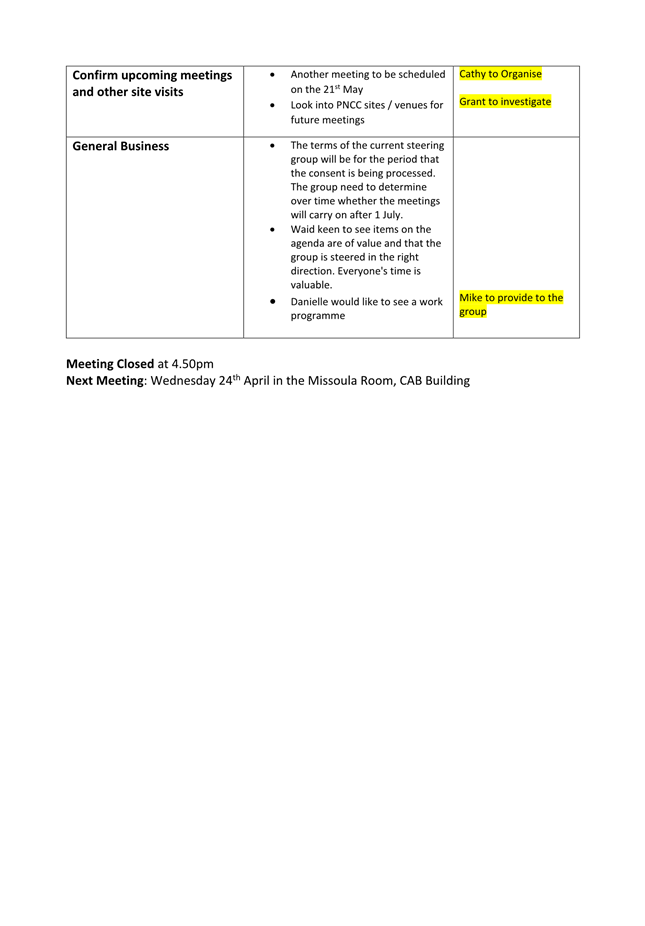
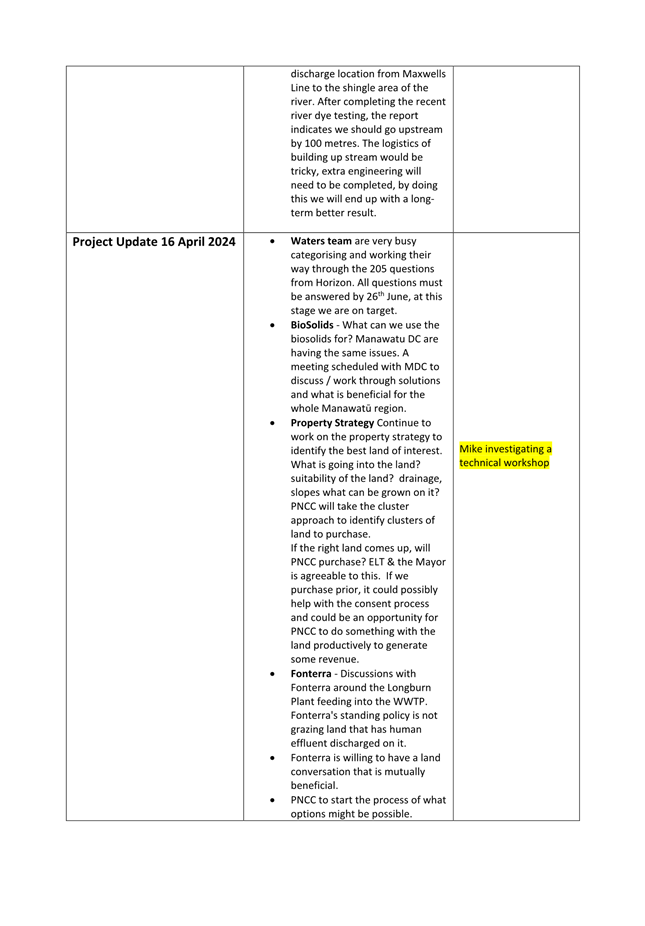

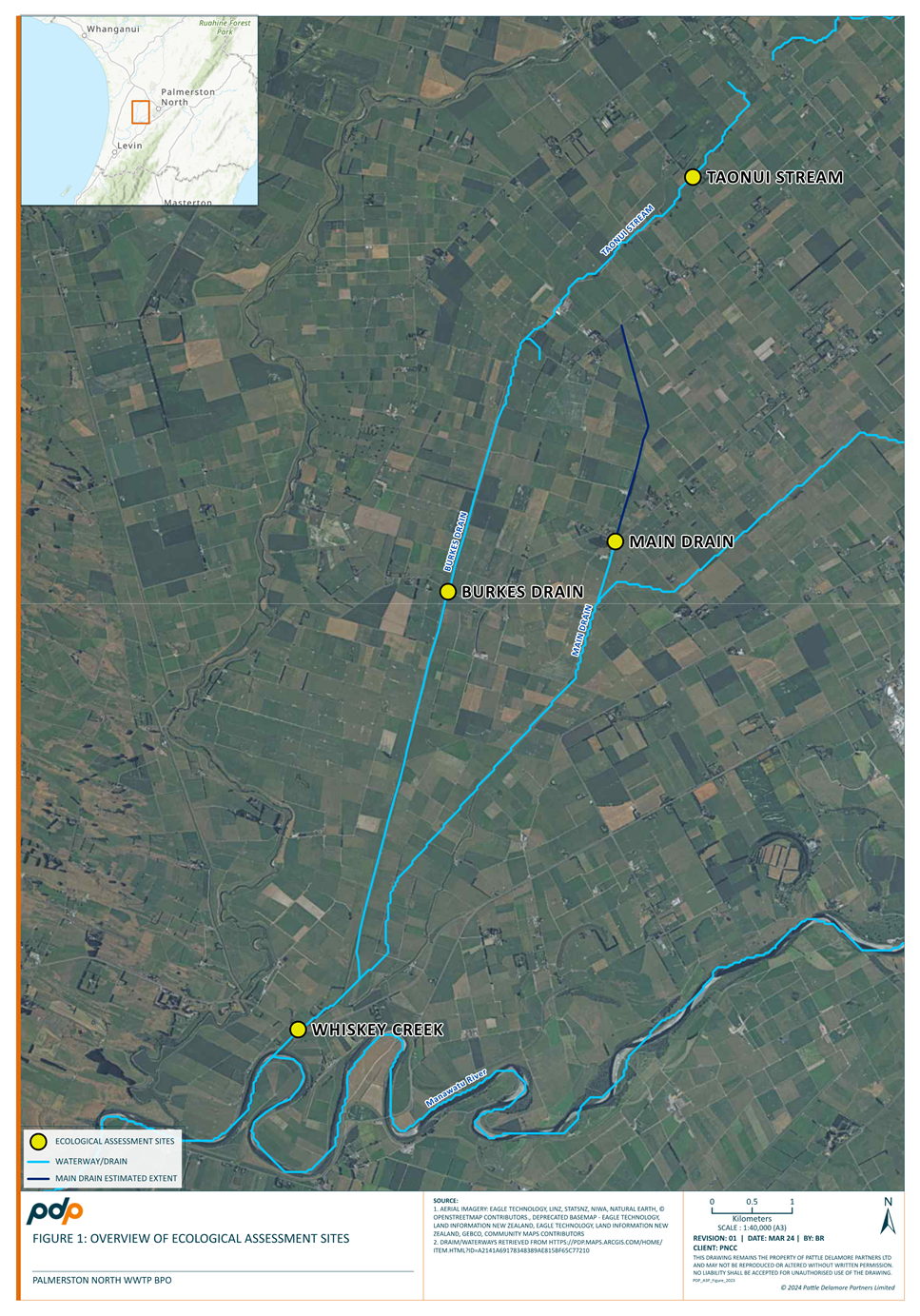
Memorandum
TO: Sustainability
Committee
MEETING DATE: 22
May 2024
TITLE: Palmerston
North to Feilding Shared Pathway Project
Presented
By: Glen
O'Connor, Group Manager - Transport and Development and Michael Bridge, Service
Manager - Active Transport
APPROVED BY: Chris
Dyhrberg, Chief Infrastructure Officer
RECOMMENDATION TO Sustainability Committee
1. That the
Committee receive the report titled ‘Palmerston North to Feilding Shared
Pathway Project’ presented to the Sustainability Committee on 22 May
2024.
1. ISSUE
1.1 There
are two shared pathway projects that have been included for
staged delivery throughout the proposed 2024-34 Long Term Plan through
Programme 2057 (City-wide Shared Pathways New and Link Improvements). The
projects are:
· Palmerston North
to Feilding Pathway (PNFP), connecting Feilding, Bunnythorpe and Palmerston
North; and
· Manawatū
River Pathway (MRP), which connects Ashhurst and Palmerston North, following
the river edge alignment.
1.2 Because
the questions raised that led to this paper being produced were specifically
directed at the Palmerston North to Feilding pathway, this report focuses on
that pathway, providing detail on the potential route and what is required in
the different sections of the pathway. It also provides a cost breakdown
for the project and provides value engineering and scope change opportunities
that could be considered as part of the Long-Term Plan (LTP) deliberations.
2. background
2.1 Both
pathways proposed within Programme 2057 link with existing and future shared
pathways, trails, footpaths and cycleways, growing the connected local and
regional network for walking and cycling. Linkages include the Mangaone
Stream Pathway, Linton and Massey pathways, urban cycle network and Te Ahu a
Turanga pathway to Woodville (anticipating NZTA Waka Kotahi completion by
2026).
2.2 The
PNFP follows the existing national Te Araroa Trail alignment
alongside the rail track.
2.3 For the purposes of this report, the PNFP refers only to the
sections of pathway within Palmerston North City Council’s boundary and
does not include the section of pathway belonging to Manawatū District
Council (MDC). Please refer to Attachment 1, which shows a
high-level overview of the path route.
Strategic Context
2.4 Our shared pathways are key links to our regional and urban
networks, providing safe, functional and attractive walking and cycling options
for everyone, whether for commuting to work and school, recreational use,
connecting with whanau, getting to the shops, health and well-being.
2.5 The PNFP aligns with Council’s 2019 Urban Cycle Network
Masterplan.
2.6 The PNFP has a business case, is a project within the Palmerston
North Integrated Transport Initiative (endorsed by NZTA – Waka Kotahi)
and features in the Regional Land Transport Plan.
2.7 The PNFP directly feeds into Council’s Palmerston North
Integrated Transport Inititiative Transport Plan through ‘Making it safer
and easier for people to choose to walk, cycle or catch the bus’.
3. Palmerston
North to Feilding Pathway Overview
3.1 The
PNFP is being delivered in partnership with MDC. MDC has completed most
of their segment of the pathway between Feilding and the level crossing
intersection of Waughs/Campbell Roads, north of Bunnythorpe at the council
boundary.
3.2 Currently,
some sections of this pathway route are narrow tracks, only suitable for
tramping, and the Mangaone Stream and Jacks Creek crossings are often
impassable following heavy rainfall.
3.3 The
total distance of the Palmerston North to Feilding pathway is 12kms;
MDC’s portion is circa 4km, and Palmerston North’s is circa double
that at 8kms.
3.4 Both
councils are seeking to provide a safe connection between where the pathway
stops on MDC land and Tremaine Avenue.
3.5 The
current scope will look to utilise quieter streets, paper roads, and KiwiRail
land to achieve this in an efficient way. Please refer to Attachment 2
for designs of the different sections of the pathway.
3.6 From
a practical construction standpoint, we are proposing to deliver the pathway
progressively over the next 10 years, prioritising sections that will provide
us connectivity as soon as possible.
3.7 There
are several complexities that need to be worked through. A good example
of this is navigating across the Waughs/Campbell Roads intersection through to
Waughs Road.
Scope and Complexities
3.8 The
pathway is 3m wide, which is the minimum NZTA – Waka Kotahi shared path
standard, enabling people walking and cycling to use the space and pass
safely. Strips of mown grass each side of both pathways provide
additional space for passing and help address safety issues, such as
sightlines.
3.9 The
PNFP is designed as a sealed (AC/asphalt) pathway, which is consistent with the
section already completed by MDC, as well as the business plan endorsed by NZTA
– Waka Kotahi.
3.10 The PNFP
will be mostly constructed within Council’s formed and unformed road
corridors. Some segments pass through KiwiRail land. Agreements are currently in
place for the pathway to run inside KiwiRail land within the Bunnythorpe
village, as well as a section near Tremaine Avenue.
3.11 As stated
above, there are many complexities that we need to deal with, that MDC did not,
which are summarised in the table below:
|
Complexity
|
PNCC Project Detail
|
MDC Project Detail
|
|
Terrain
|
There
are some challenging sections with uneven terrain that require culverts, cut
and fill and other engineered solutions, eg. section connecting Stoney Creek
and Clevely Line
|
This
portion is flat and straightforward and was able to follow the road corridor.
We understand there were limited engineering challenges to overcome.
|
|
Paper
Roads
|
We will
be utilising the paper roads where possible instead of purchasing land.
This allows us to proceed without having to acquire land in these
sections. However, building on land with no existing infrastructure
(currently being used by adjacent landowners) can be quite complex and will
require negotiation with several individual landowners. This has an
associated cost consequence.
|
This
portion was able to follow the road corridor, therefore did not require
property negotiation.
|
|
Level
Crossings
|
The
path crosses four level crossings, adding additional cost.
This
includes a proposal to construct a new, standalone level crossing in
Bunnythorpe to Kiwirail.
|
The
MDC path does not have level crossings.
|
|
Bridges
|
We are
constructing two bridges over Mangaone and Jacks Creeks.
|
The
MDC path did not have bridge construction.
|
|
Additional
Value Adds
|
Our
cost estimates for the LTP include landscape improvements (eg. planting,
seating, and signage) as well as lighting.
|
MDC
did not add any of these elements to their initial project. We expect this
will need to be completed as a later stage.
|
3.12 The four
level crossings are key contributors to the project and cost. Further
detail on these is below.
· Intersection
of Waughs Road and Campbell Road, north of Bunnythorpe (section 1):
Currently, there is not any provision at this intersection for people walking
and cycling to cross safely. We are engaging with KiwiRail on safety
assessments of concept designs for shared pathway improvements at this level
crossing. Separately, safety improvements to the wider intersection is
included in the LTP through Council’s Low Cost/Low Risk Programme.
· Kairanga-Bunnythorpe
Road, in Bunnythorpe (section 1): Currently, there is sub-optimal
provision at this intersection for people walking and cycling to cross
safely. We are engaging with KiwiRail on safety assessments of concept
designs for shared pathway improvements at this level crossing.
· Midhurst
Street: Currently, there is no provision at this intersection for
people walking and cycling to cross safely, noting that use of this level
crossing will cease once the final section along the Midhurst paper road is
completed in 2034/35.
· Tremaine
Avenue (near intersection of Midhurst Street): Currently, there is
provision at this intersection for people walking to cross safely. The
plan is to improve provision at this level crossing for people walking as well
as people on bikes.
4. Financial
4.1 Please
refer to Attachment 3 for a financial overview of Programme 2057, and a
breakdown of the current total project cost in the proposed 2024-34 LTP.
5. Value
Engineering and Scope Change Opportunities
5.1 The
bulk of the construction costs for the pathway project are driven by:
· Material and
contractor costs;
· Stormwater works,
such as culverts;
· Civil works, such
as retaining walls, cut and fill;
· Bridges
and level crossings.
5.2 Officers
have explored value engineering and scope change opportunities that could be
considered to reduce the cost in the 10-year period and provide direction on a
minimum viable product to establish a connected route.
Construction Materials
5.3 Council
could consider replacing AC/asphalt with a limestone pathway. The
difference in construction cost is minimal (saving approximately $1M over the
whole project), however, the maintenance cost for limestone is higher.
Limestone pathways are less resilient, require more maintenance and they
provide a lower level of service. Replacing limestone with AC/asphalt later
also requires additional work to re-shape the limestone prior to laying the new
material. A high-level estimate of the life expectancy, before
significant renewal work would be required, is 20+ years for AC, vs 5 years for
limestone.
Landscaping and Placemaking
5.4 Landscape
designs for the entire corridor for both pathways will be developed before
procurement and construction, ensuring a cohesive and consistent product
throughout implementation.
5.5 Officers
propose, however, to defer implementation of some elements across both pathway
projects, to better ensure affordability and delivery of the minimum viable
product:
· Landscaping,
including vegetation planting – Officers propose to deliver the
landscaping elements of both pathways incrementally and iteratively, subject to
available funding.
· Seating,
shelter, lighting, and amenities – Officers propose to construct seating
and other amenity elements over time, subject to available funding.
Minimum Viable Product
5.6 The
core connected pathway (minimum viable product) would combine new pathway
construction with existing quiet roads, providing a significantly safer route
for people walking and cycling, away from busy 100km/h roads. During
implementation, and until all sections are complete, users will be navigating a
mix of facilities: some sections of new off-road shared pathway plus some
sections of open, narrow, and quiet roads.
5.7 The PNFP has been designed in nine sections over approximately 8km.
5.8 Completing four of the nine sections will deliver the core connected
pathway (minimum viable product) at a cost of $13.2M (2023 engineer’s
estimate for construction, including 30% contingency). The four priority
sections are as follows:
· Priority
section 1 – Kairanga-Bunnythorpe Road to Waughs Road:
o 470m,
Engineers estimate $4.8M.
o Proposed to
commence construction in year 1 of the LTP and continue into year 2.
o This section will link Bunnythorpe to the existing pathway completed
by MDC, at the council boundary. This section includes two bridges, over
Mangaone Stream and Jacks Creek, plus two level crossings.
· Priority
section 2 – Stoney Creek Road to Clevely Line:
o 620m,
Engineers estimate $2.1M.
o Proposed to
commence construction in year 2 of the LTP and continue into year 3.
o This section extends the pathway from Bunnythorpe towards Palmerston
North, and connects with residents along Sangsters Road.
· Priority
section 3 – Sangsters paper road:
o 1.34km,
Engineers estimate $3.8M.
o Proposed to
commence construction in year 3 of the LTP and continue into year 4.
o This section connects the formed Sangsters Road with Roberts Line.
· Priority
section 4 – Midhurst paper road:
o 915m,
engineers estimate $2.5M.
o Proposed to commence construction in year 4 of the LTP.
5.9 Constructing
these four sections will complete the core connected pathway between Feilding,
Bunnythorpe and Palmerston North.
5.10 Following
completion of the four priority sections during the first four years of the
LTP, construction of the balance of sections can then be undertaken in the
future either as a programme of work or as individual projects.
5.11 Please
refer to Attachment 3 for a comparision of the minimum viable product forecast
to the current project costs in the proposed 2024-34 LTP.
6. NEXT
STEPS
6.1 Providing
the project is confirmed in the final 2024-34 LTP, construction of the first
section of the project will commence in 2024/25 subject to NZTA – Waka
Kotahi co-funding being confirmed.
6.2 Council
will have a confirmed co-funding position for the first 3 years of the LTP in
around August 2024. The co-funding position for the entire transport
portfolio of programmes will be presented to Council after that point,
providing the opportunity to make changes to the confirmed LTP position.
If the shared pathway is not co-funded, Council would then need to decide
whether to proceed with the project as proposed or to defer until co-funding
was achieved.
7. Compliance
and administration
|
Does the Committee have
delegated authority to decide?
|
Yes
|
|
Are the decisions significant?
|
No
|
|
If they are significant do, they
affect land or a body of water?
|
No
|
|
Can this decision only be made
through a 10 Year Plan?
|
No
|
|
Does this decision require
consultation through the Special Consultative procedure?
|
No
|
|
Is there funding in the current
Annual Plan for these actions?
|
No
|
|
Are the recommendations
inconsistent with any of Council’s policies or plans?
|
No
|
|
The recommendations contribute
to Goal 1: An Innovative and Growing City
|
|
The recommendations contribute
to the achievement of action/actions in Transport
The action is: Prioritise active
transport programmes that deliver on Council goals, the purpose of this plan,
and the Government Policy Statement on Transport.
|
|
Contribution to strategic
direction and to social, economic, environmental, and cultural well-being
|
Our shared pathways are key links to our regional and urban
networks, providing safe, functional and attractive walking and cycling
options for everyone, whether for commuting to work and school, recreational
use, connecting with whanau, getting to the shops, health and well-being.
|
|
|
|
Attachments
|
1.
|
Palmerston
North to Feilding Pathway Route ⇩ 
|
|
|
2.
|
Palmerston
North to Feilding Pathway Concept Designs - Section by Section ⇩ 
|
|
|
3.
|
Palmerston
North to Feilding Pathway Financial Overview ⇩ 
|
|
Committee Work Schedule
TO: Sustainability
Committee
MEETING DATE: 22
May 2024
TITLE: Committee
Work Schedule
RECOMMENDATION TO Sustainability Committee
1. That the Sustainability
Committee receive its Work Schedule dated May 2024.
Sustainability
Committee Work Schedule – MAY 2024
|
Estimated Report Date
|
Subject
|
Officer Responsible
|
Current Position
|
Date of Instruction &
Clause number
|
|
22 May 2024
|
Develop a City-Wide Food Resilience and
Security Policy
|
Chief Planning Officer
|
|
Council
31 May 2023 Clause 88.10
|
|
22 May 2024
|
Environmental Sustainability Report 2023
|
CE Unit Manager
|
|
Terms of Reference of the Committee Last report presented May 2022
|
|
22 May 2024
|
Opportunities for native species
re-introductions in the Turitea Reserve area - Update (incl projected funding
requirements)
|
Chief Planning Officer
|
|
17 November 2021
Clause 38.21
7 June 2022
Clause 16-23
Last update presented Jun 2023
|
|
|
Options to transition out of small vehicle fleet
ownership and long-term lease, with a view to utilisation of a carshare or
similar services Financial Year 2027 onwards
|
Chief Planning Officer & Chief Infrastructure
Officer
|
Moved to Strategy & Finance Committee
work schedule
|
Council
29 Nov 2023
Clause 193.3-23
|
|
21 August 2024
|
Wastewater Discharge Consent Project - Quarterly
Update
|
Chief Infrastructure Officer
|
|
11 May 2022
Clause 26-22
|
|
21 August 2024
|
Manawatū-Whanganui Climate Joint Action
Committee Update
|
Chief Planning Officer
|
|
Climate change plan ongoing
Last report presented Aug 2023
|
|
16 October 2024
|
Citywide Emissions Inventory 2023 Annual Report
|
Chief Planning Officer
|
|
Climate change plan ongoing action #3
Last report presented Oct 23
|
|
16 October 2024
|
Low Carbon Roadmap - options to achieve the
city-wide goal of 30% reduction in emissions by 2031
|
Chief Planning Officer
|
|
30 March 2022
Clause 6-22,
Climate change plan ongoing
action #5
|
|
16 October 2024
|
PNCC Organisational Emissions Inventory 2023/24
Annual Report
|
Chief Planning Officer
|
|
Climate change plan ongoing action #1
Last report presented Oct 23
|
|
16 October 2024
|
Waste management and minimisation plan 2019 - annual
progress update for 2023/24 FY
|
Chief Infrastructure Officer
|
|
9 Sept 2020
Clause 17-20
Last report presented Oct 23
|
|
16 October 2024
|
6 monthly update on the Low Carbon Fund FY2023/24
|
Chief Planning Officer
|
|
|
|
2025
|
Annual Sector Lead Report: Environment Network
Manawatū
|
Chief Customer Officer
|
|
Terms
of Reference
|






































